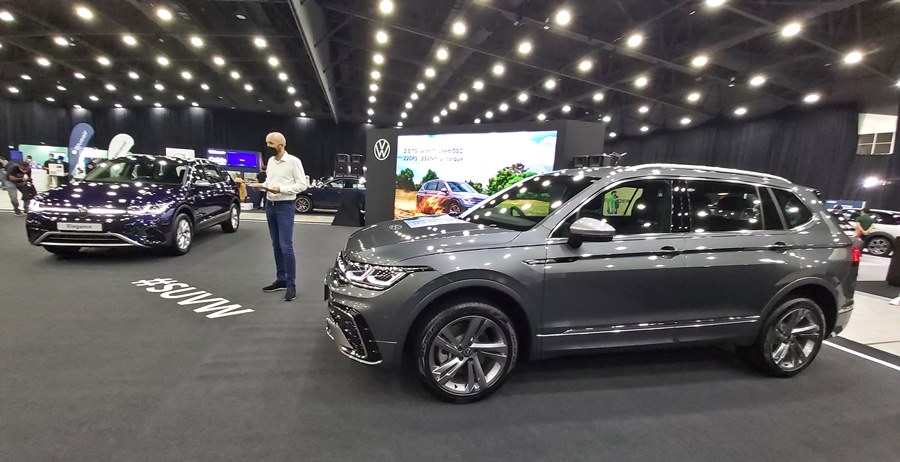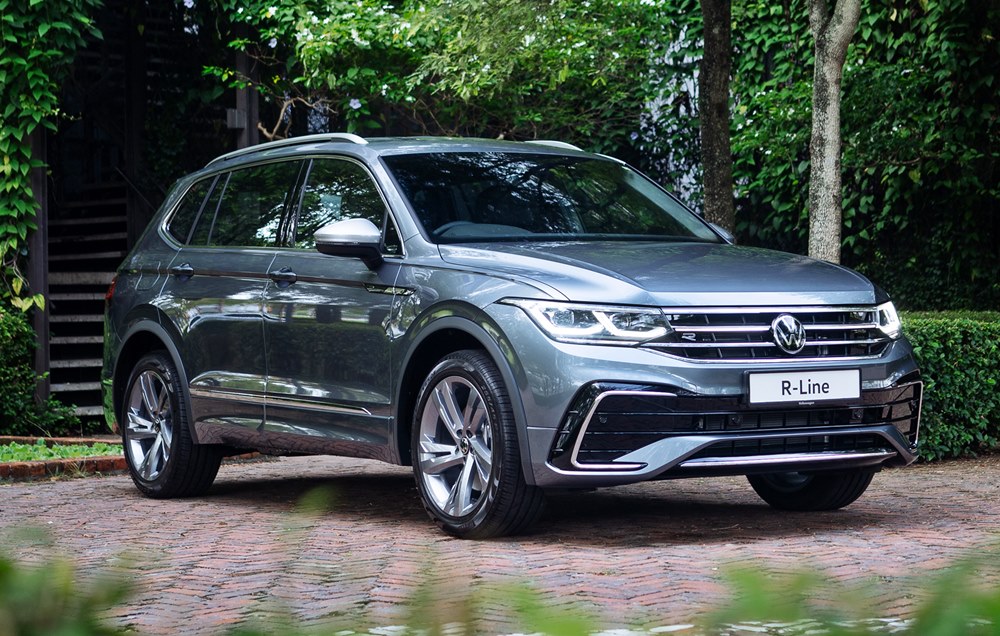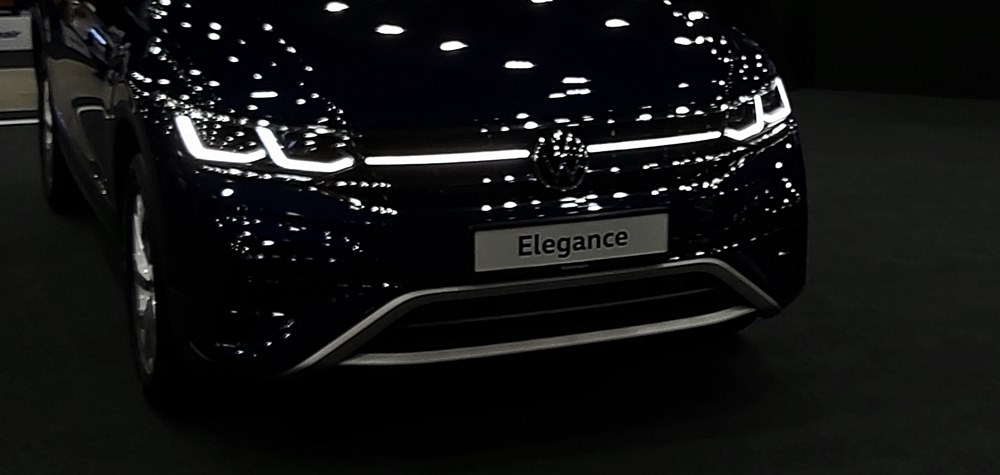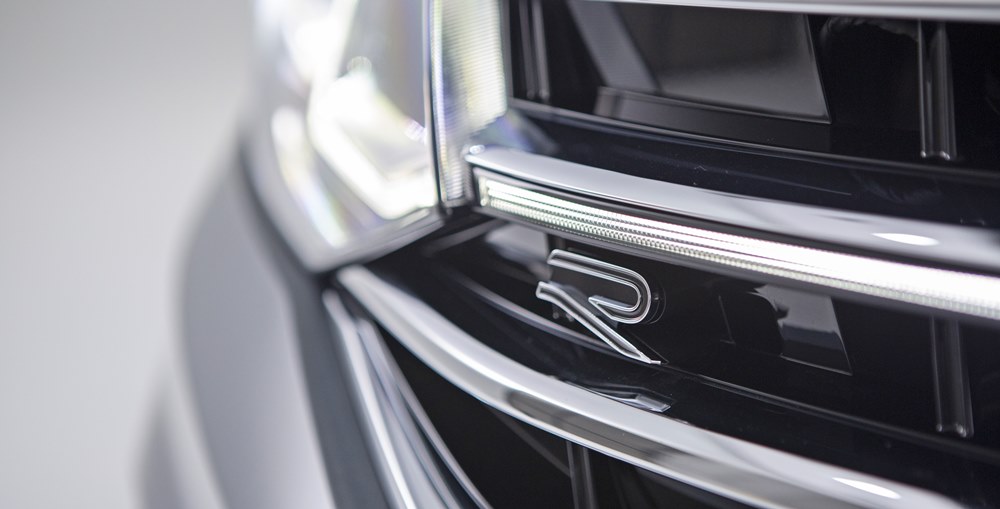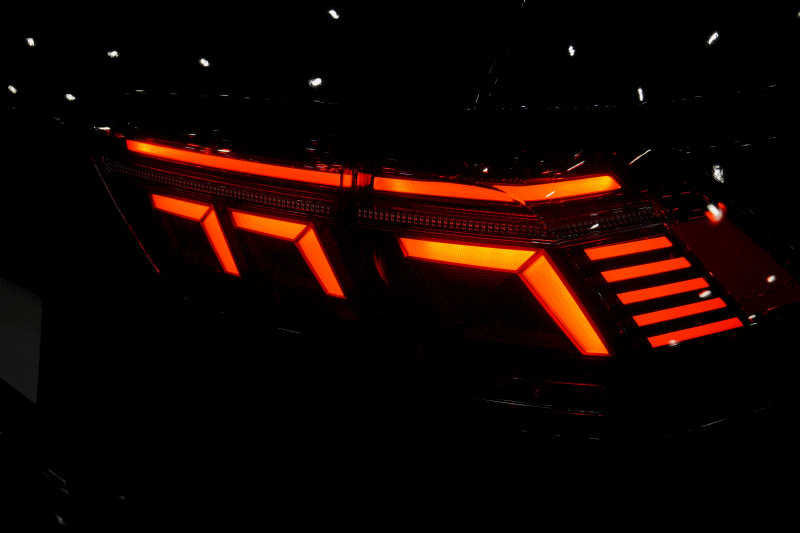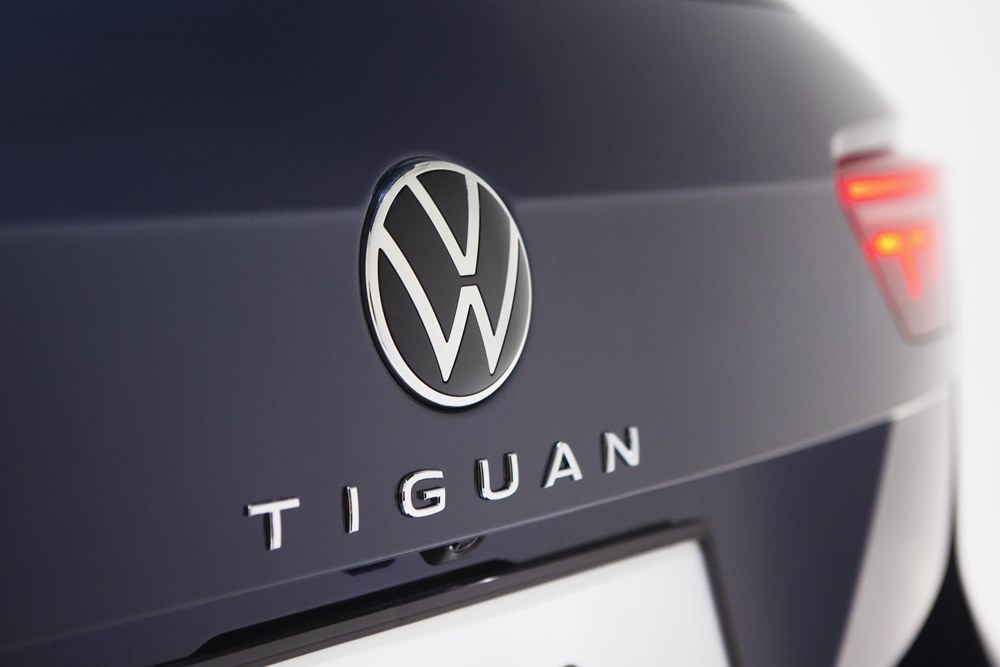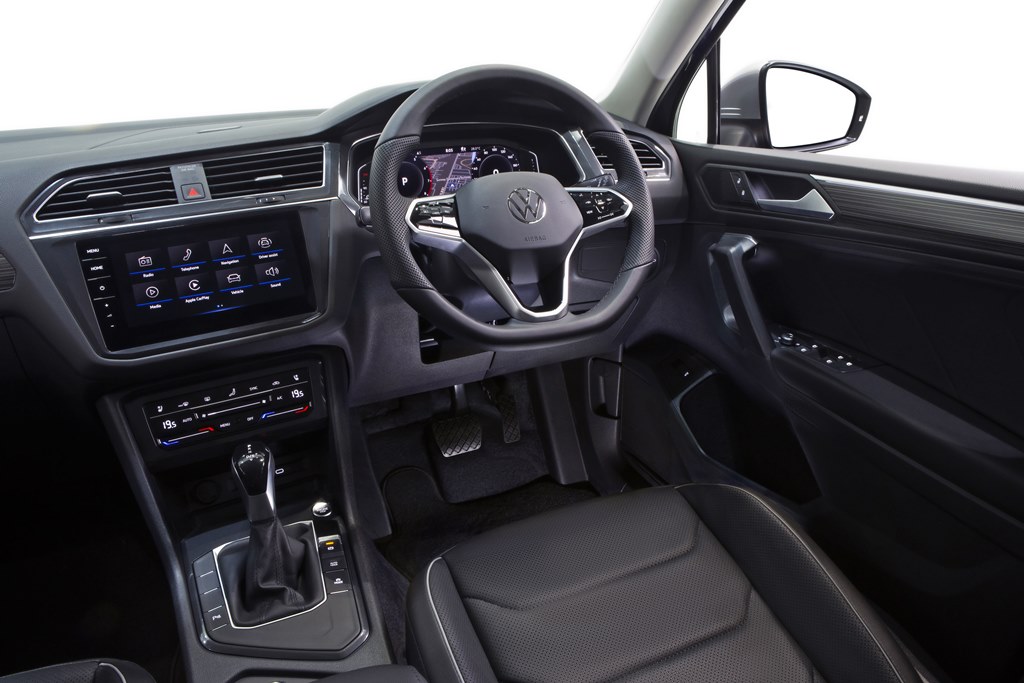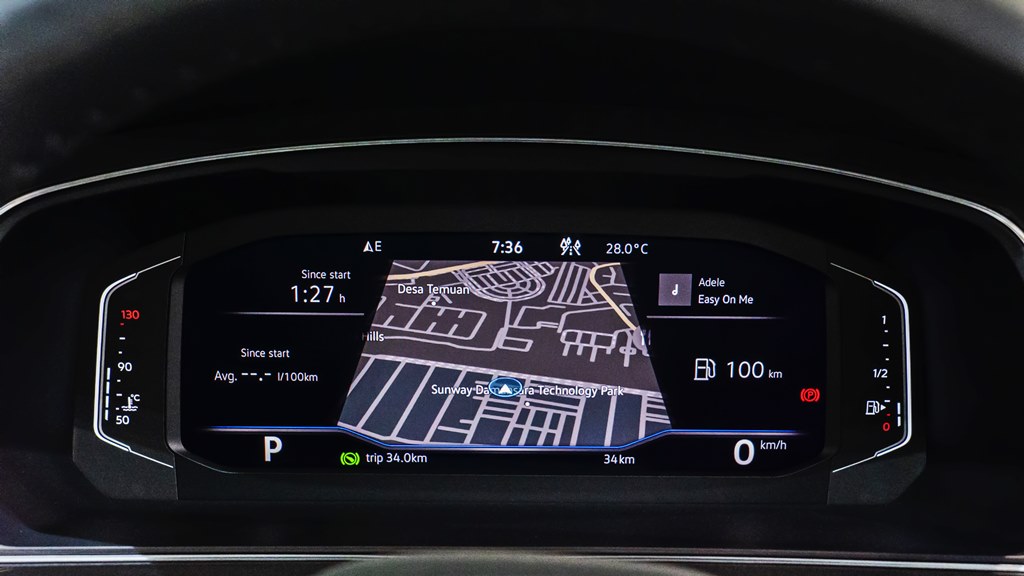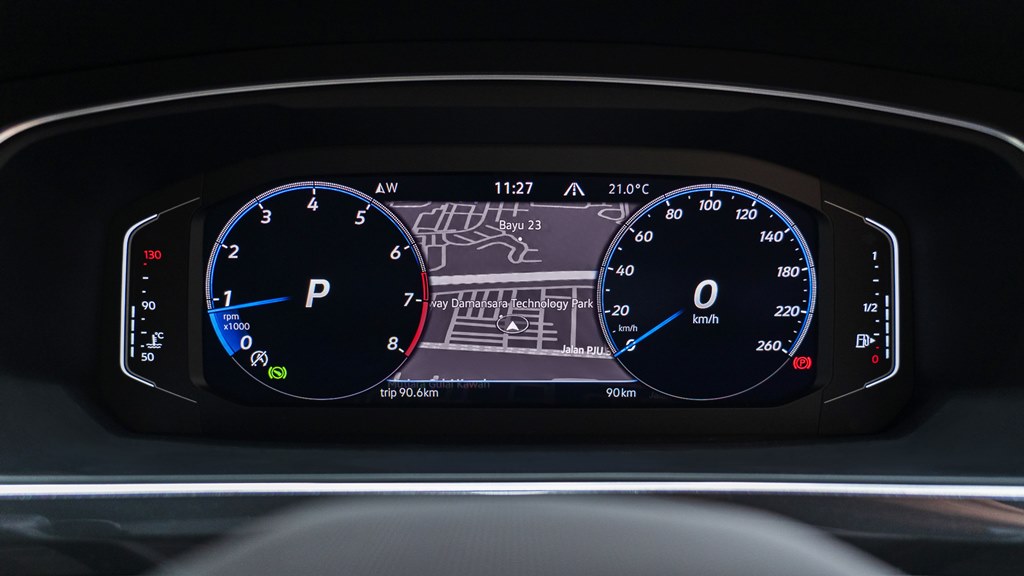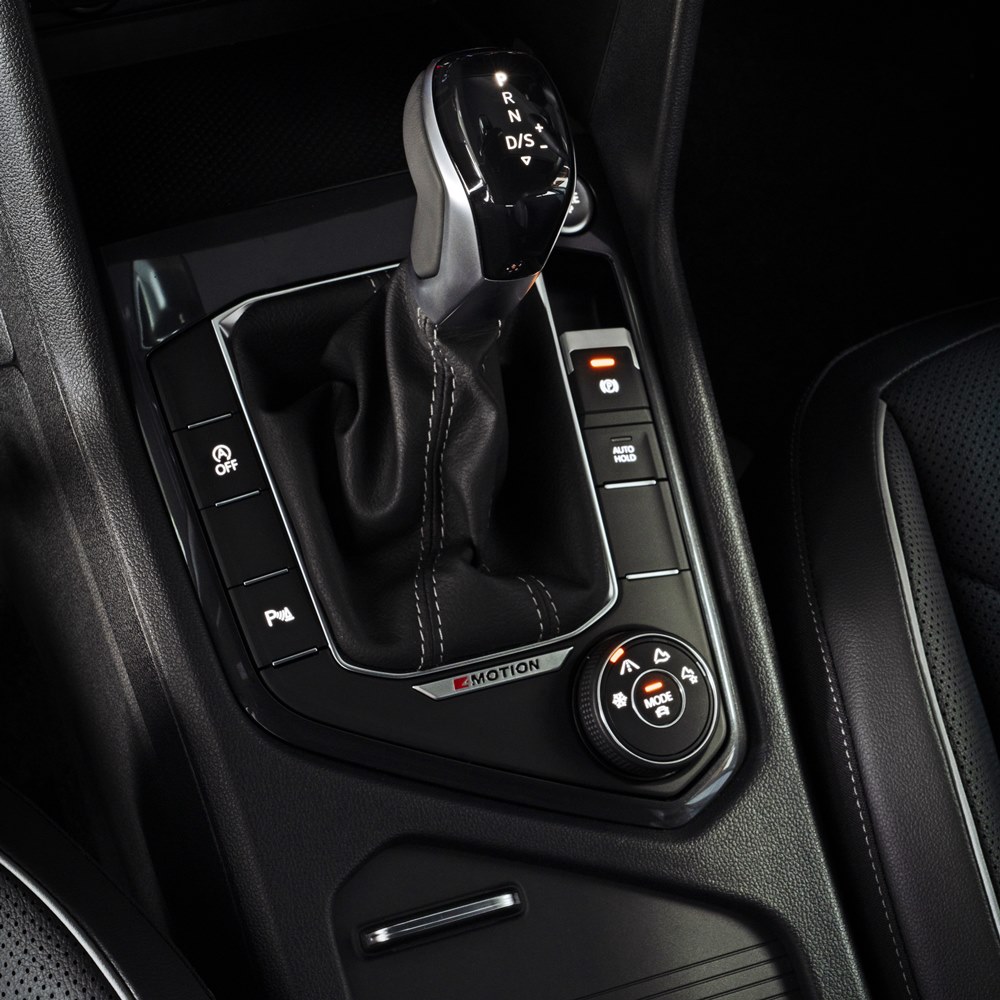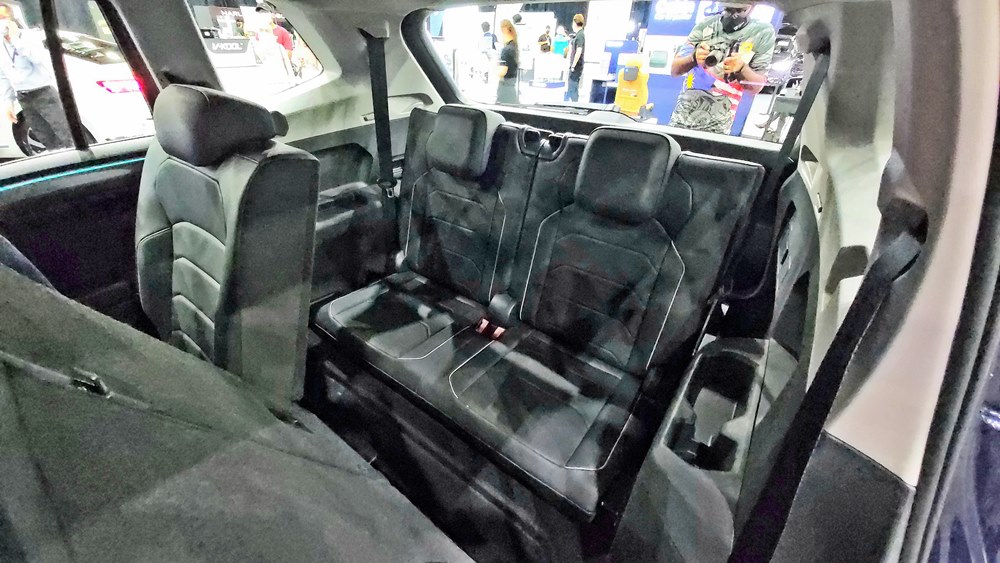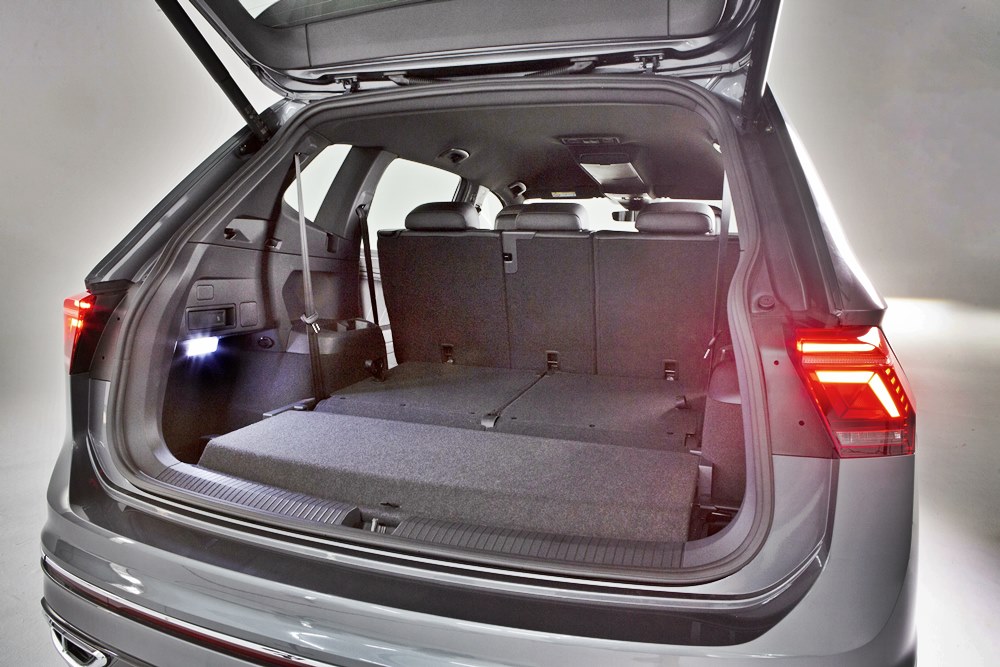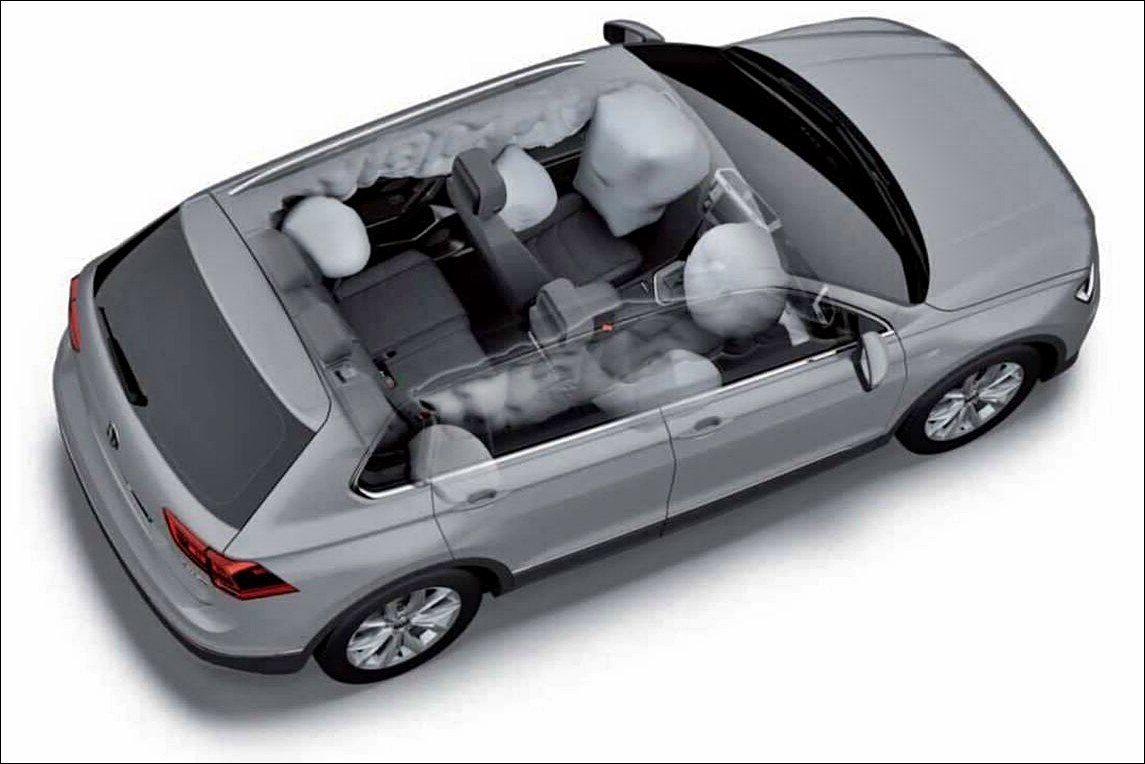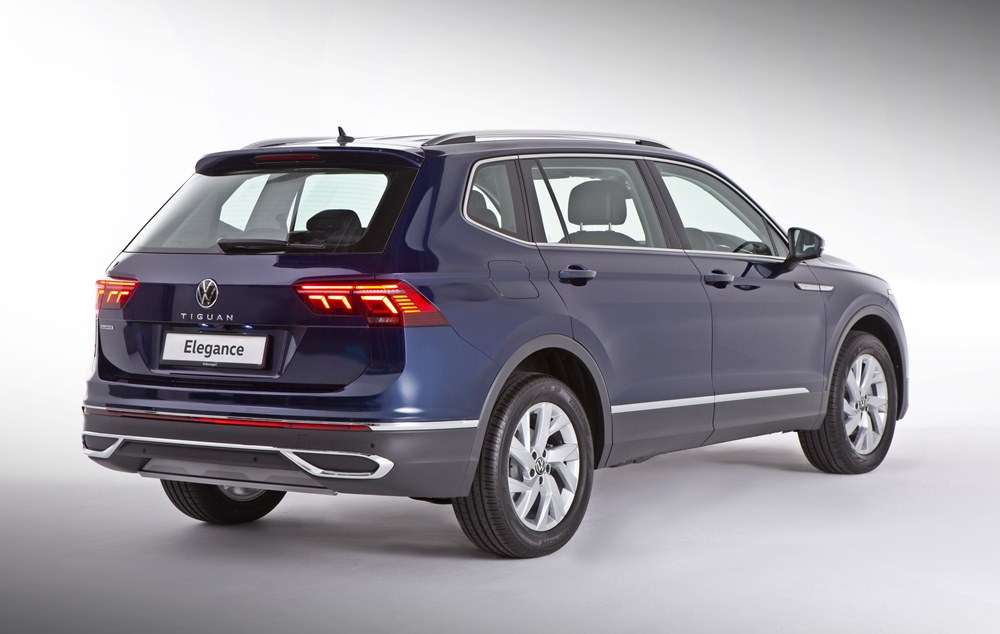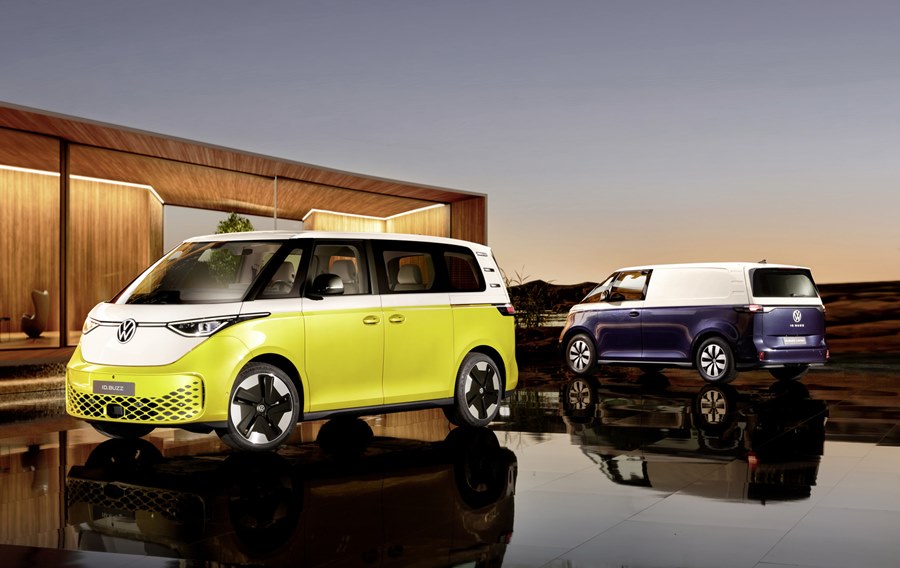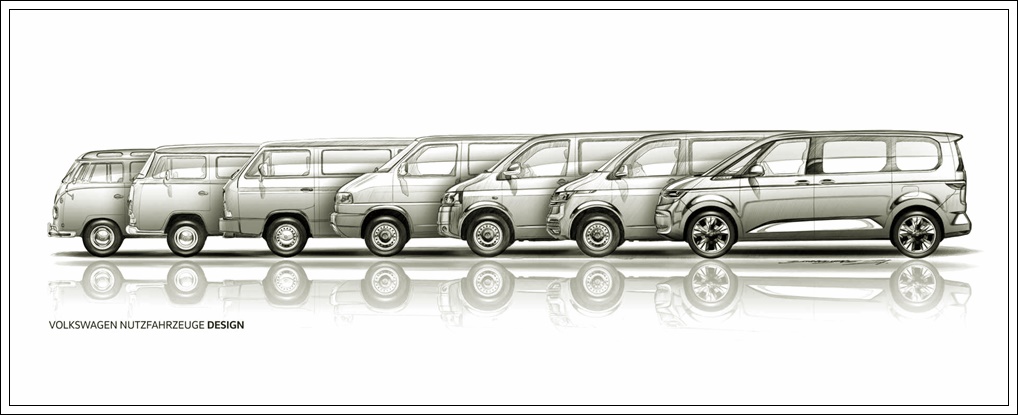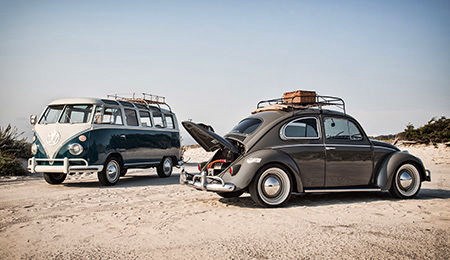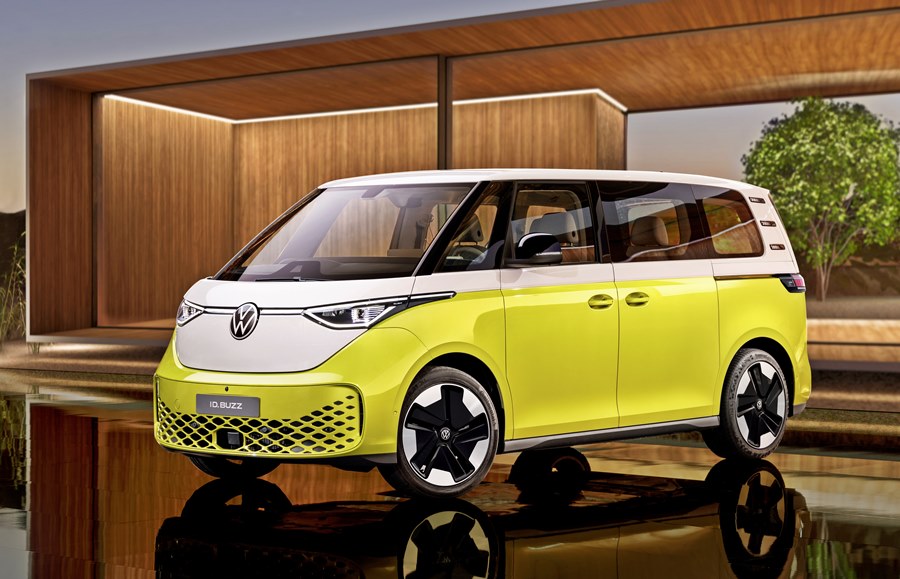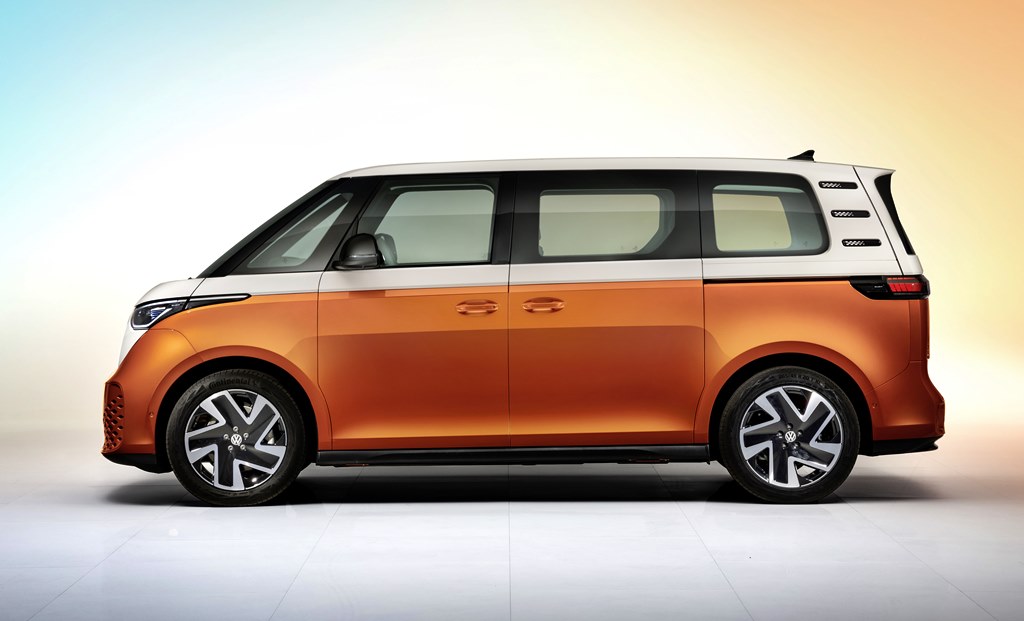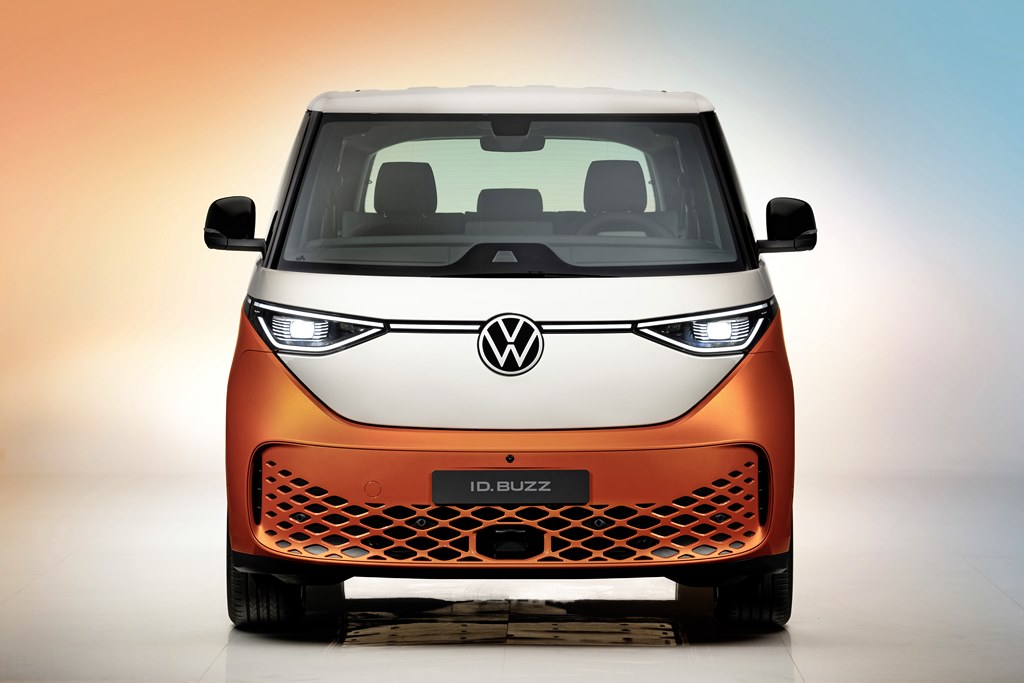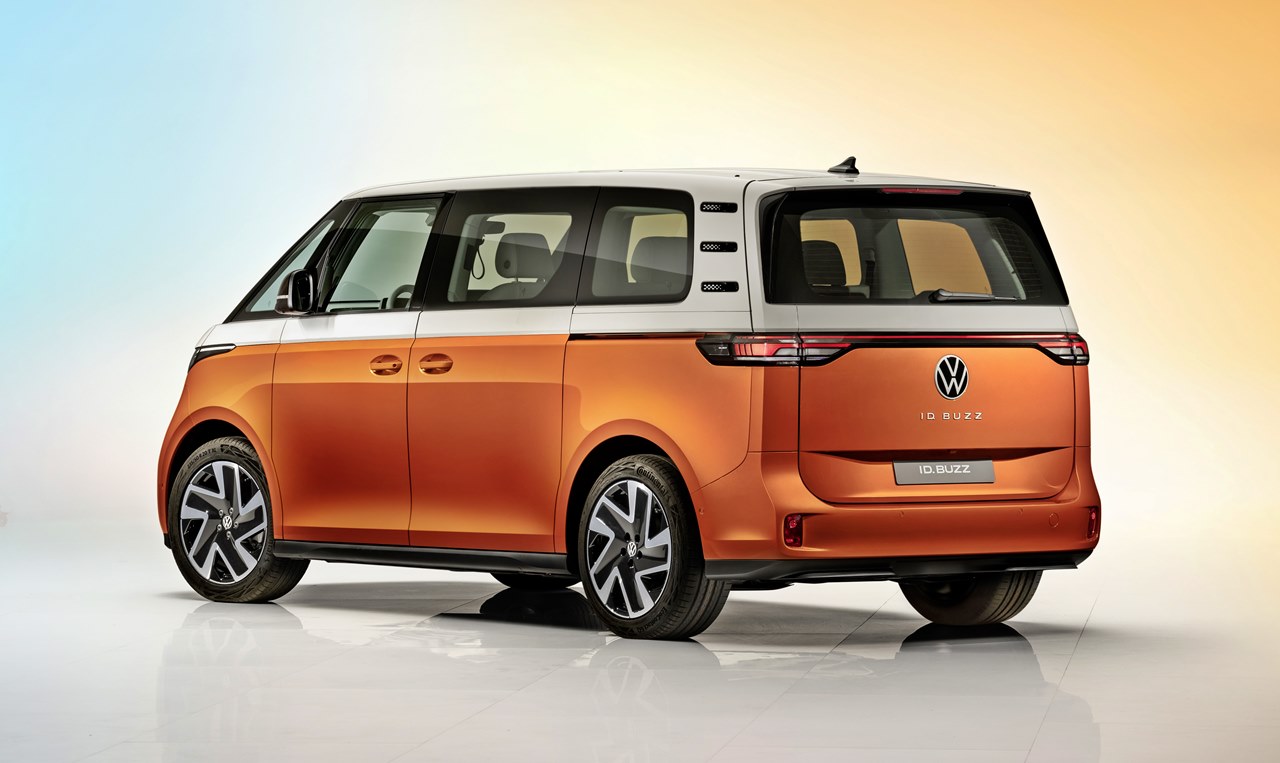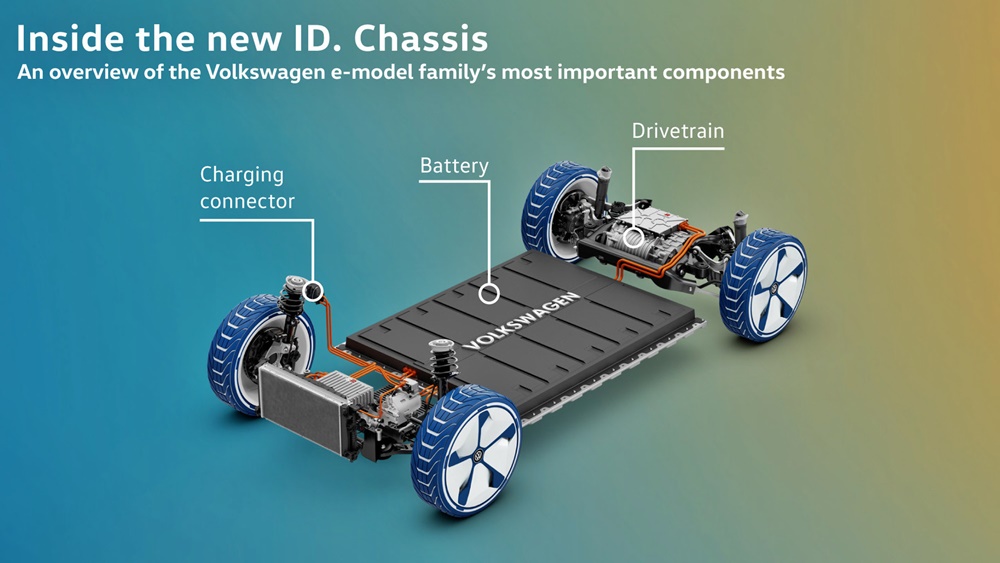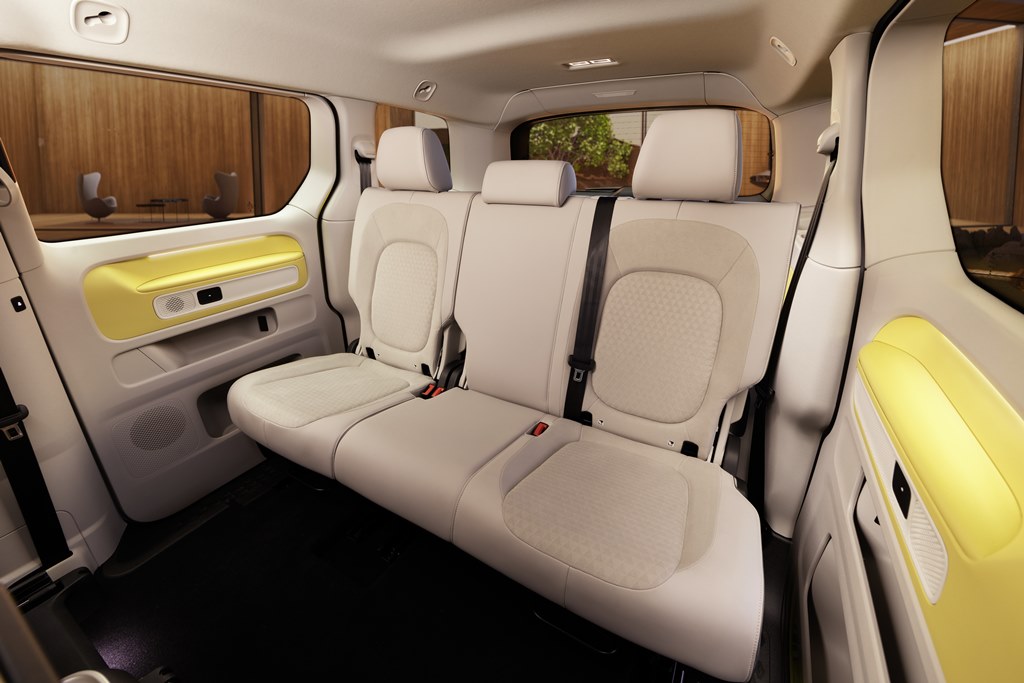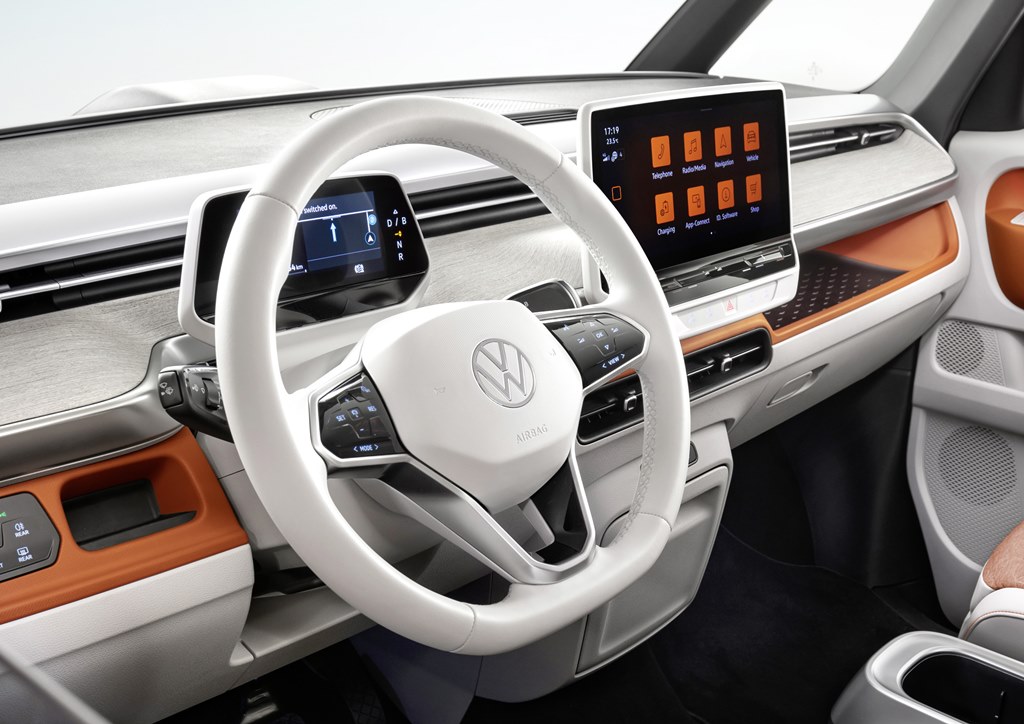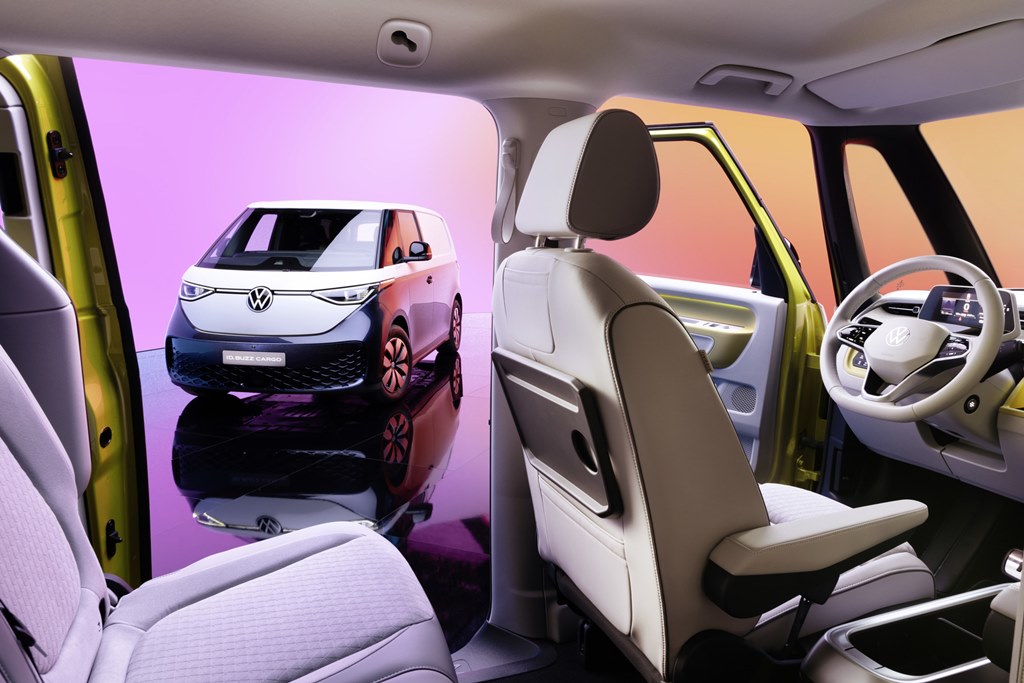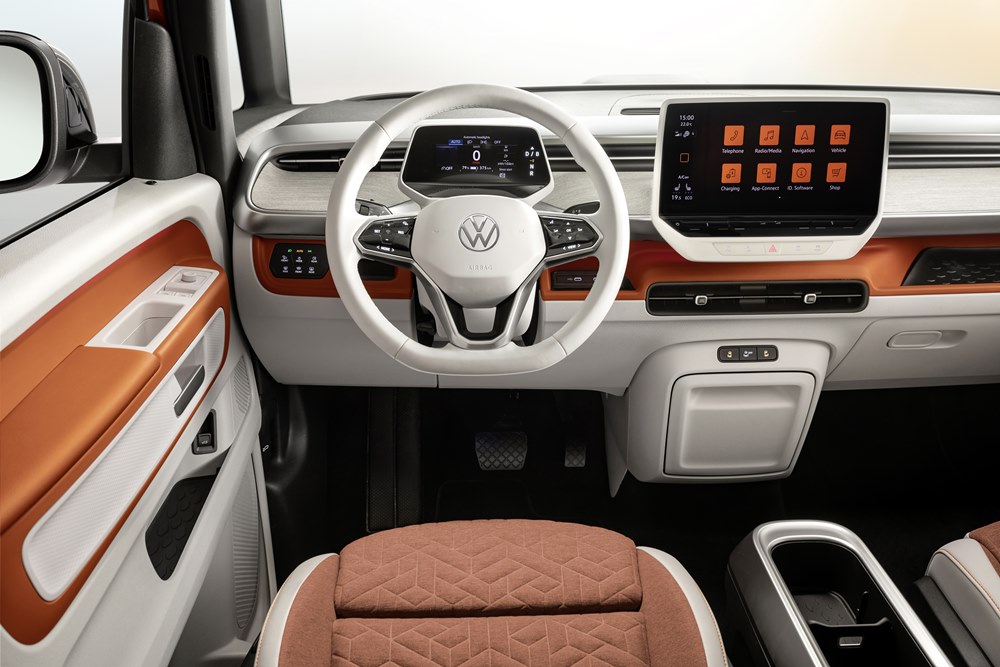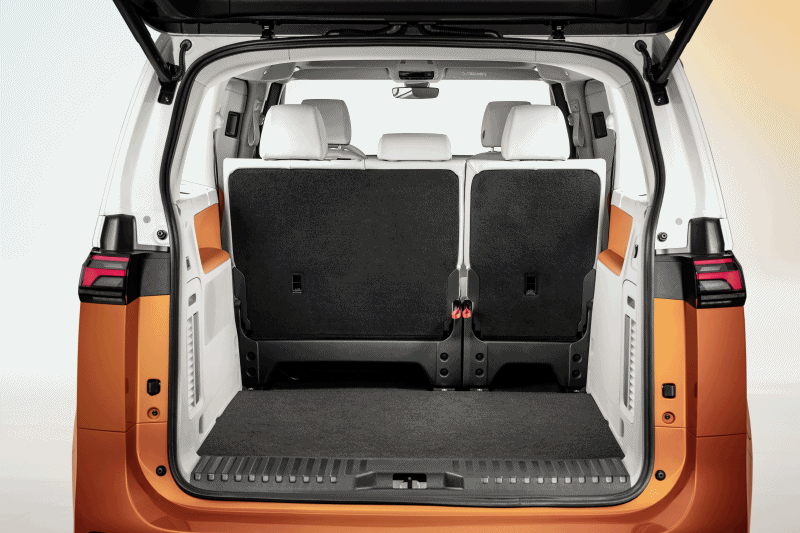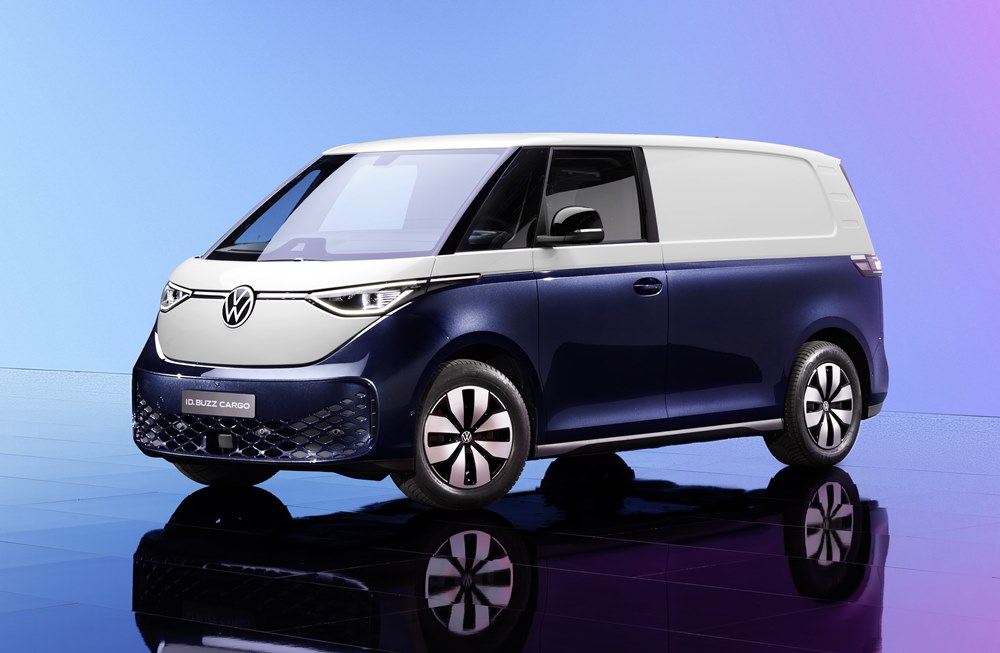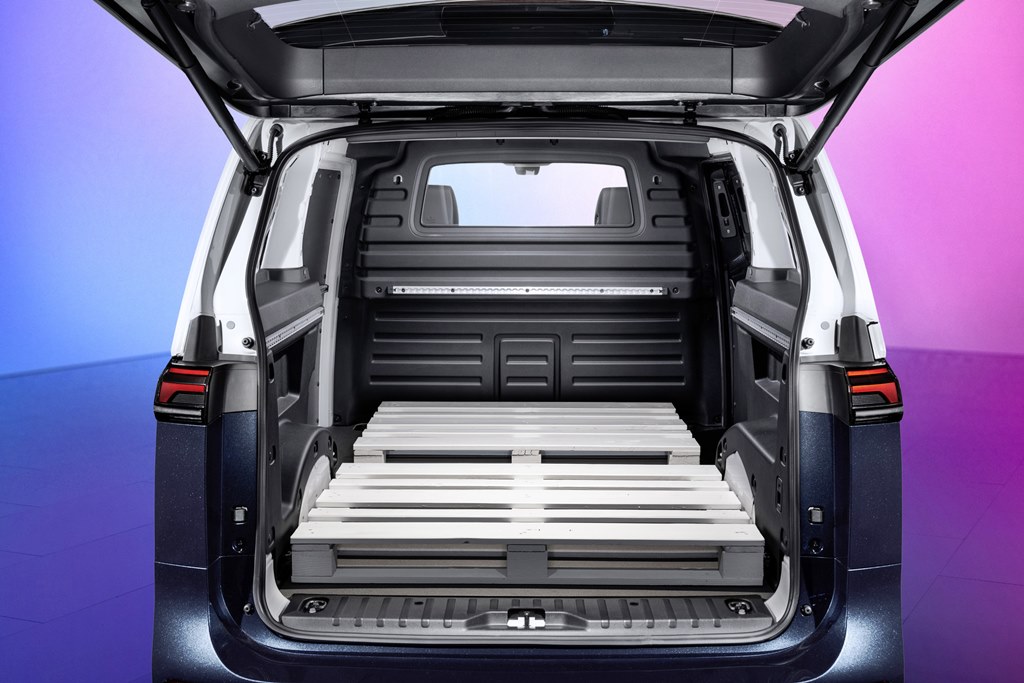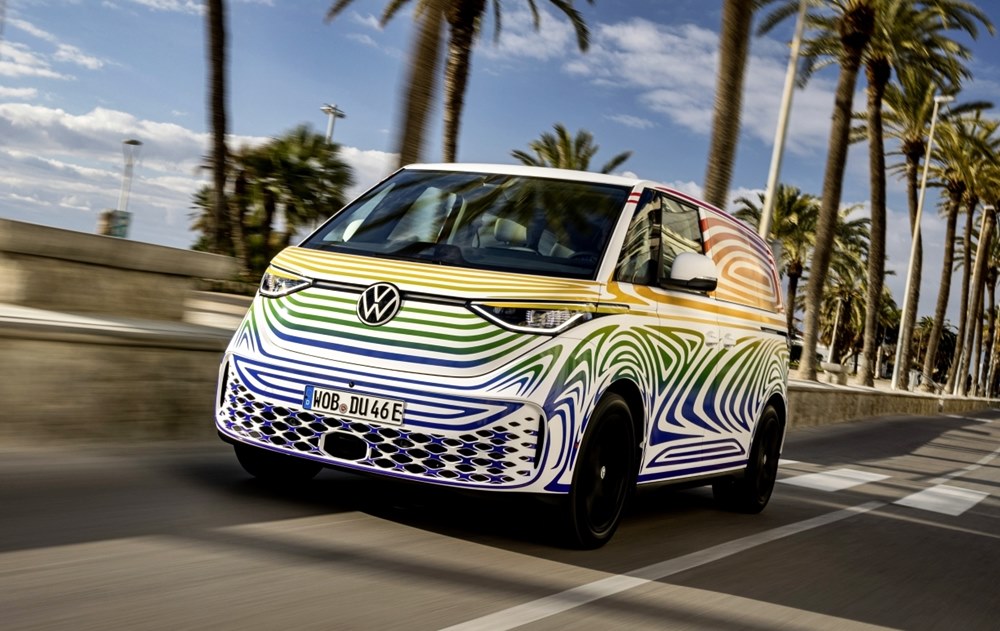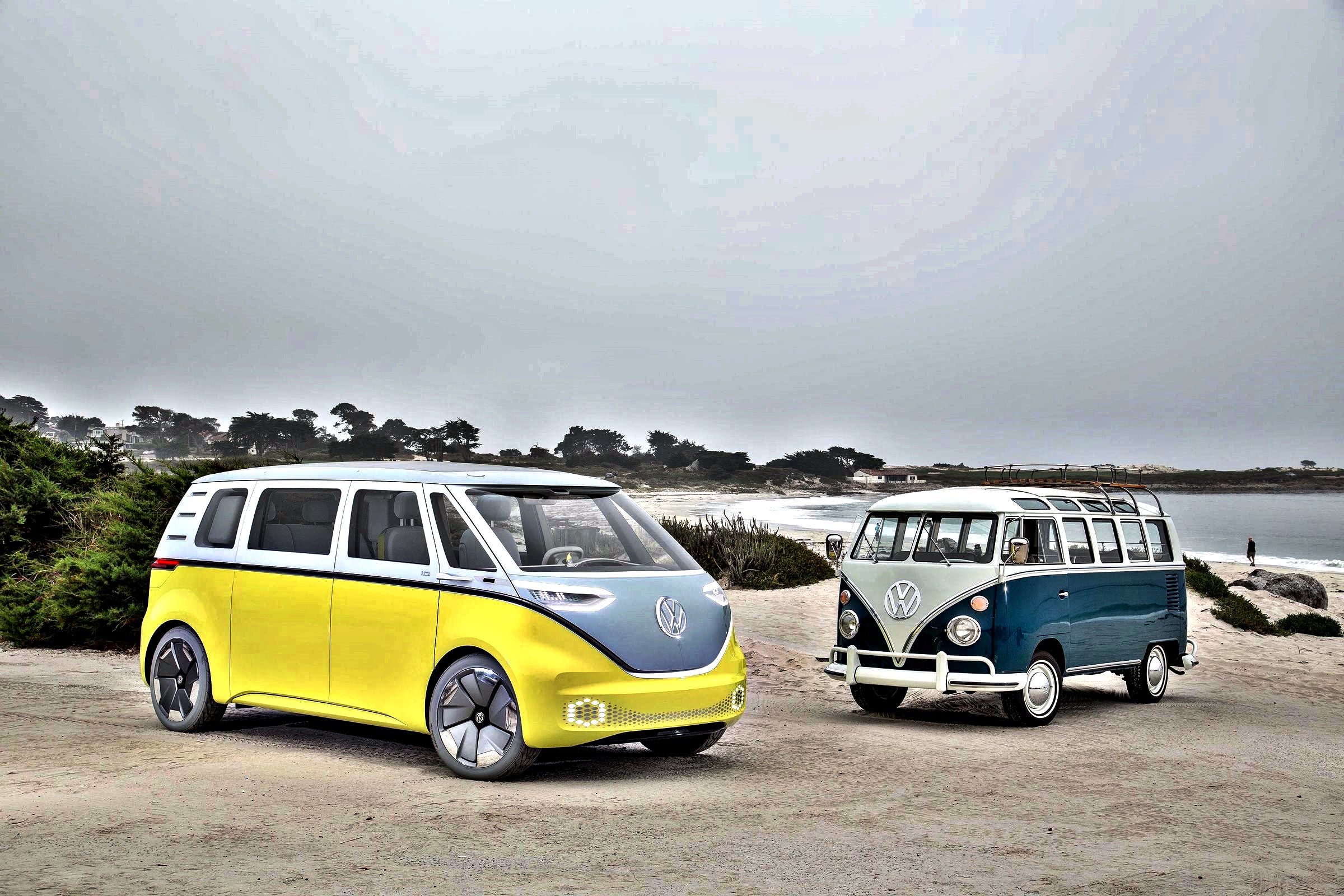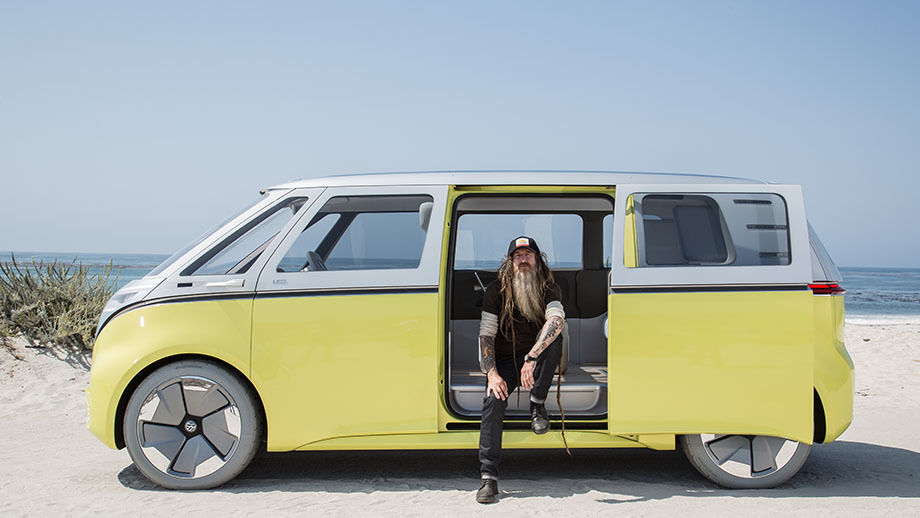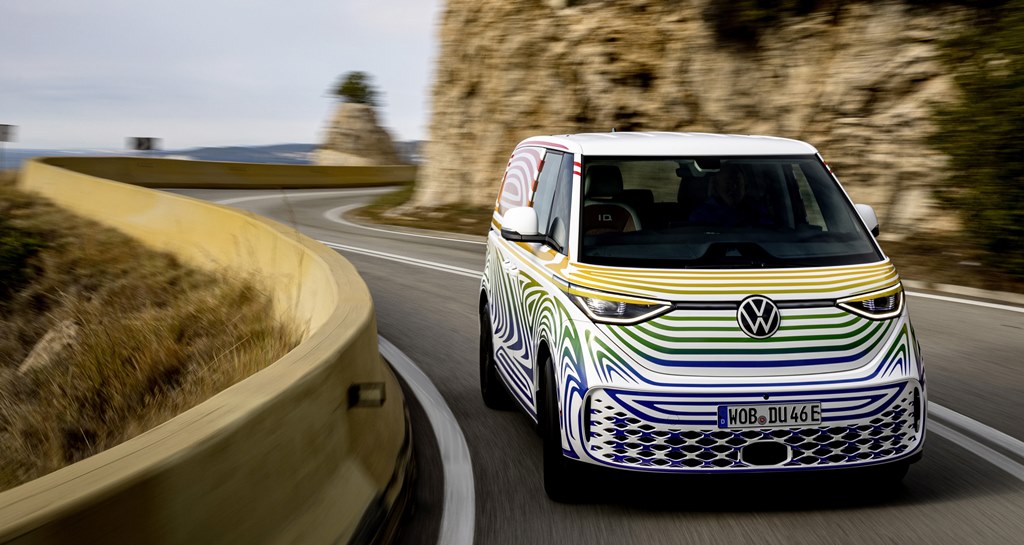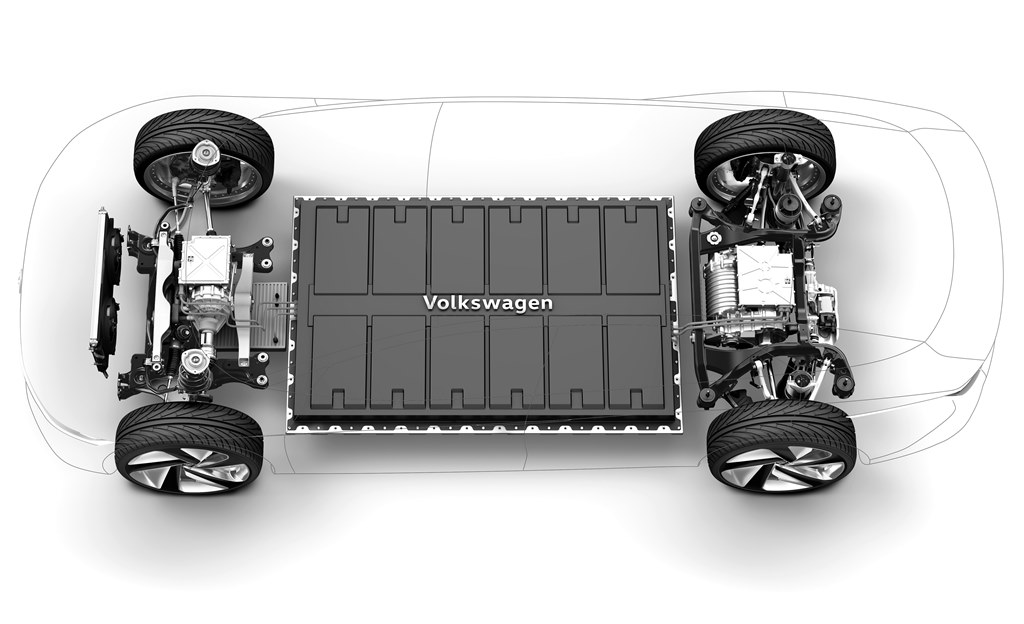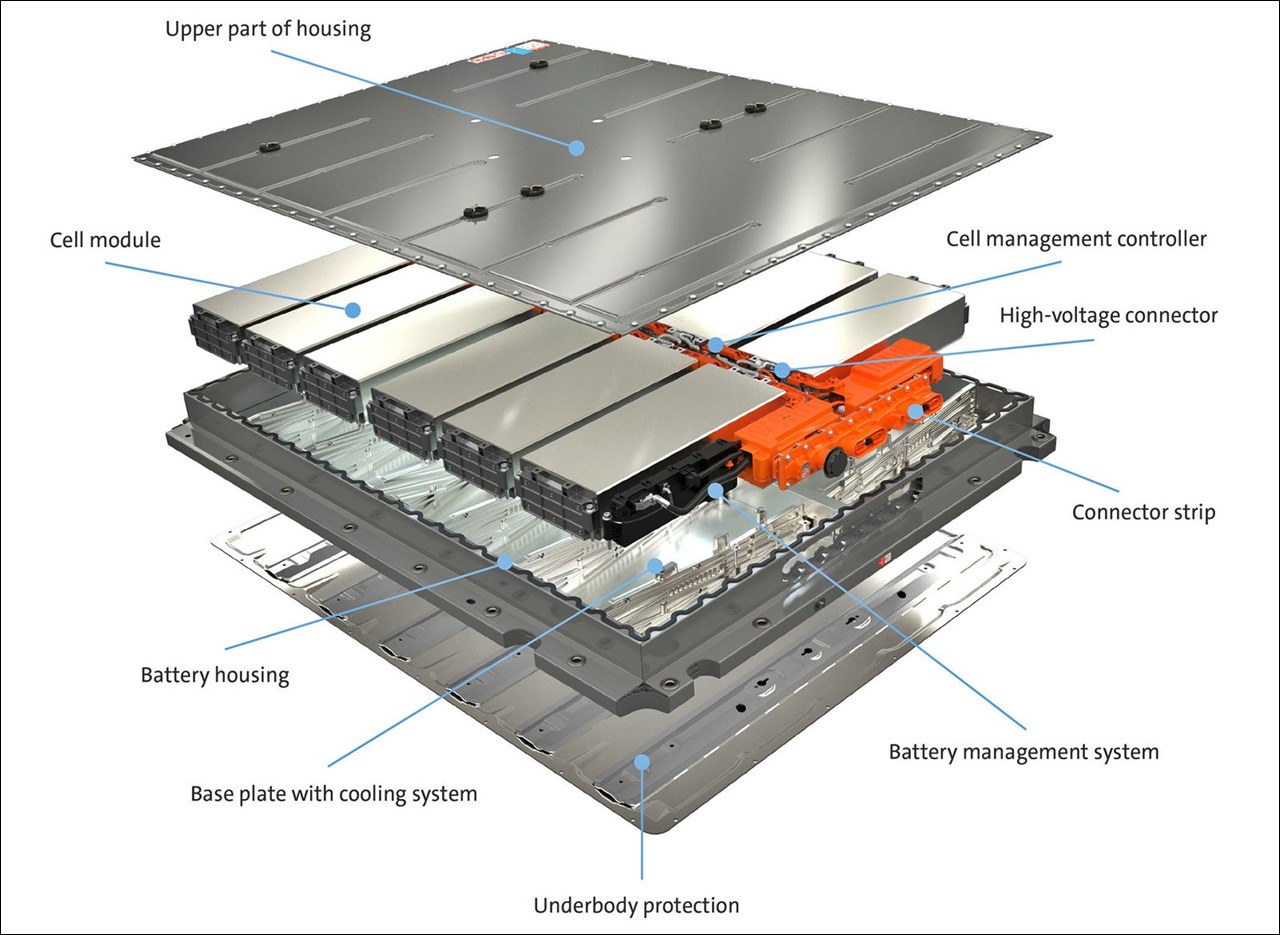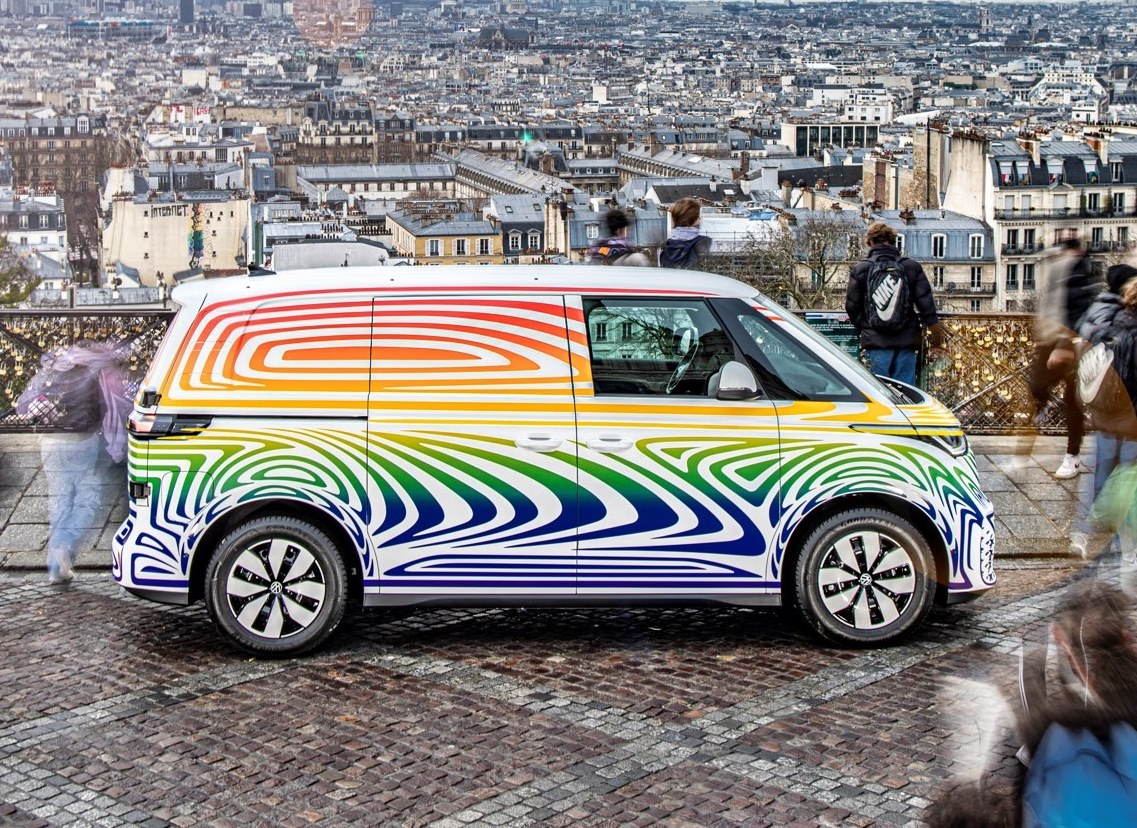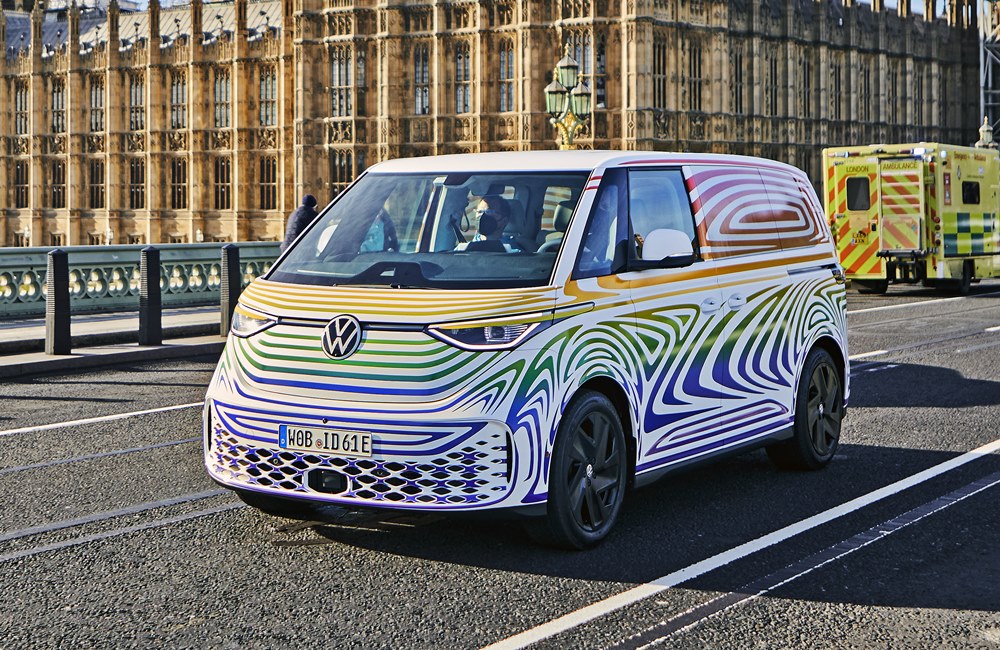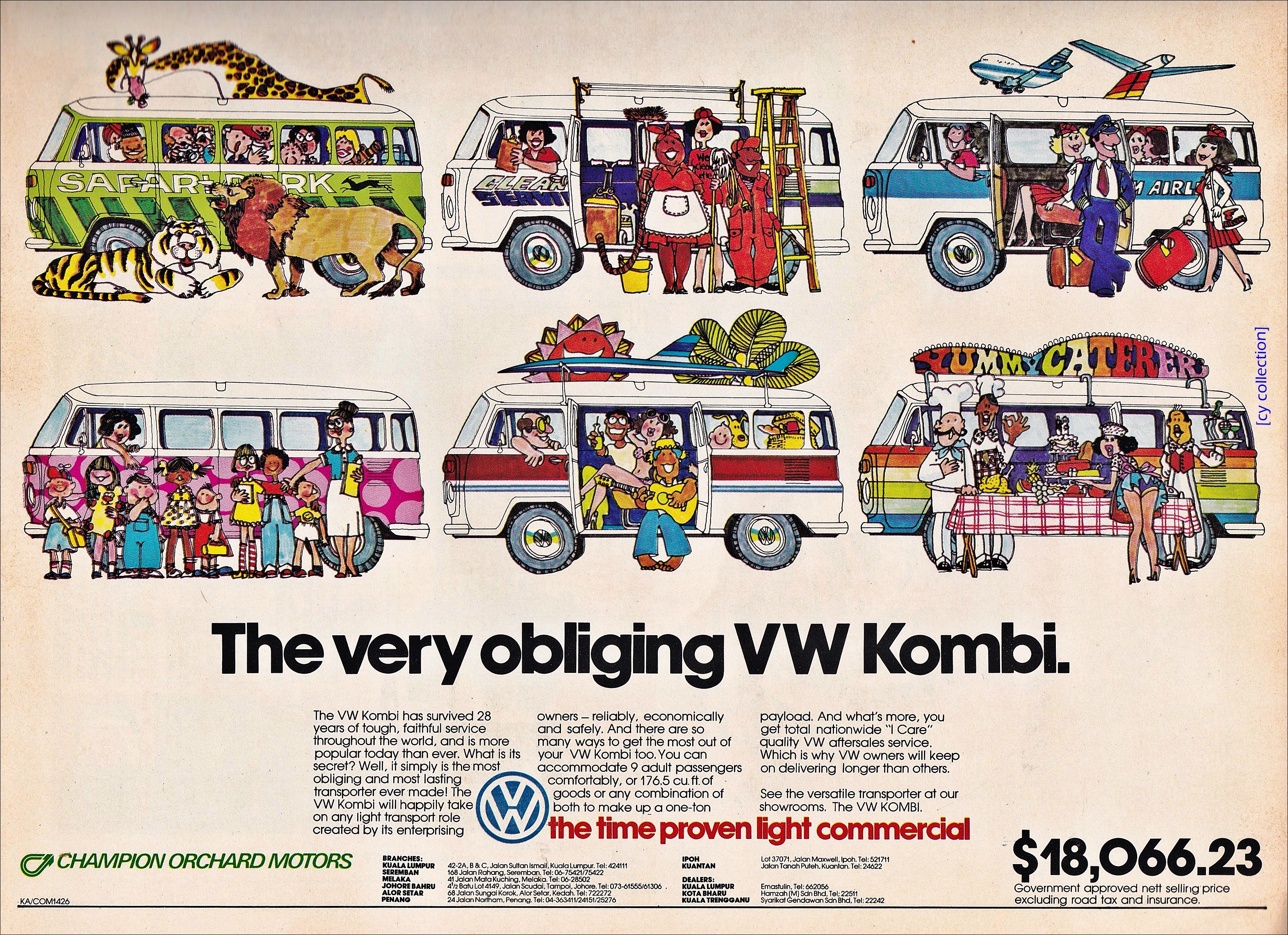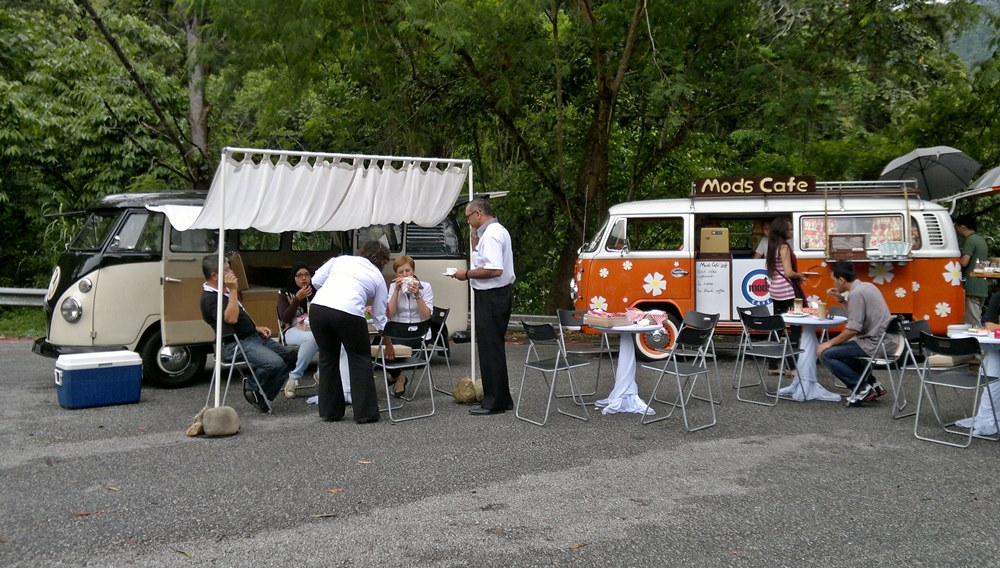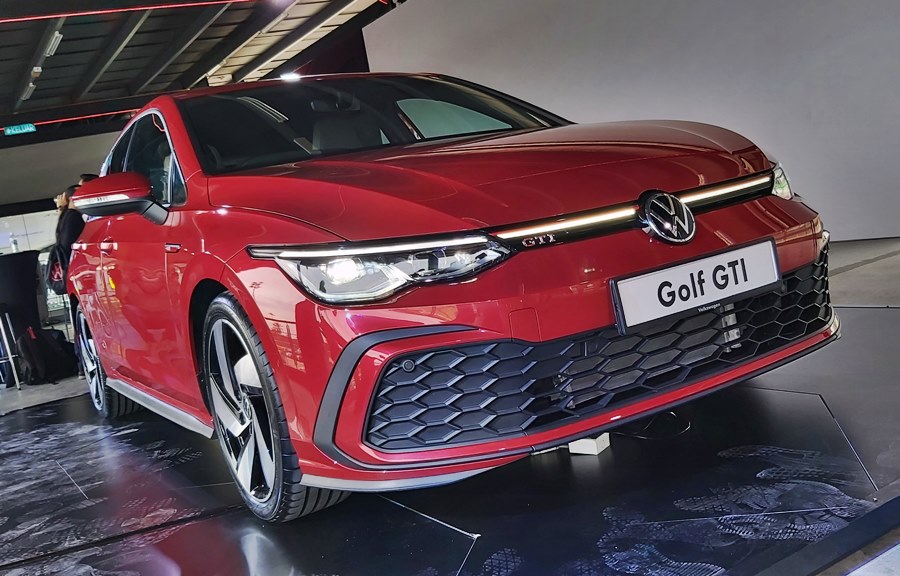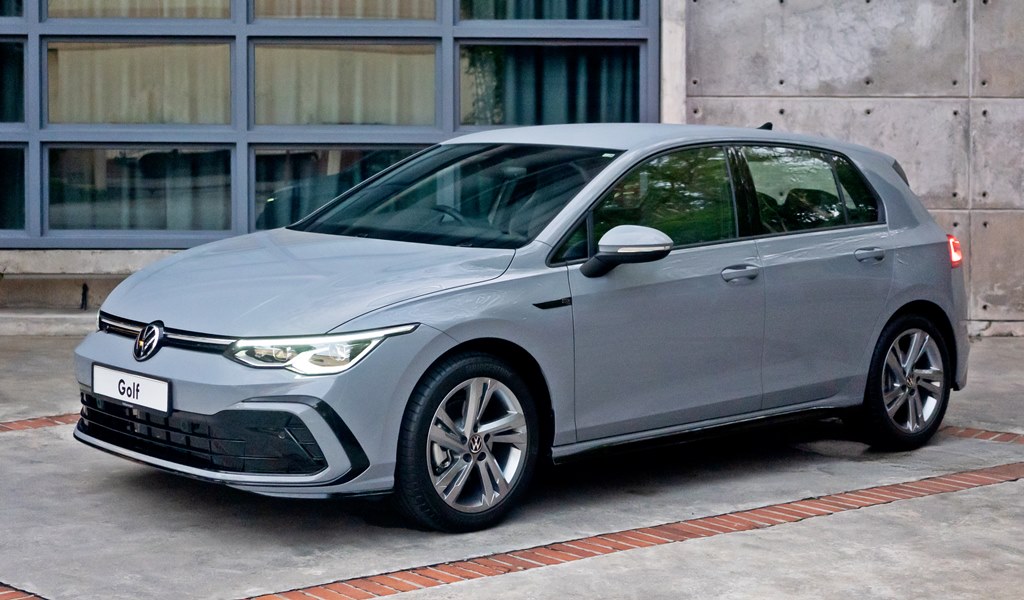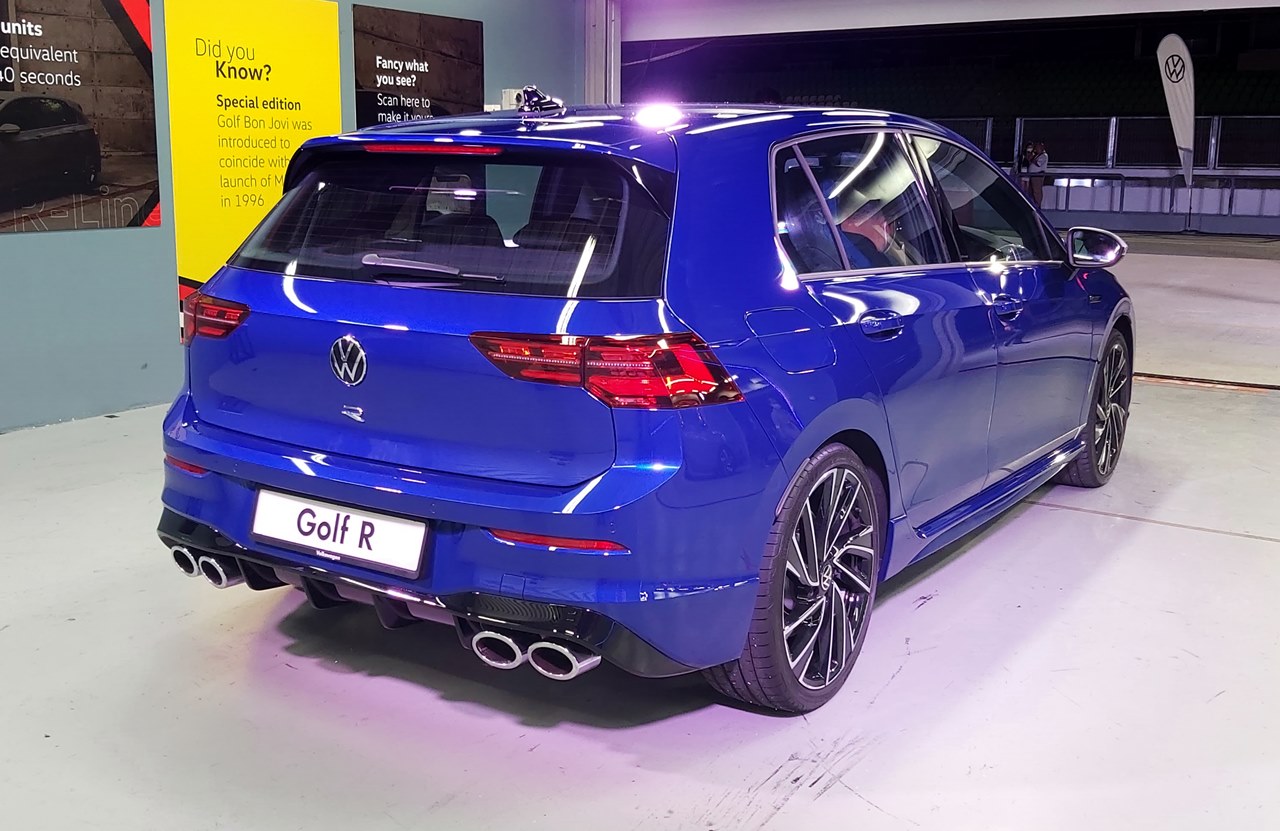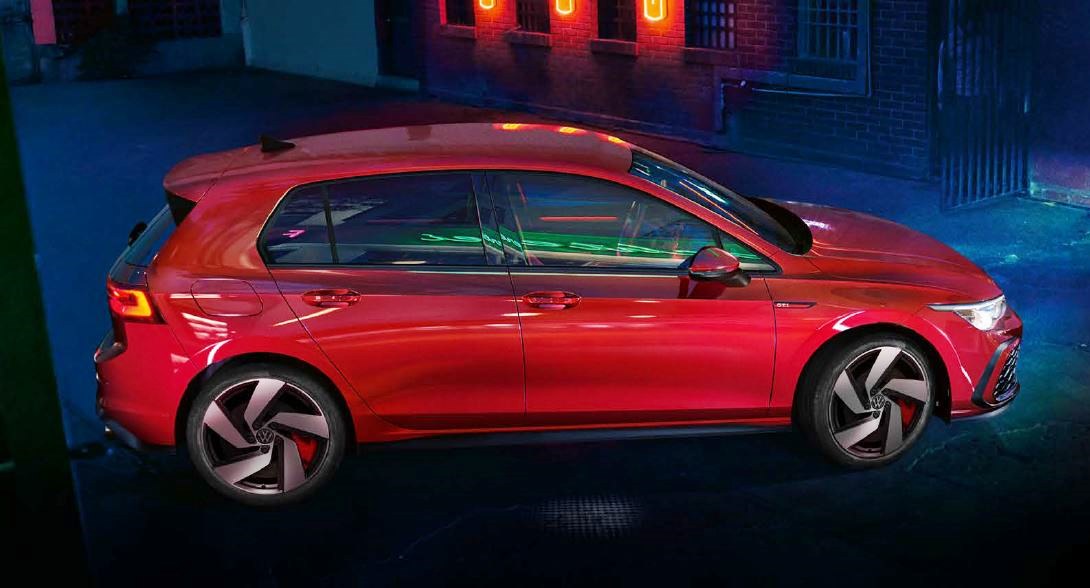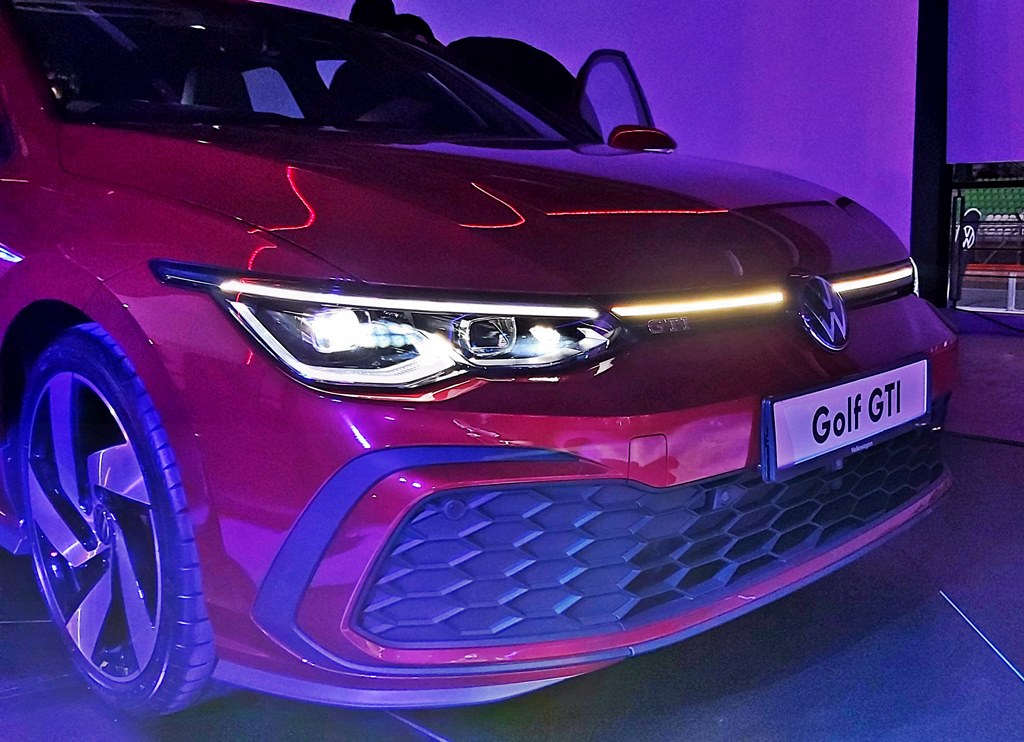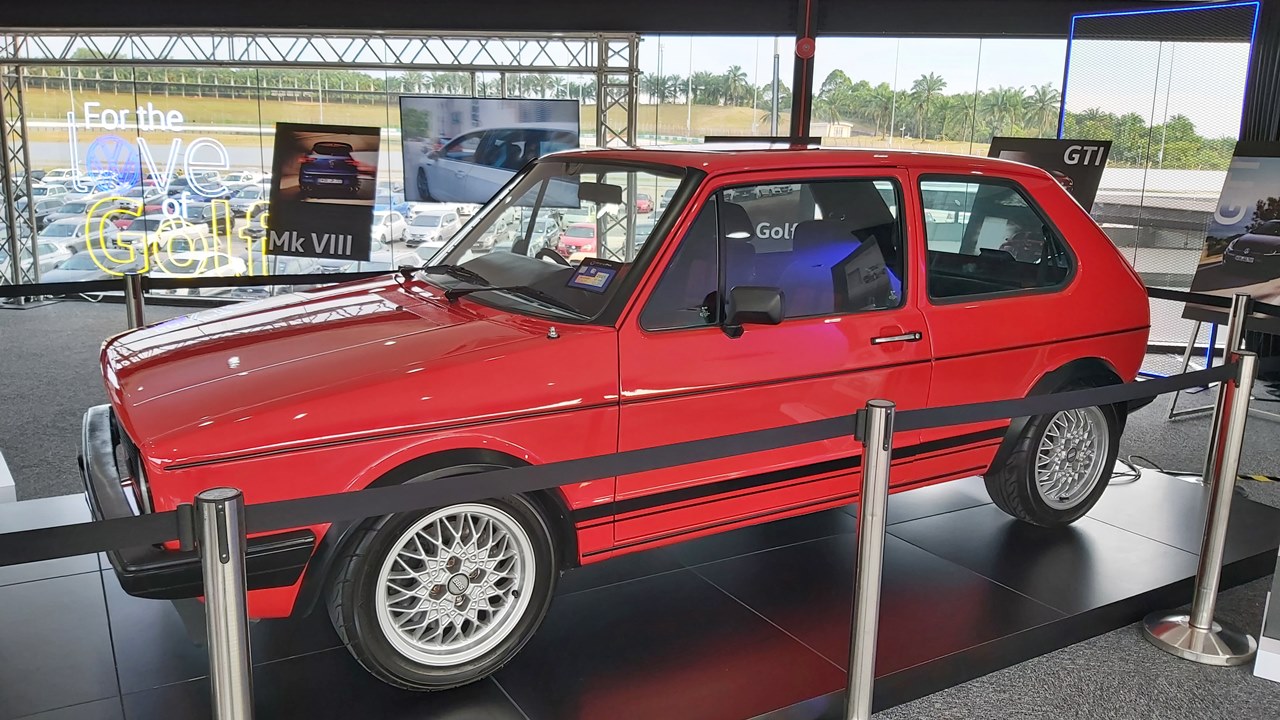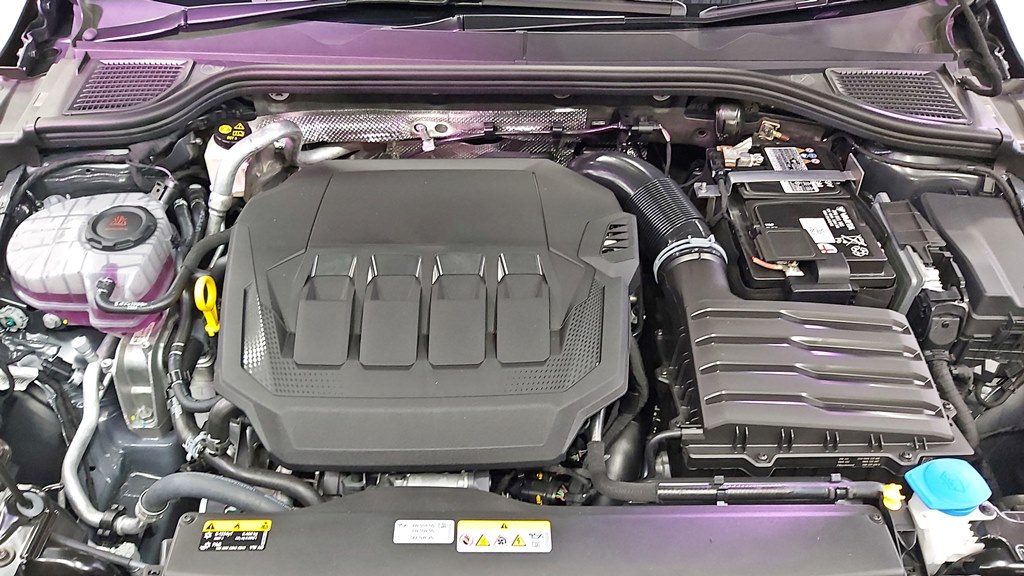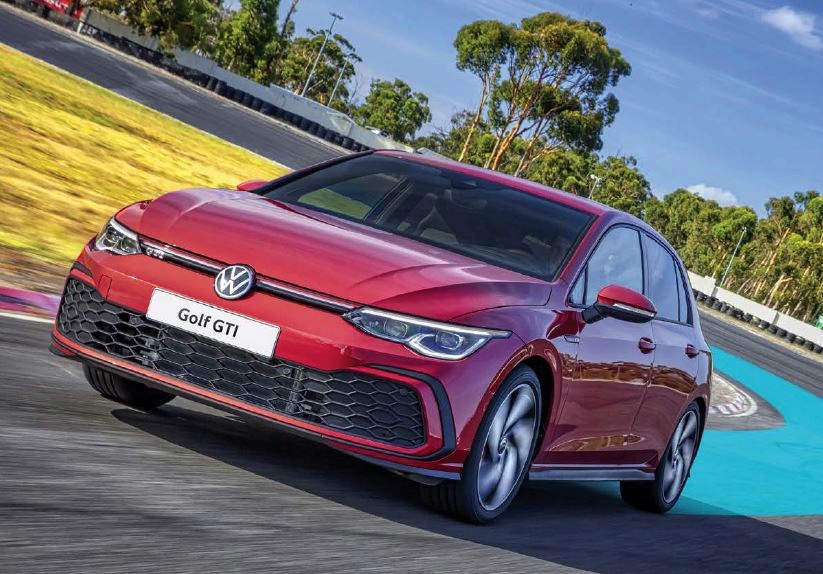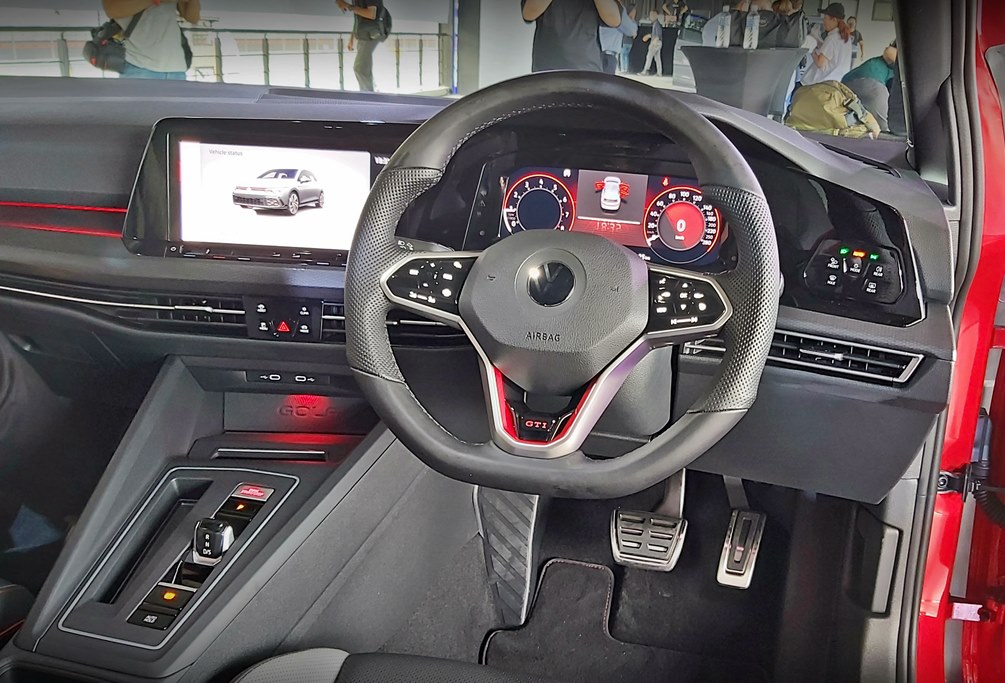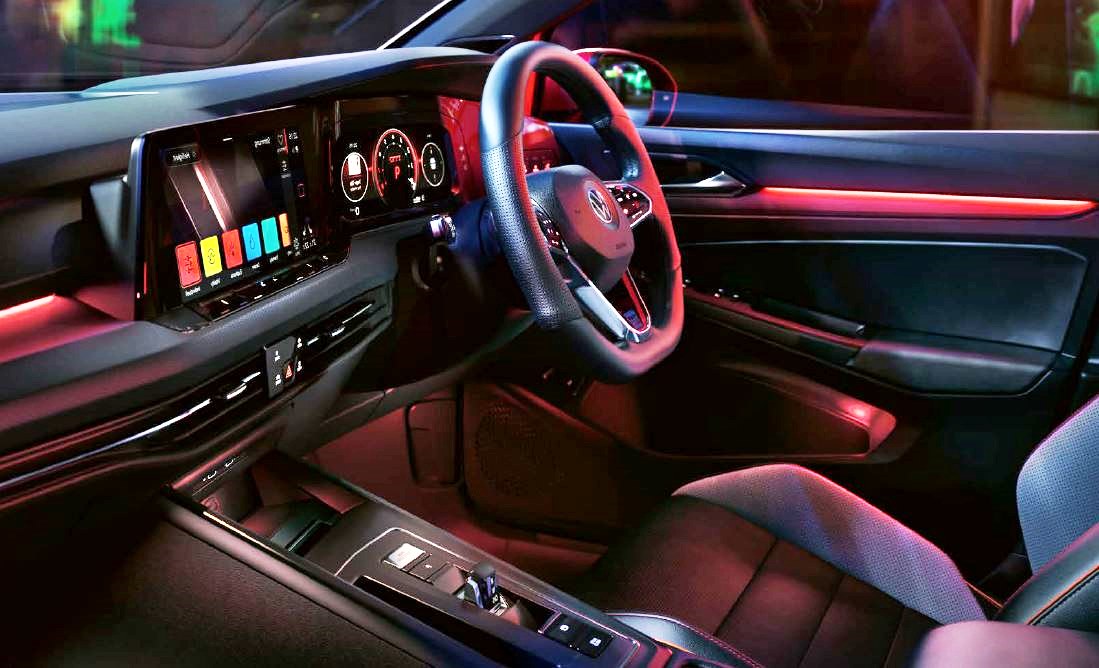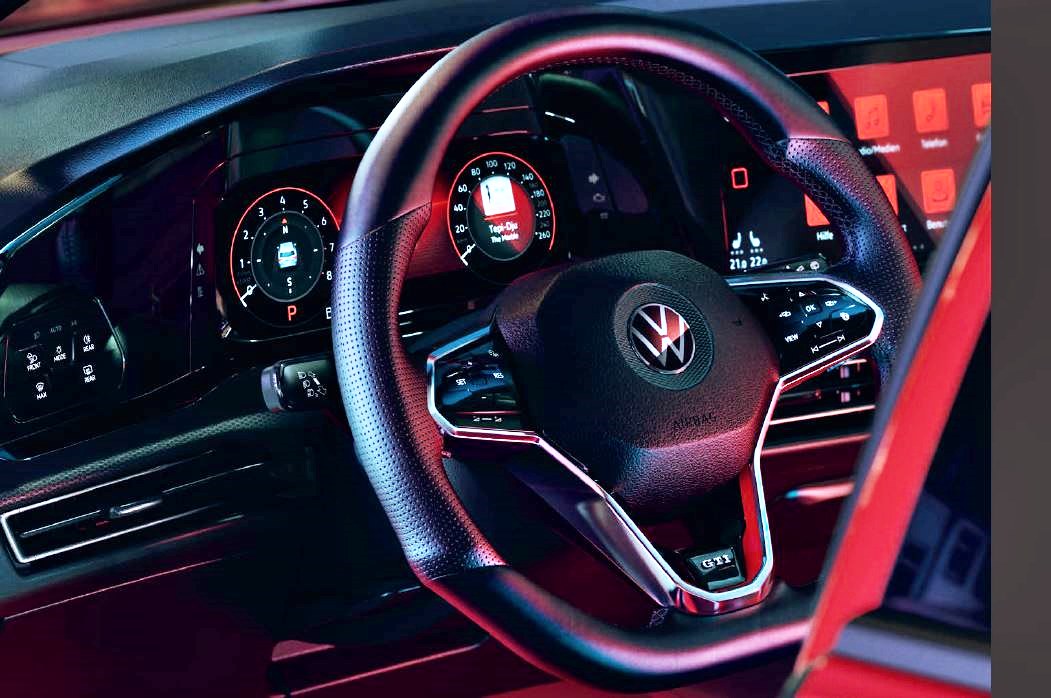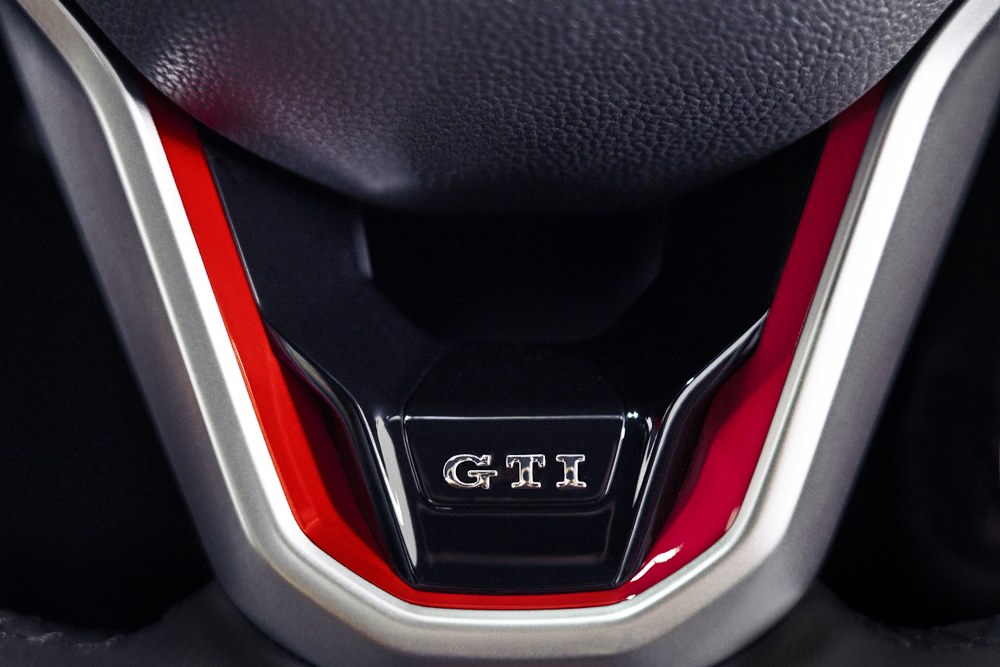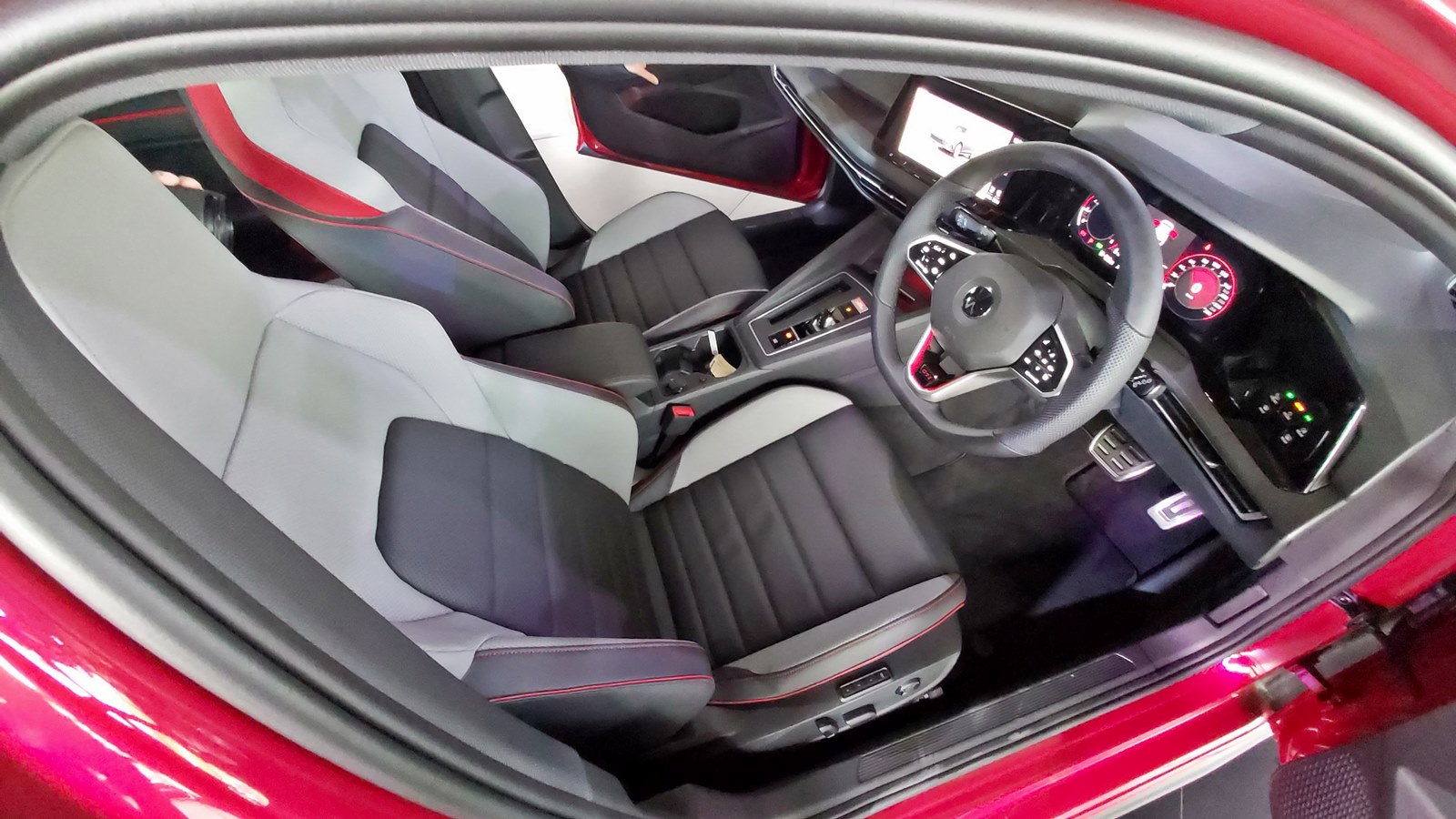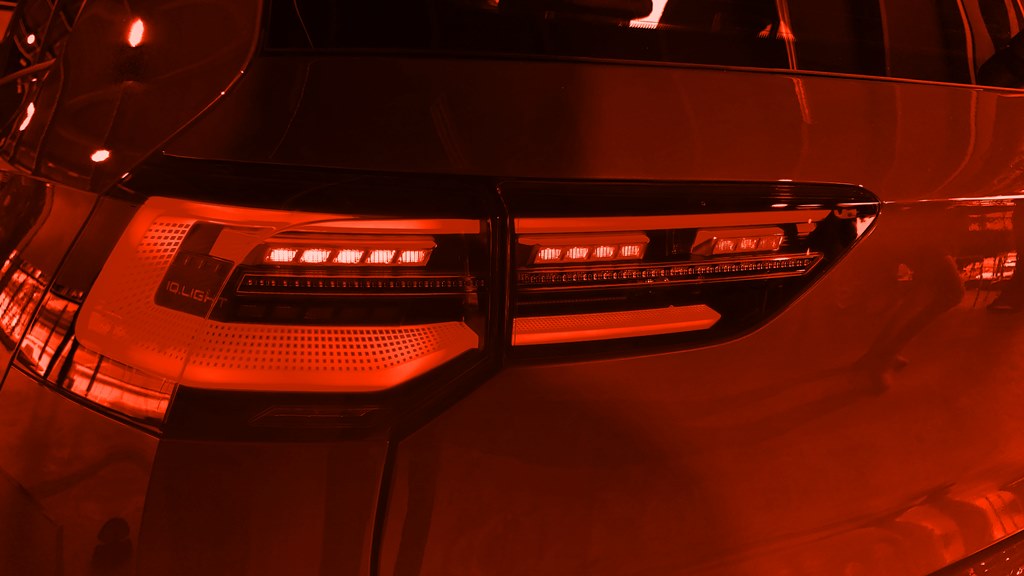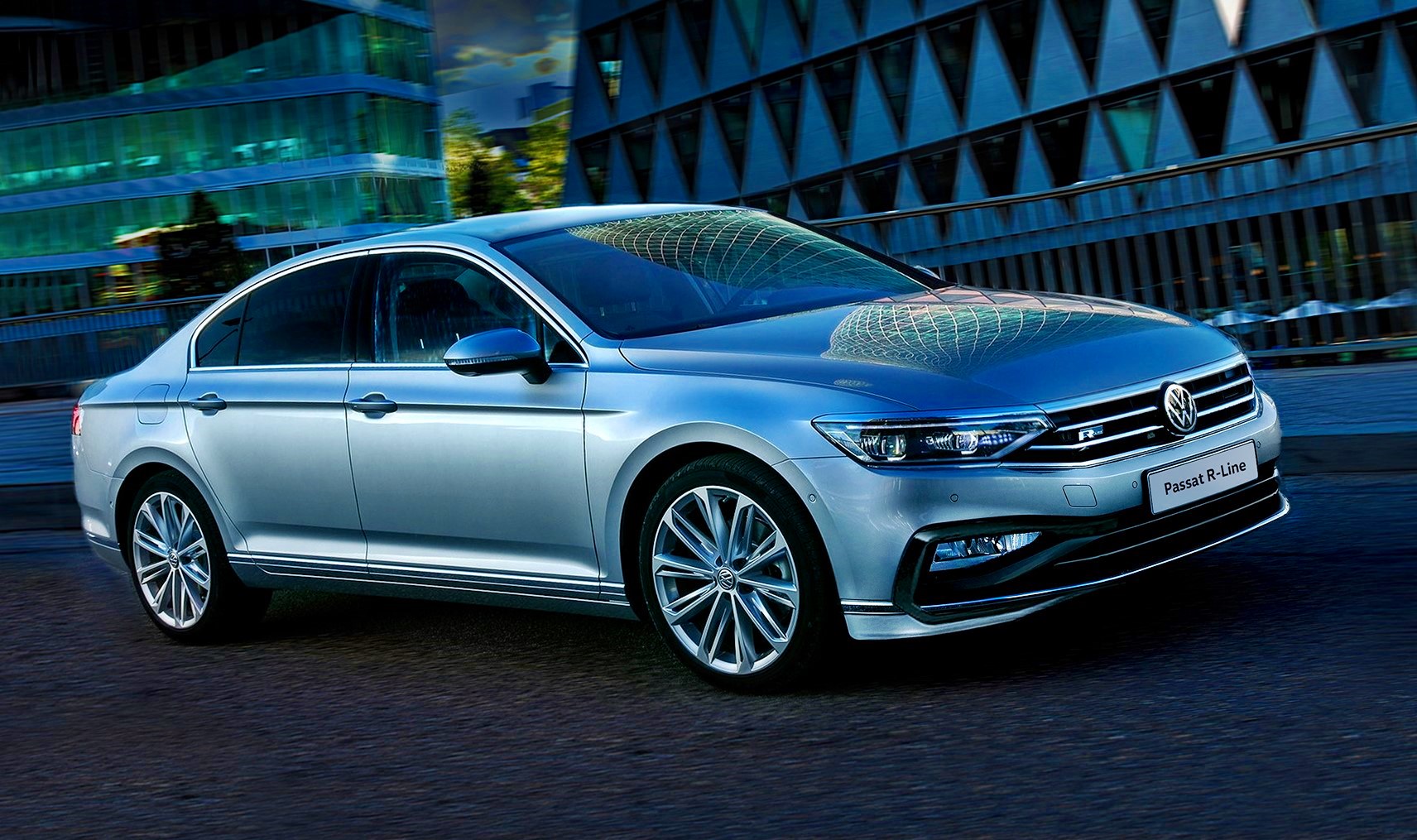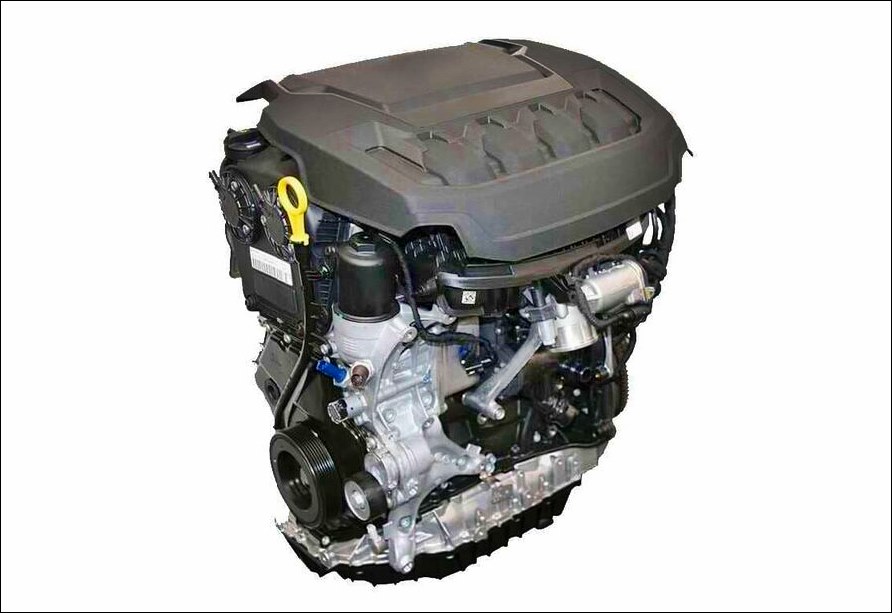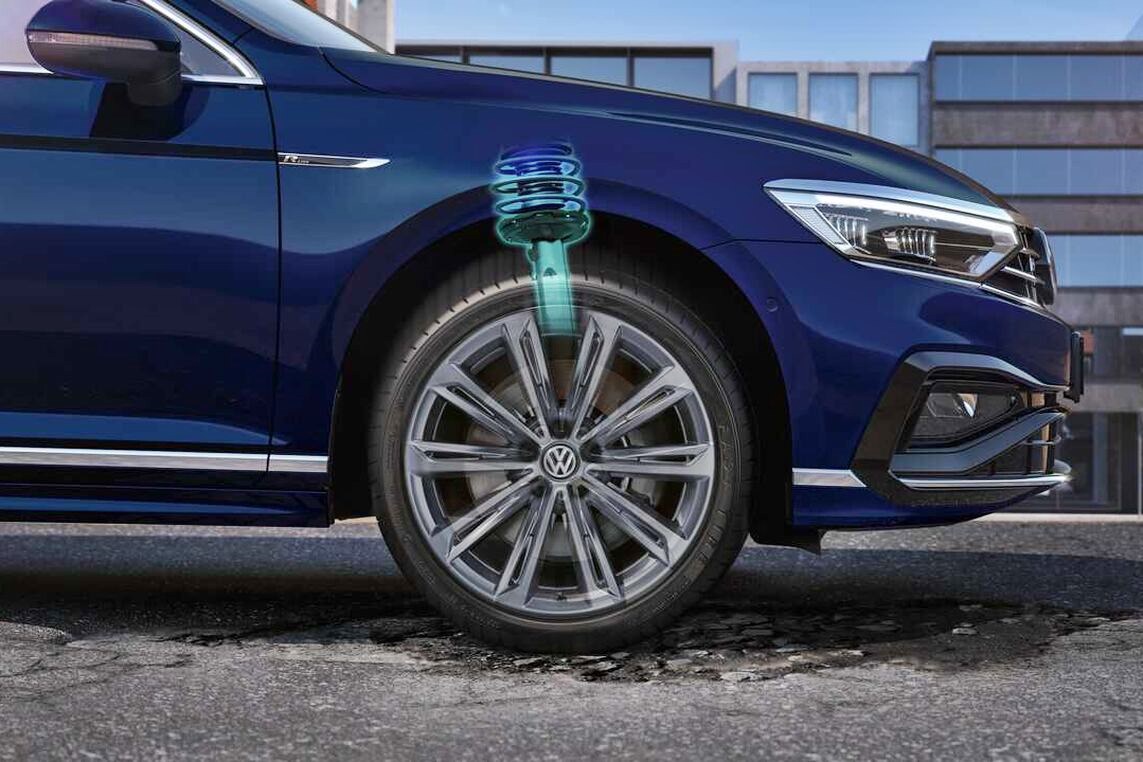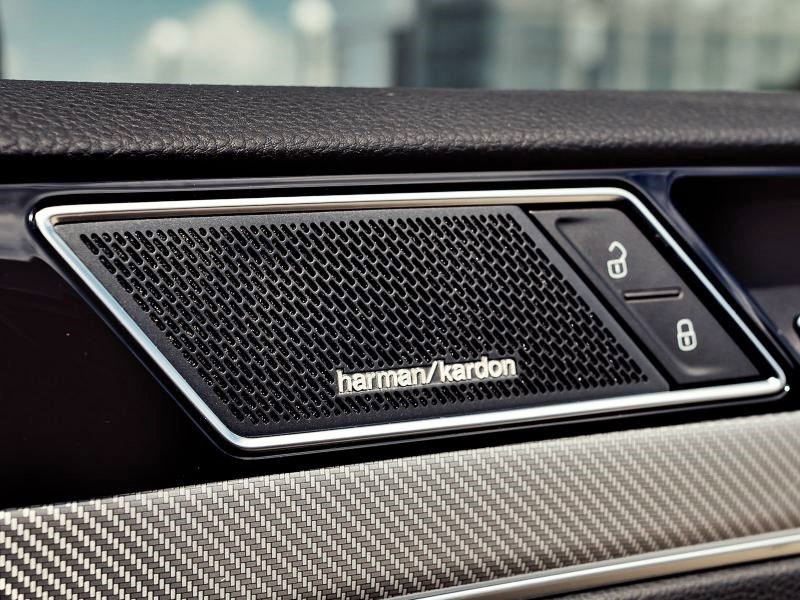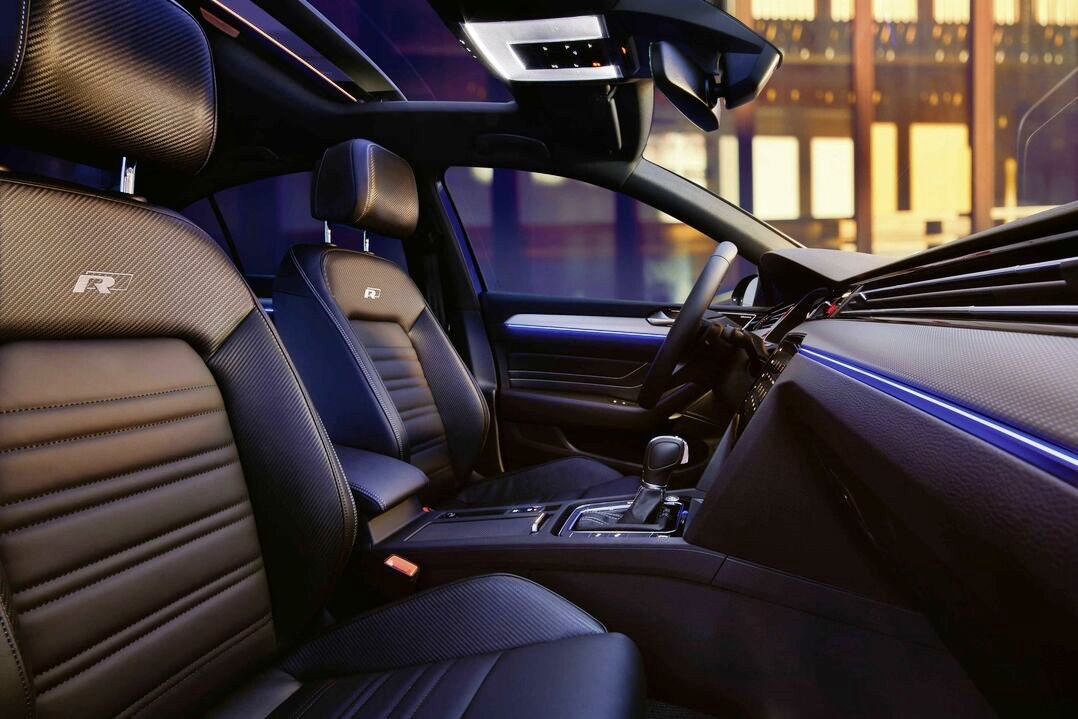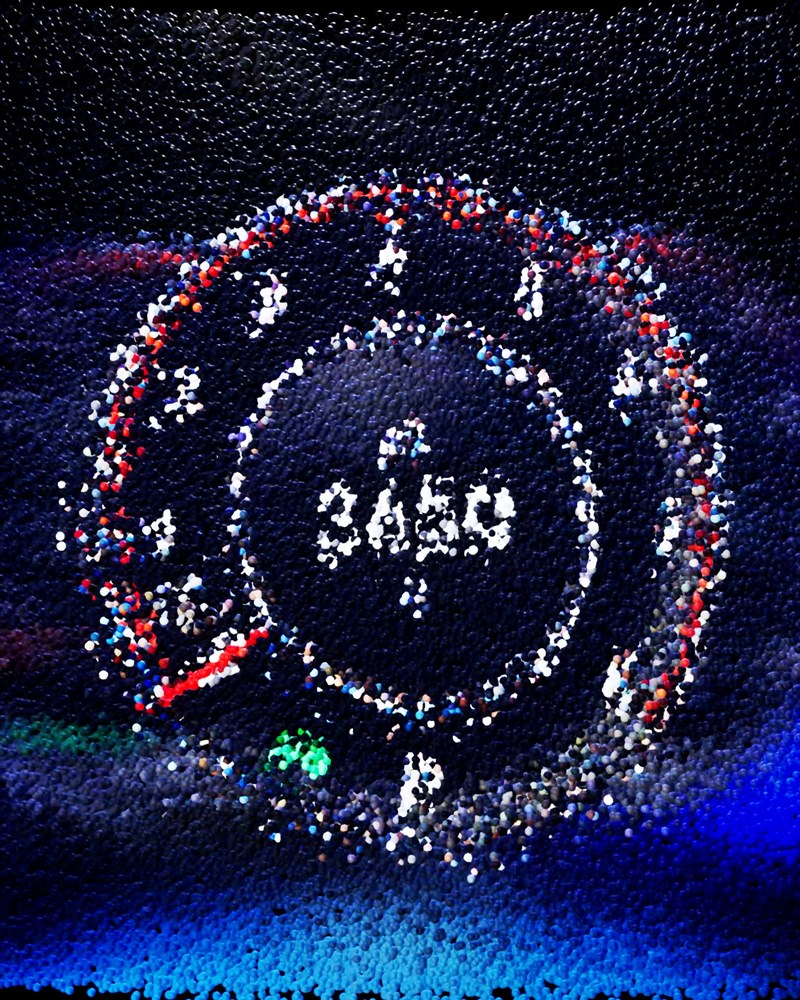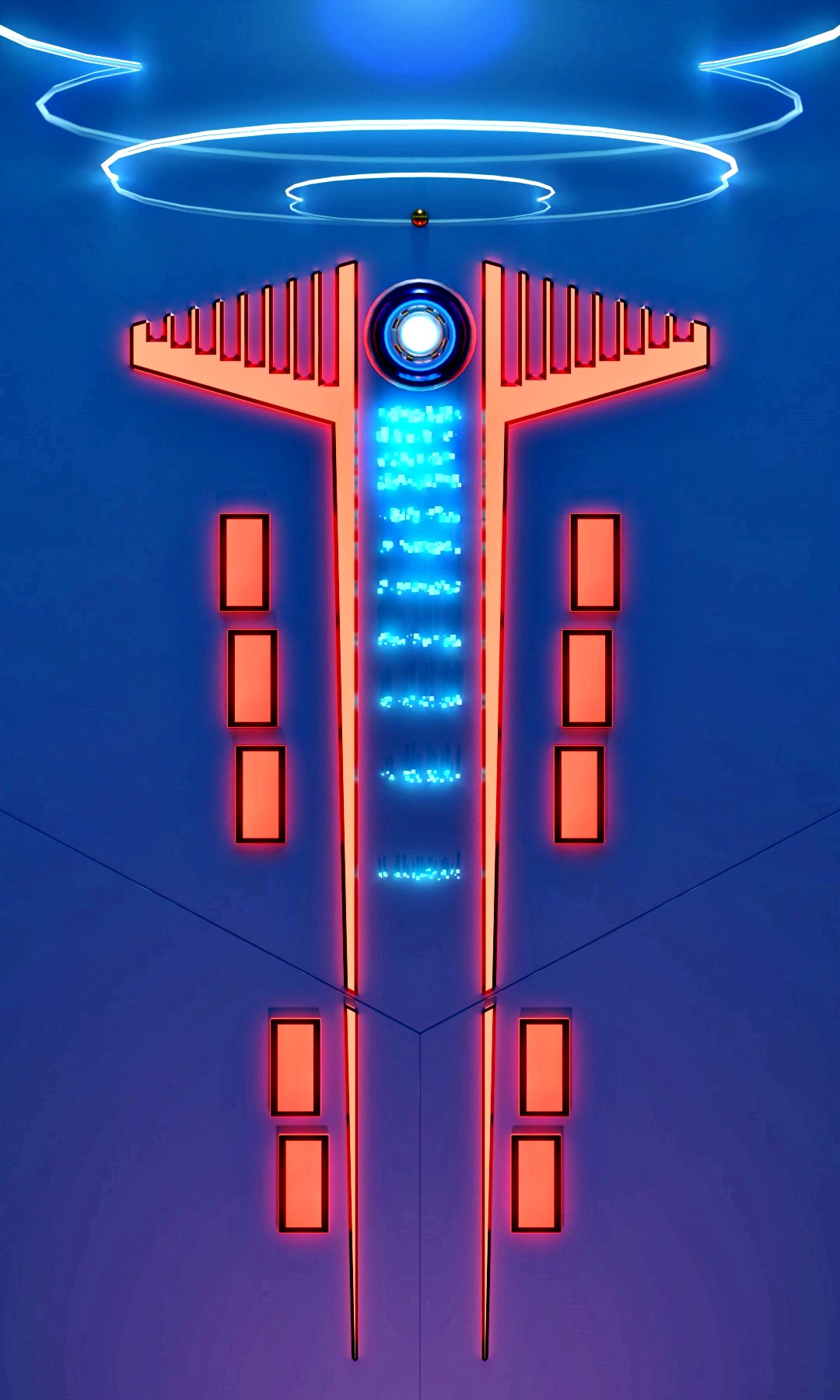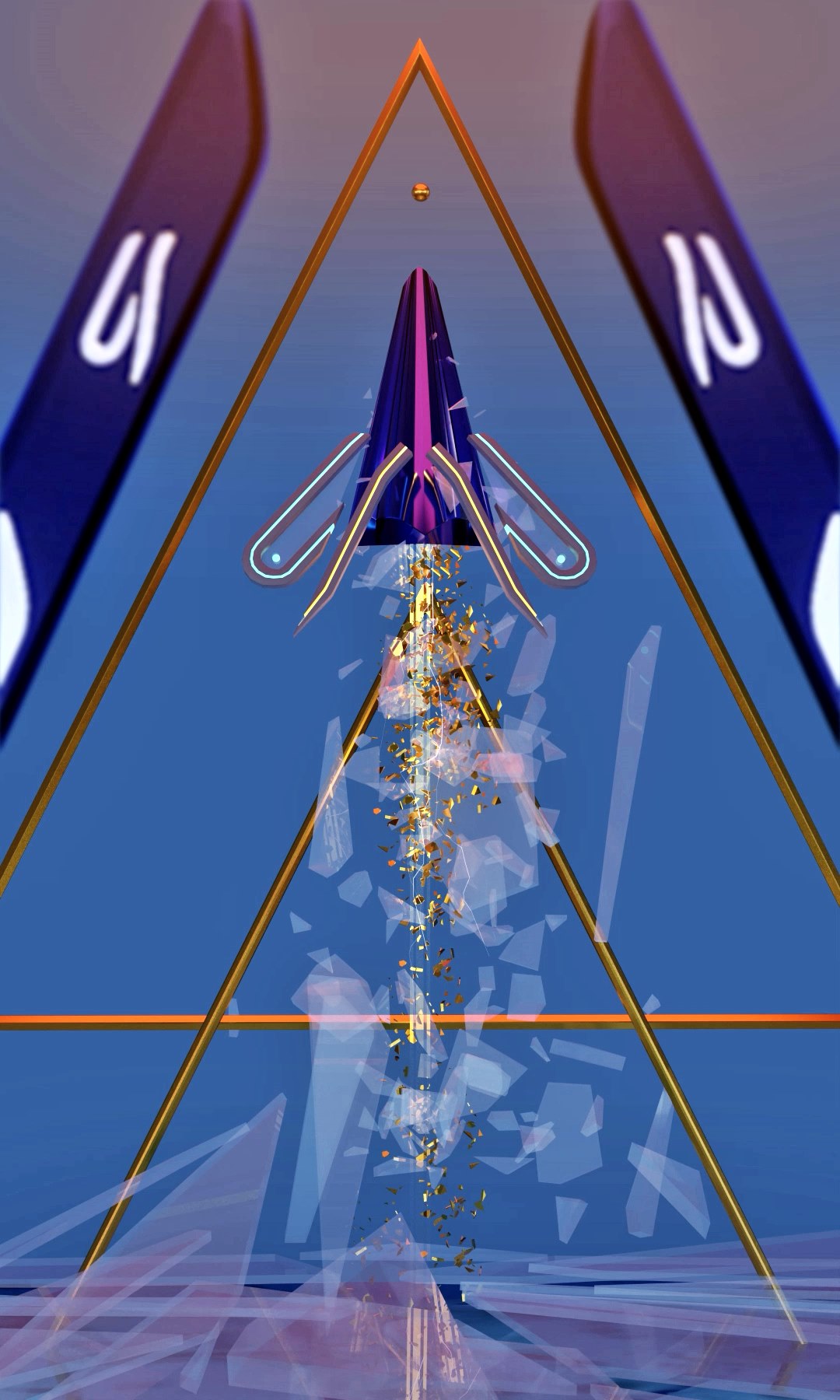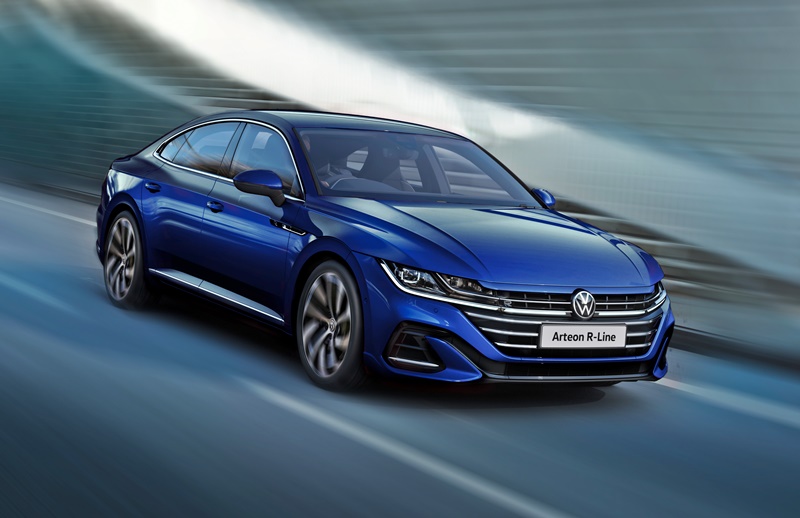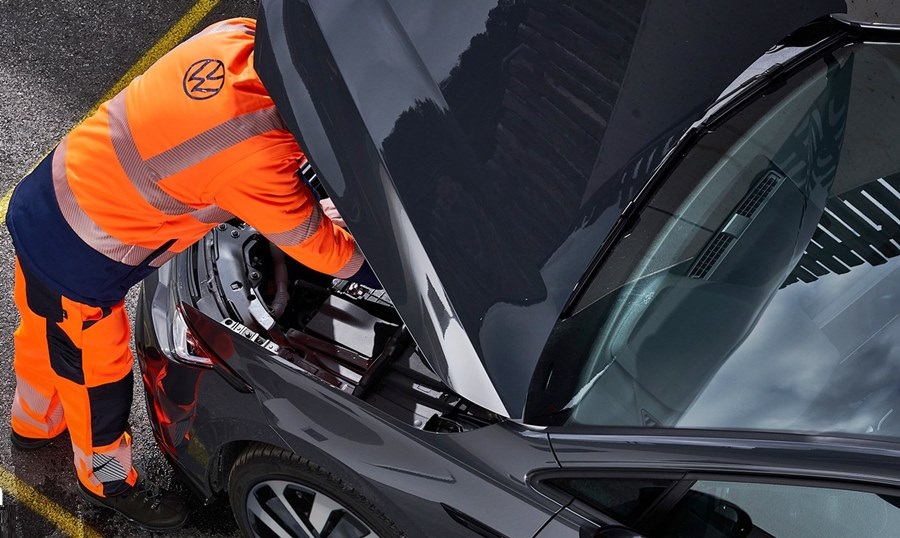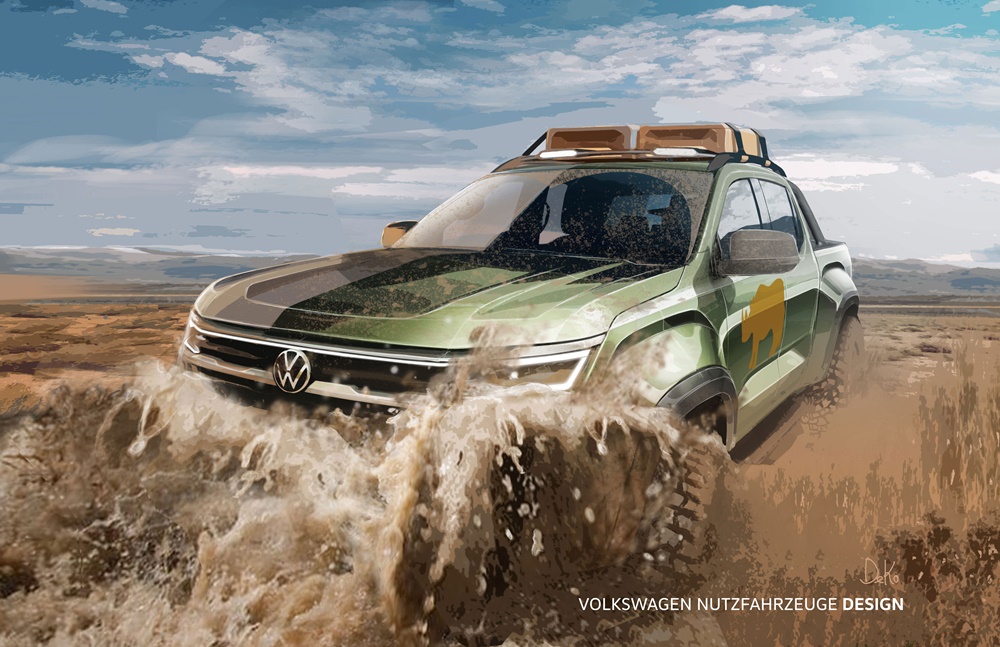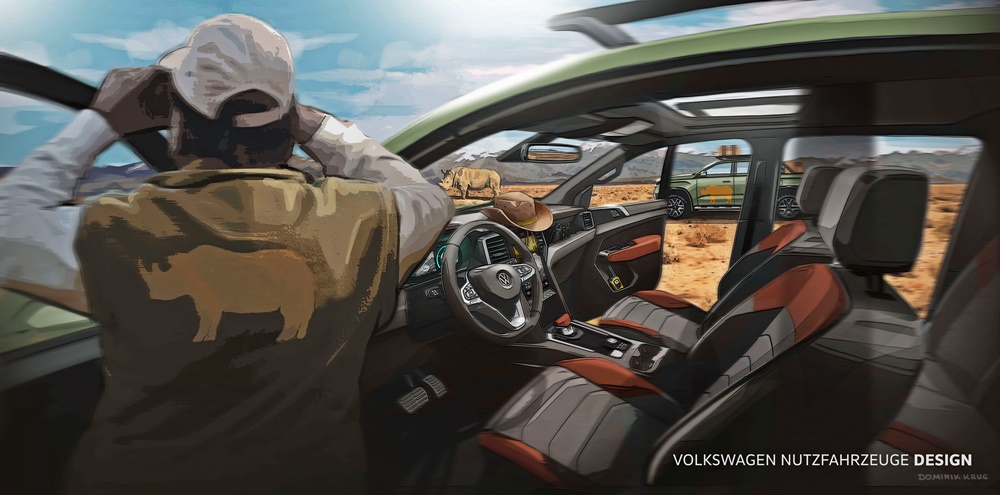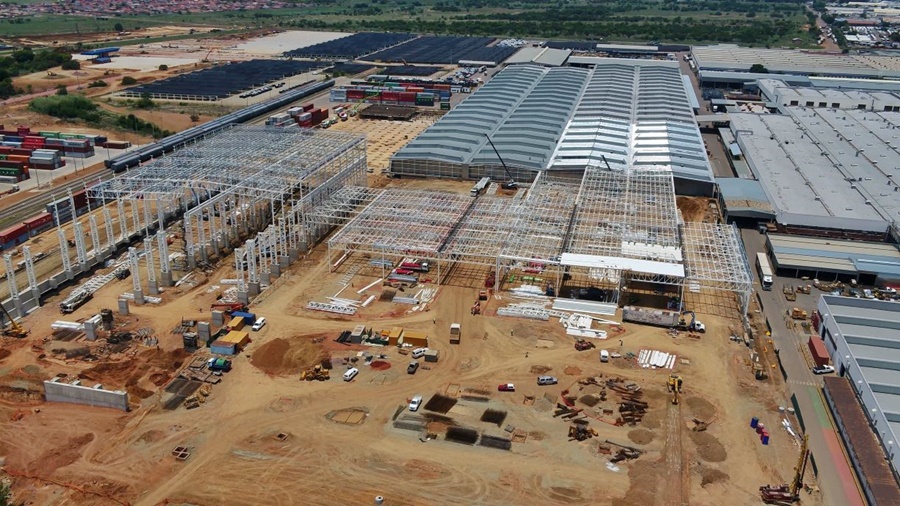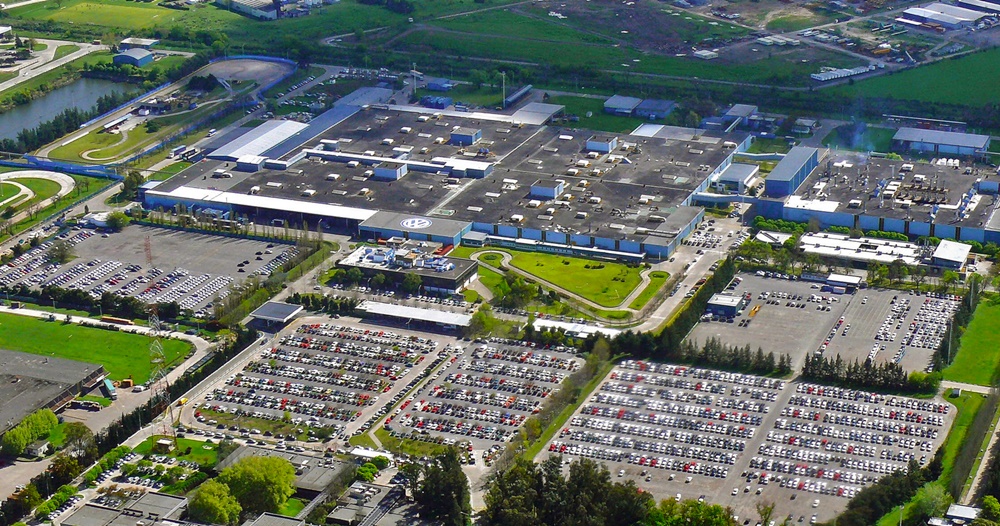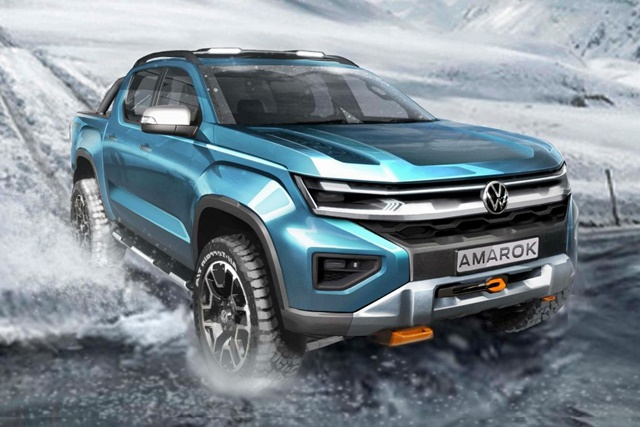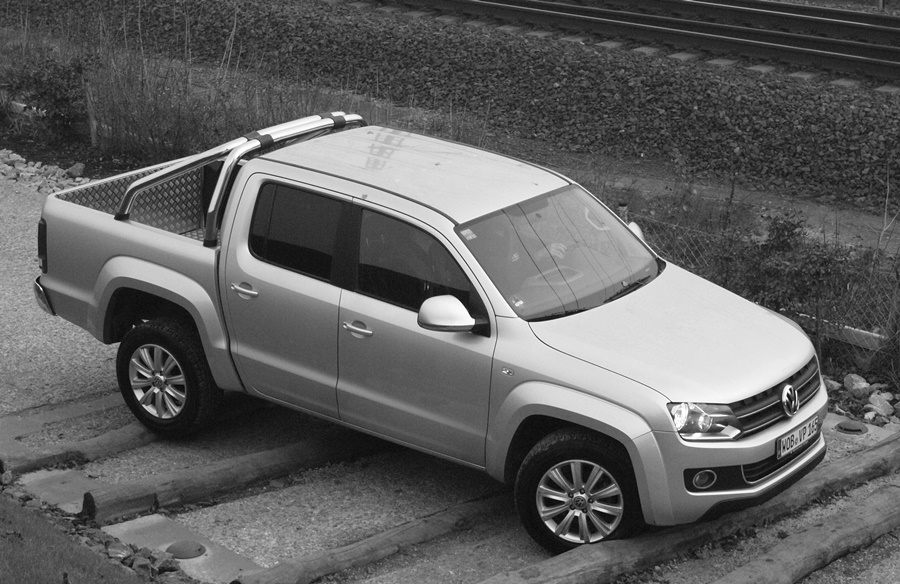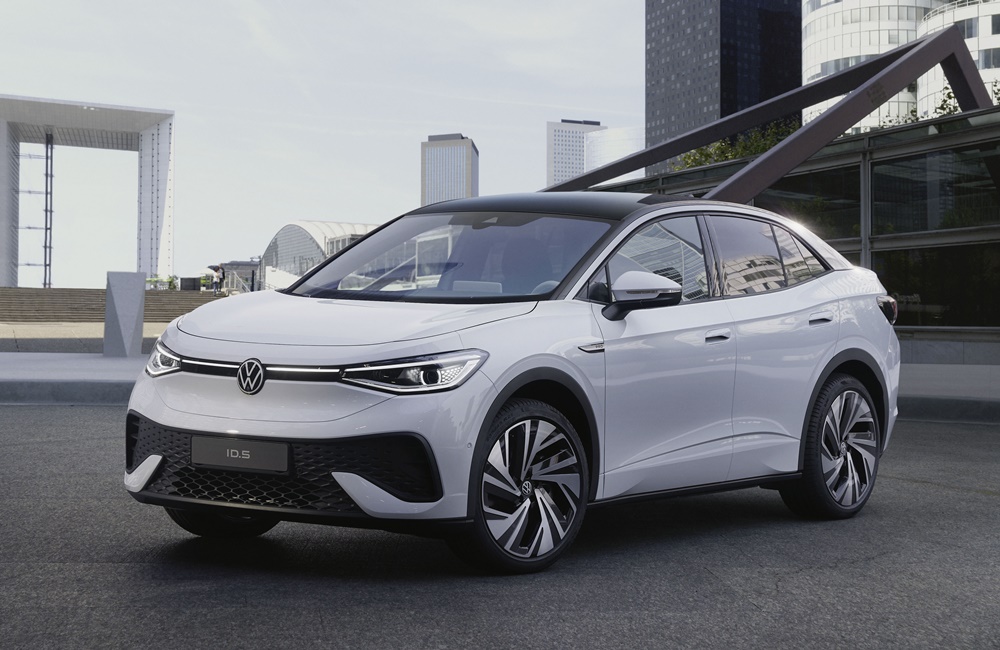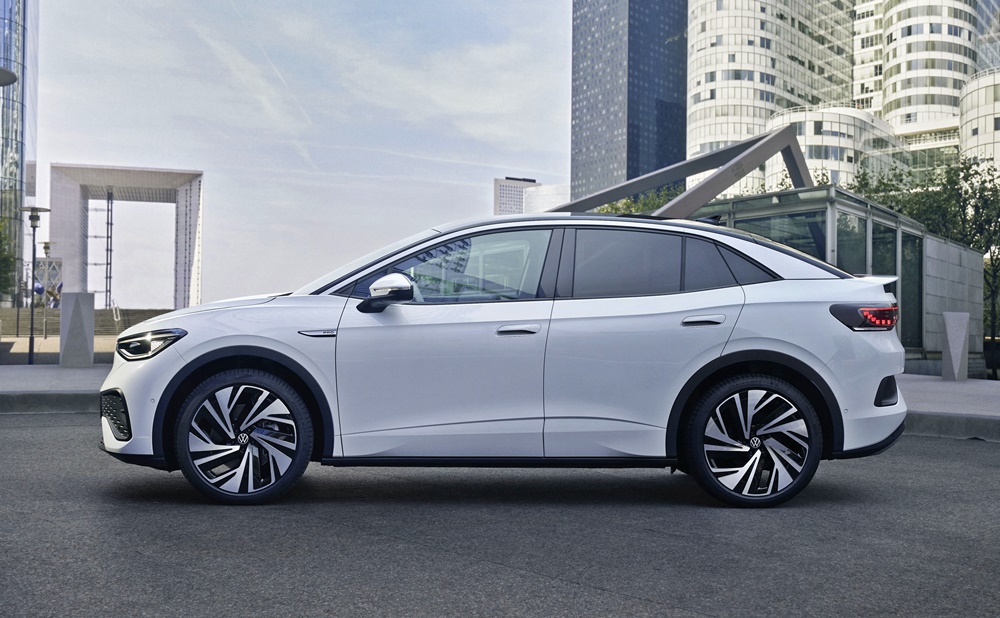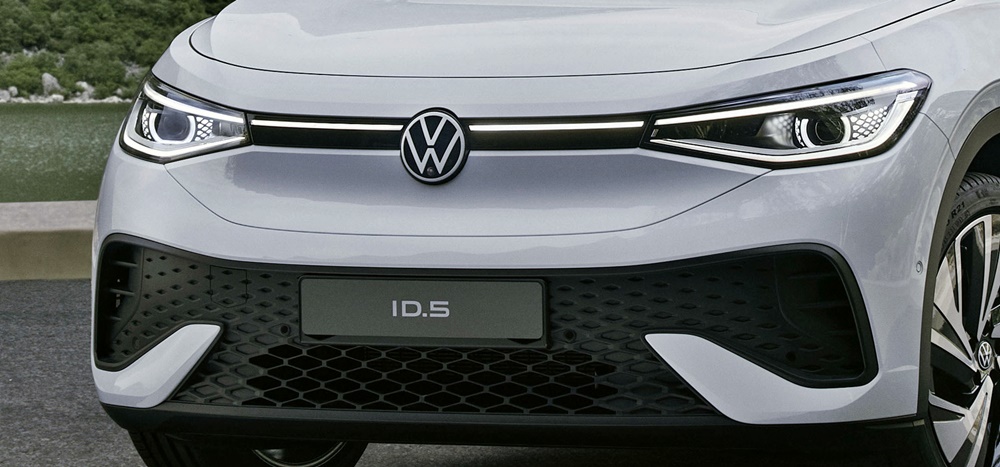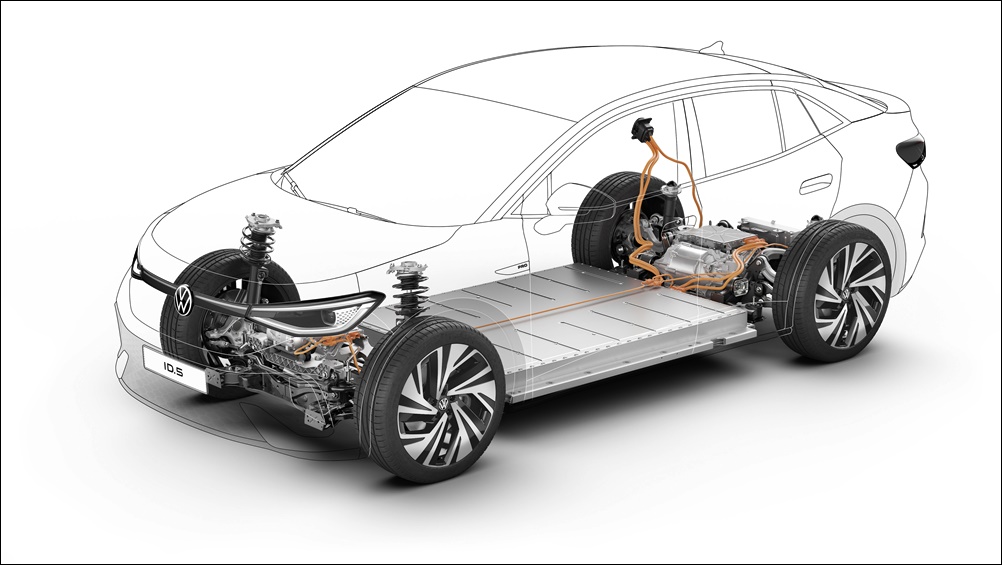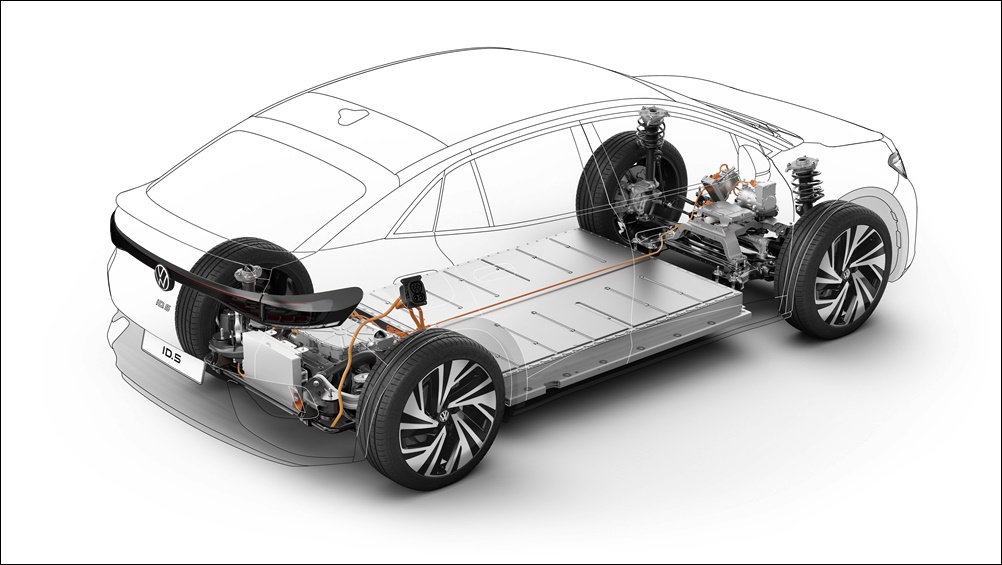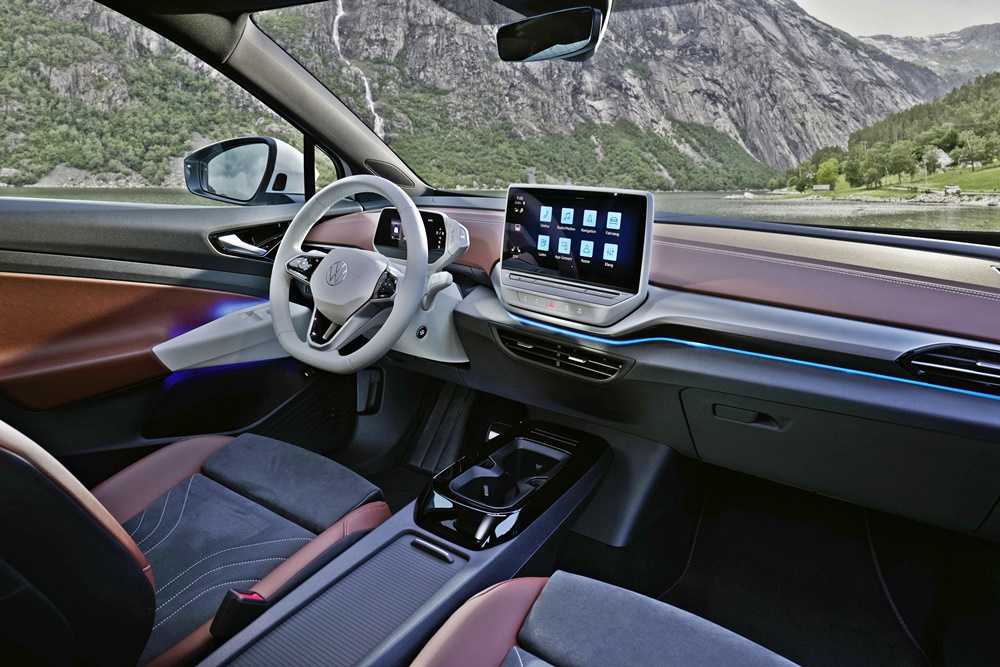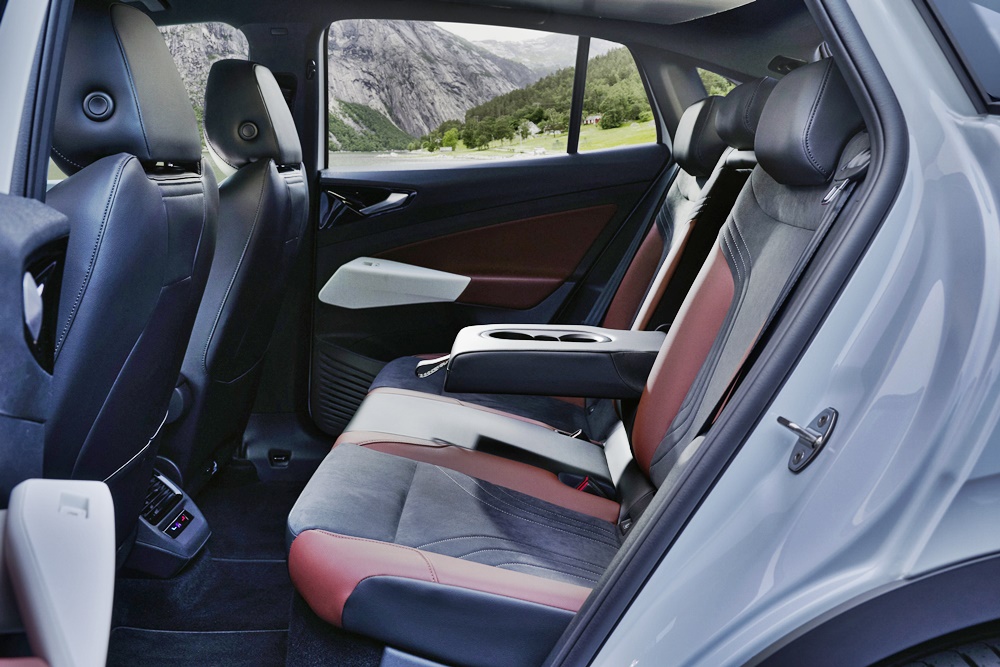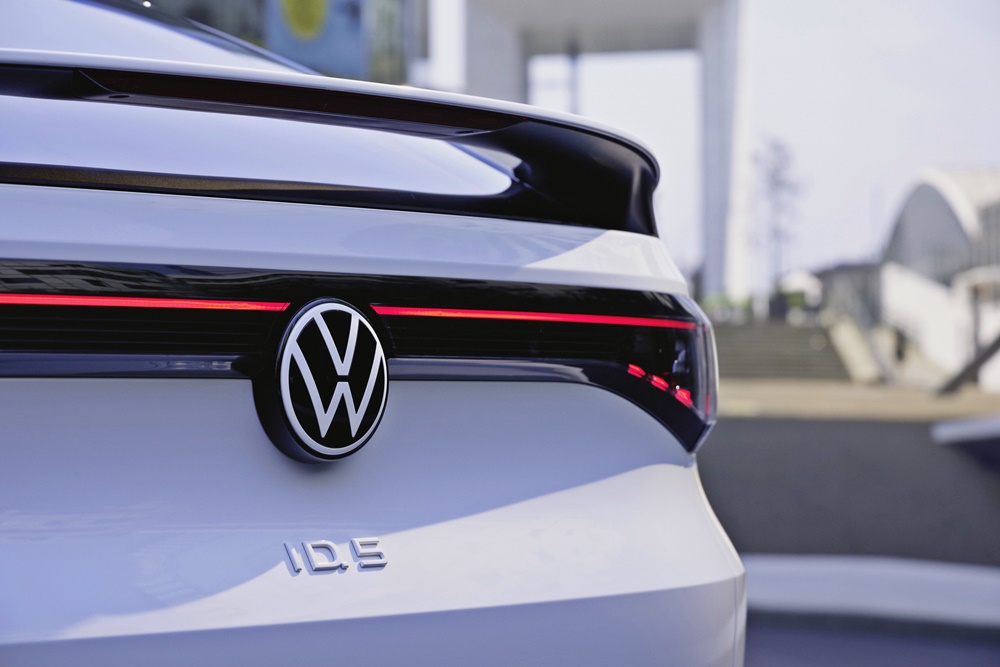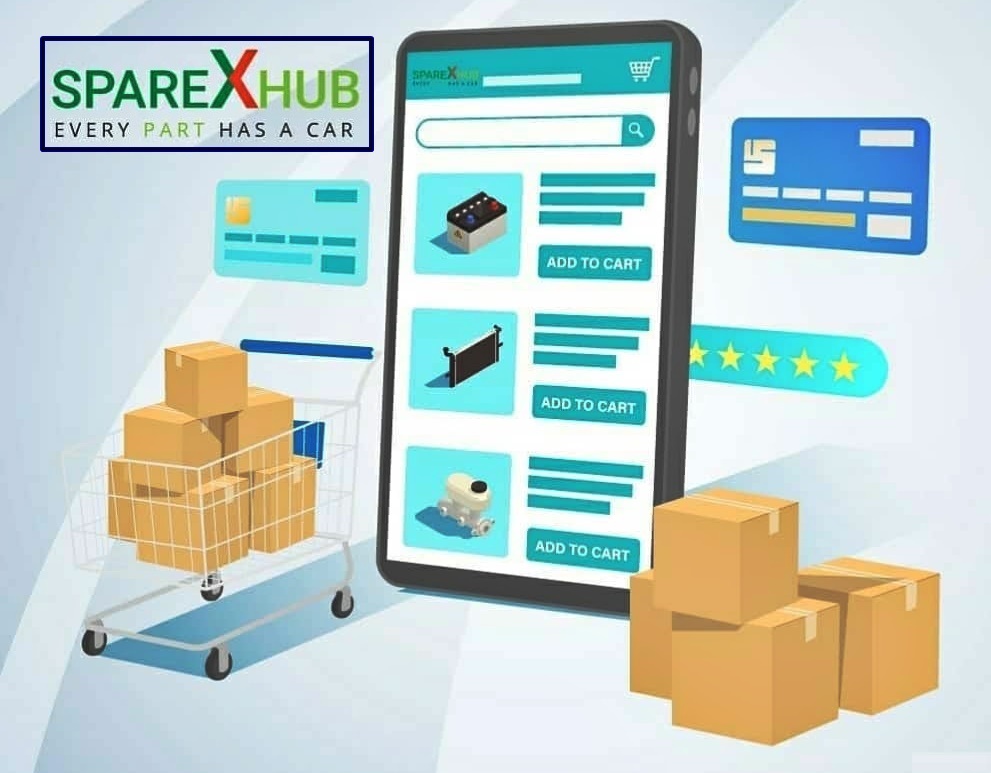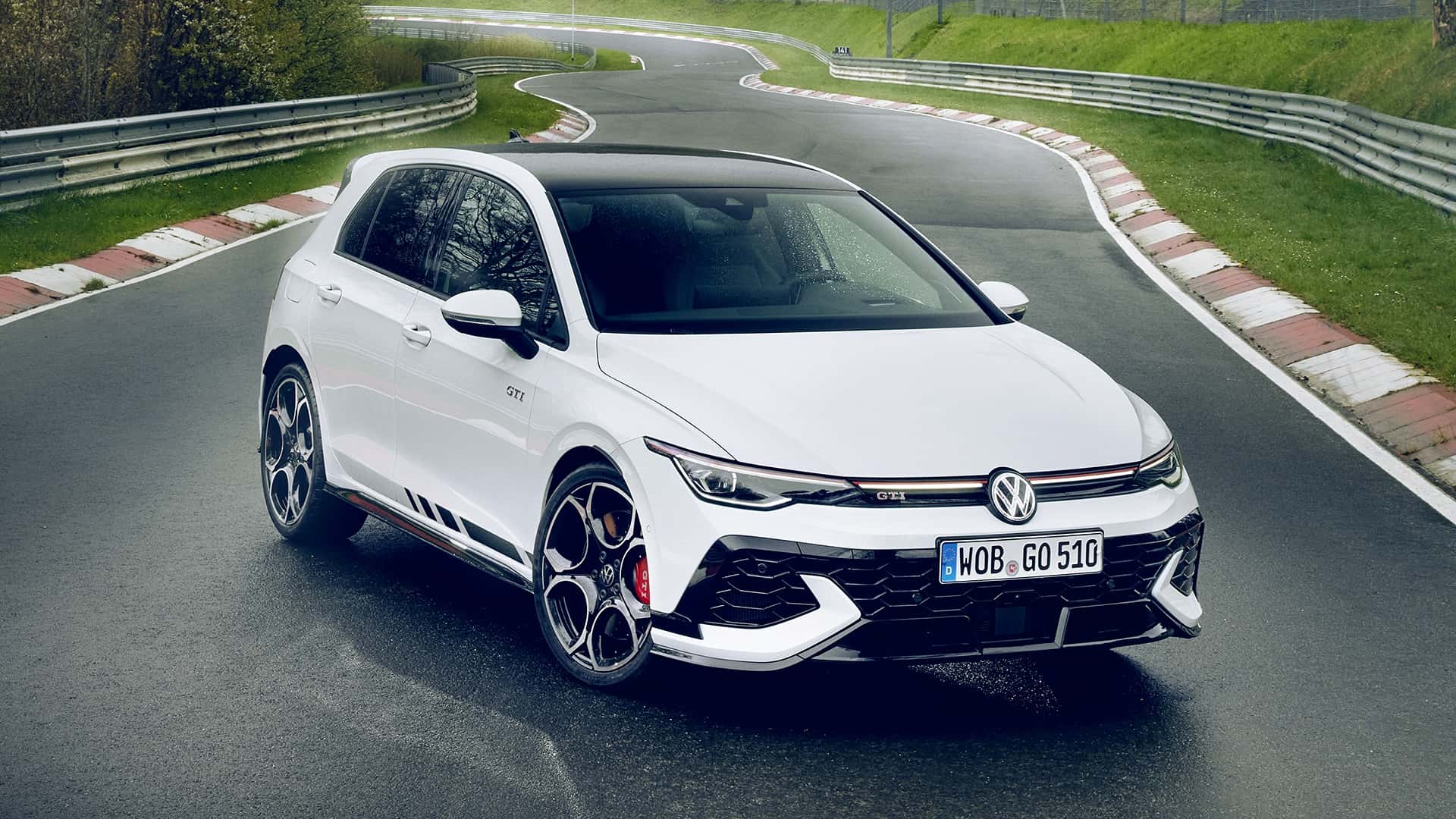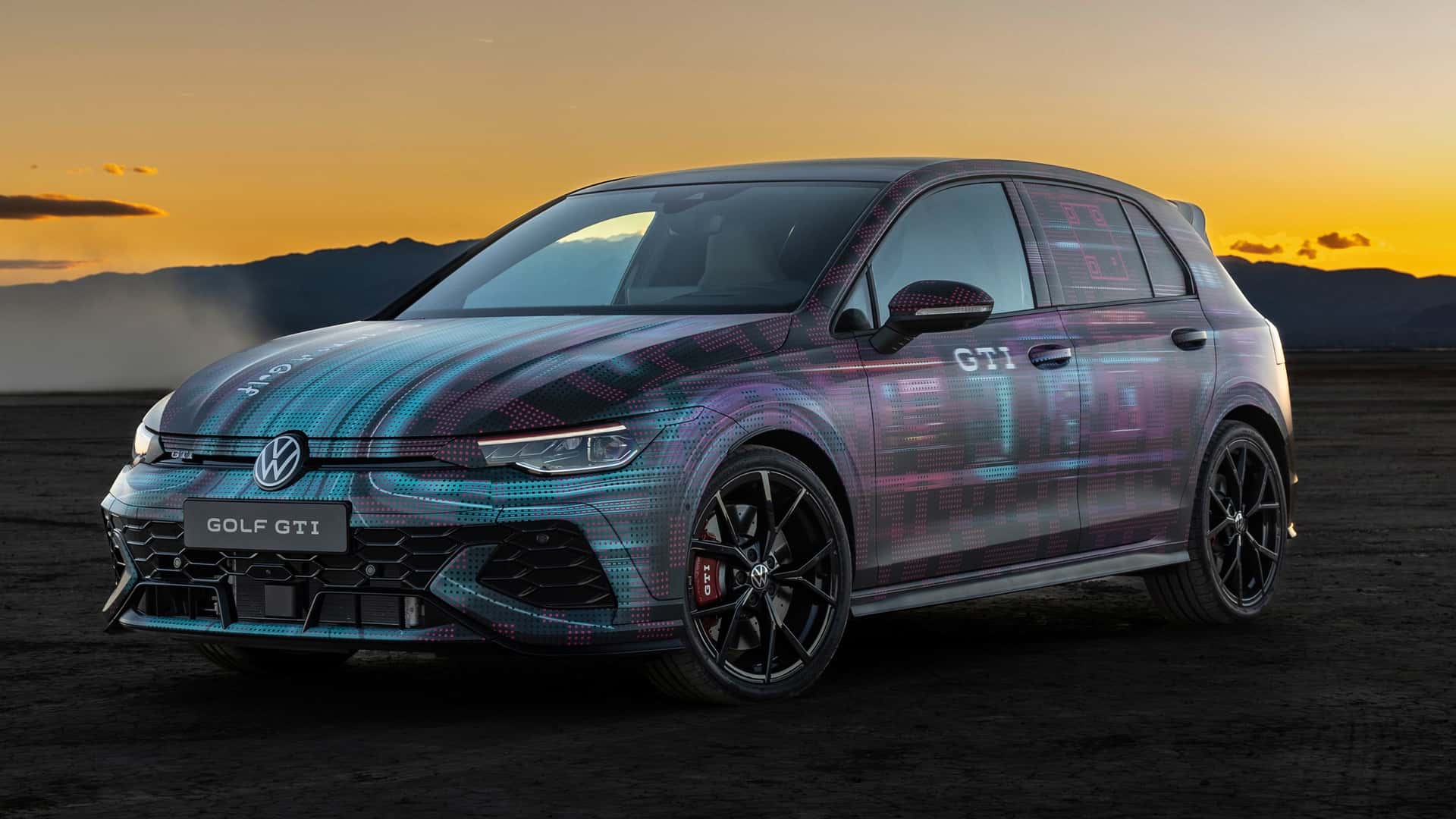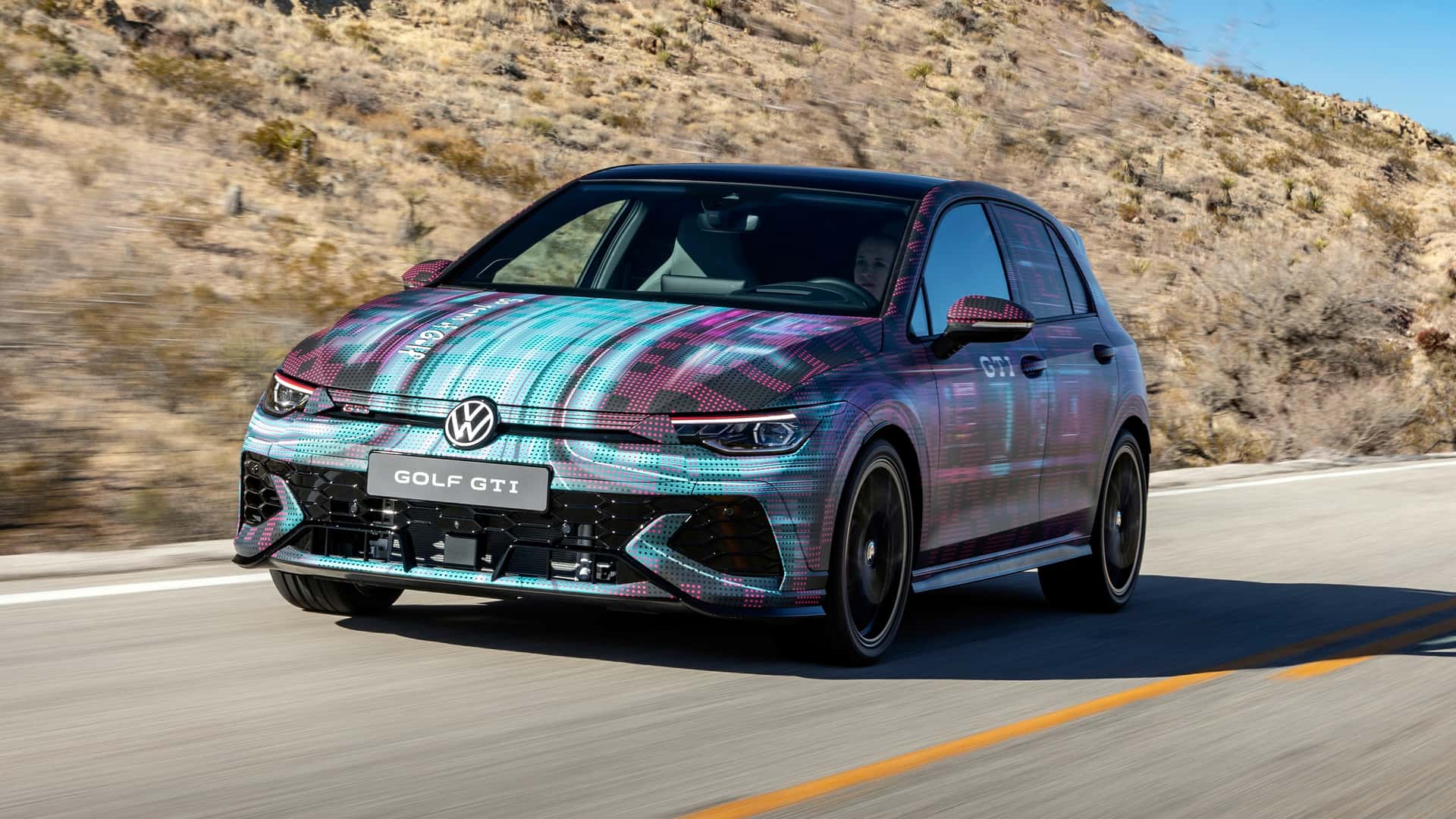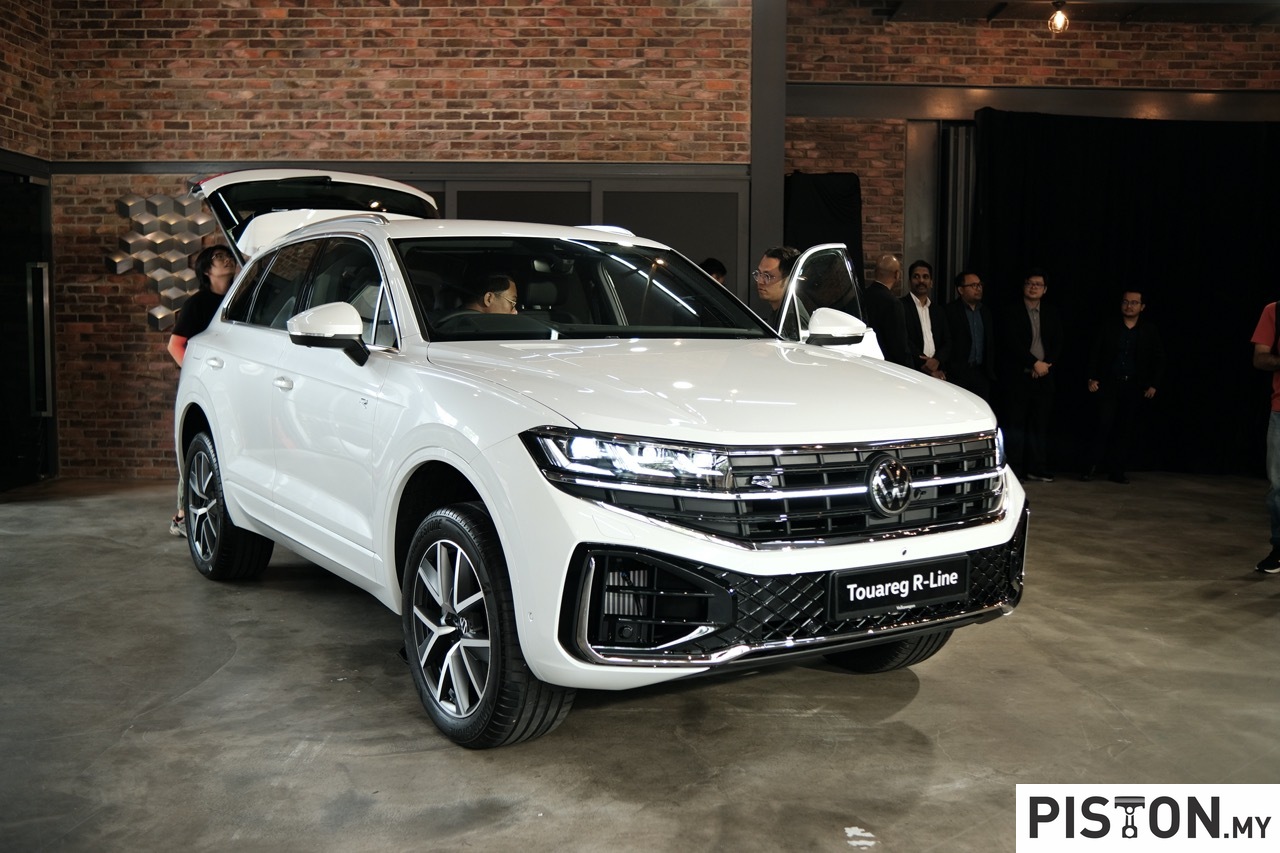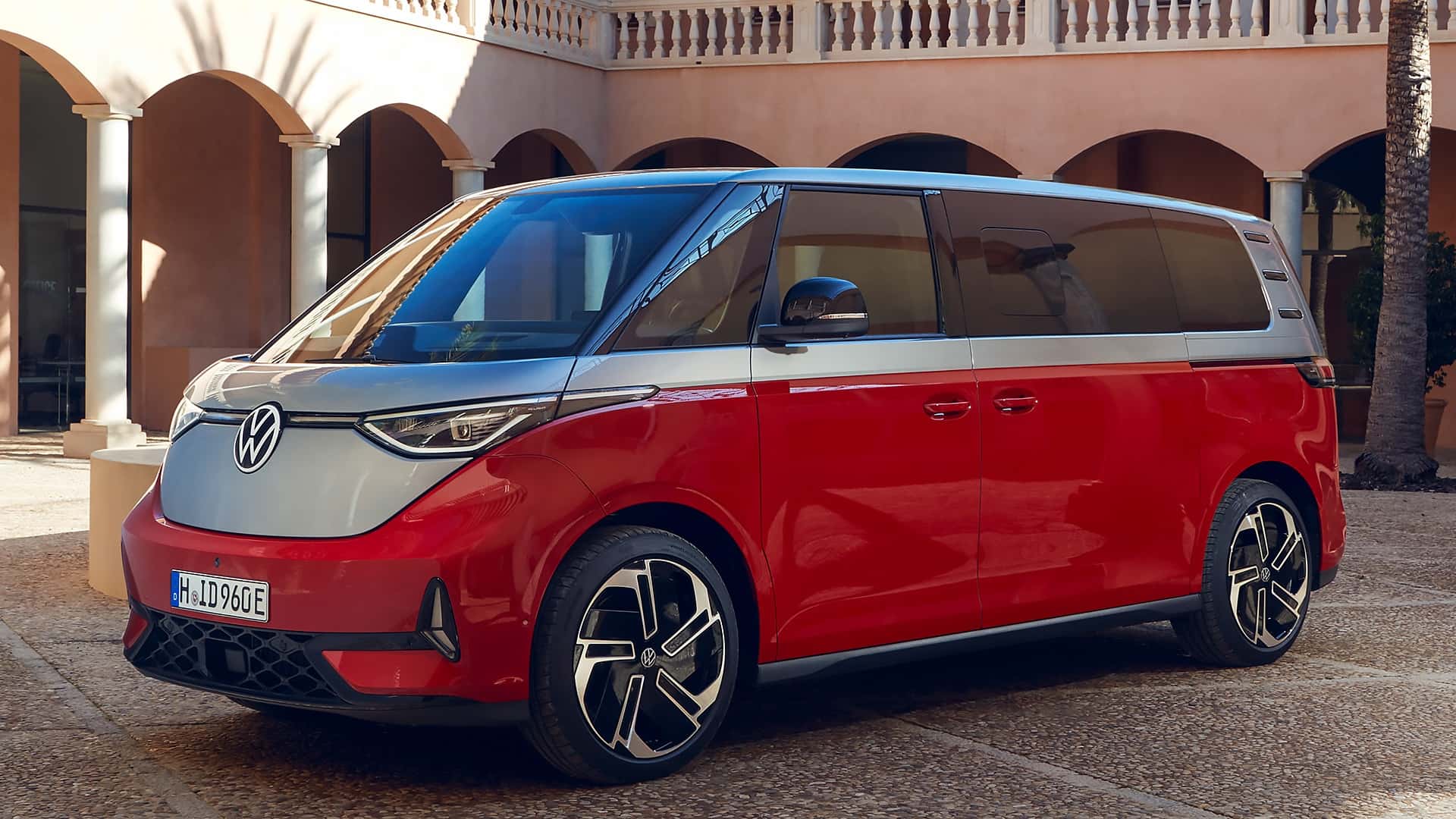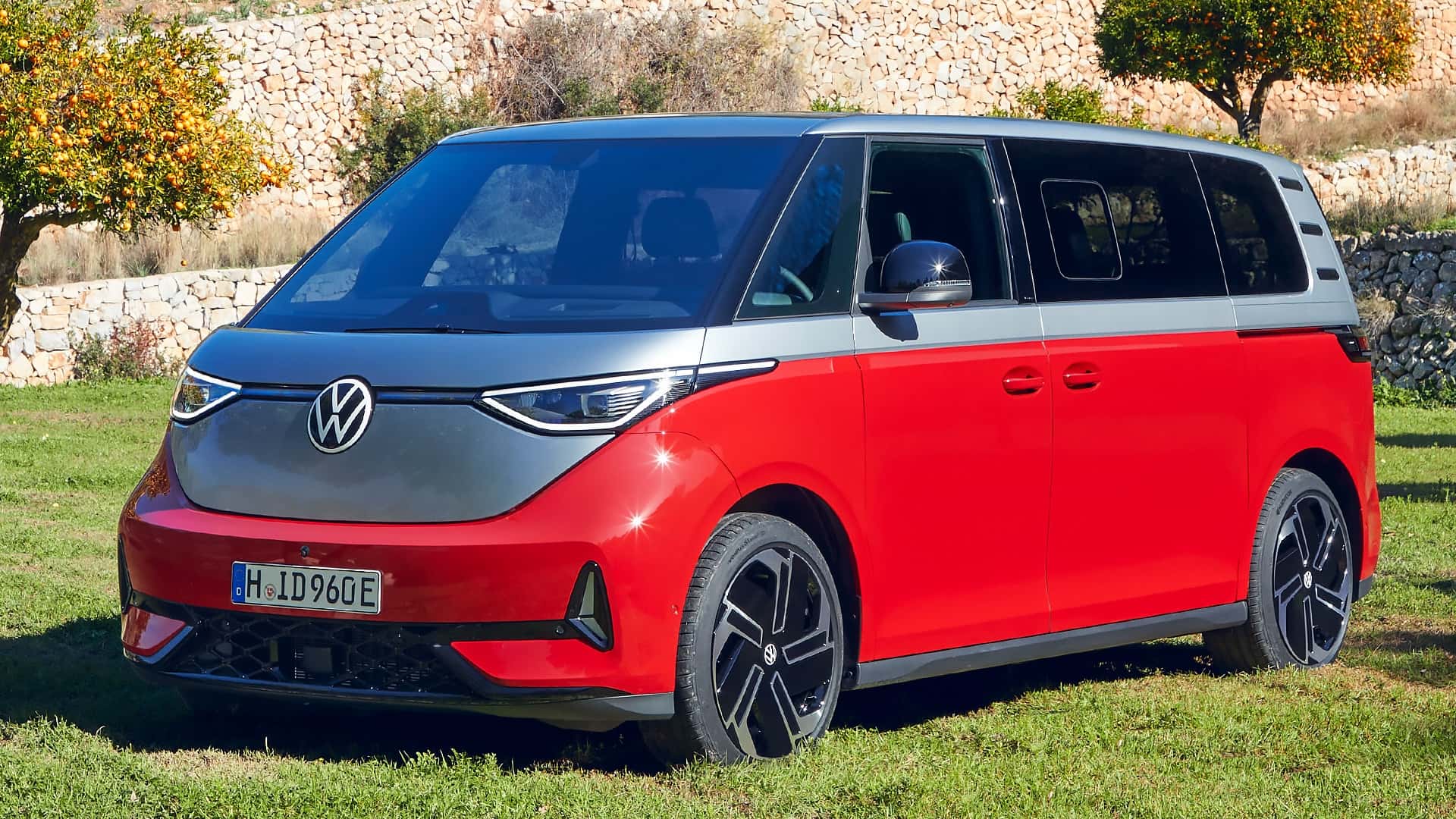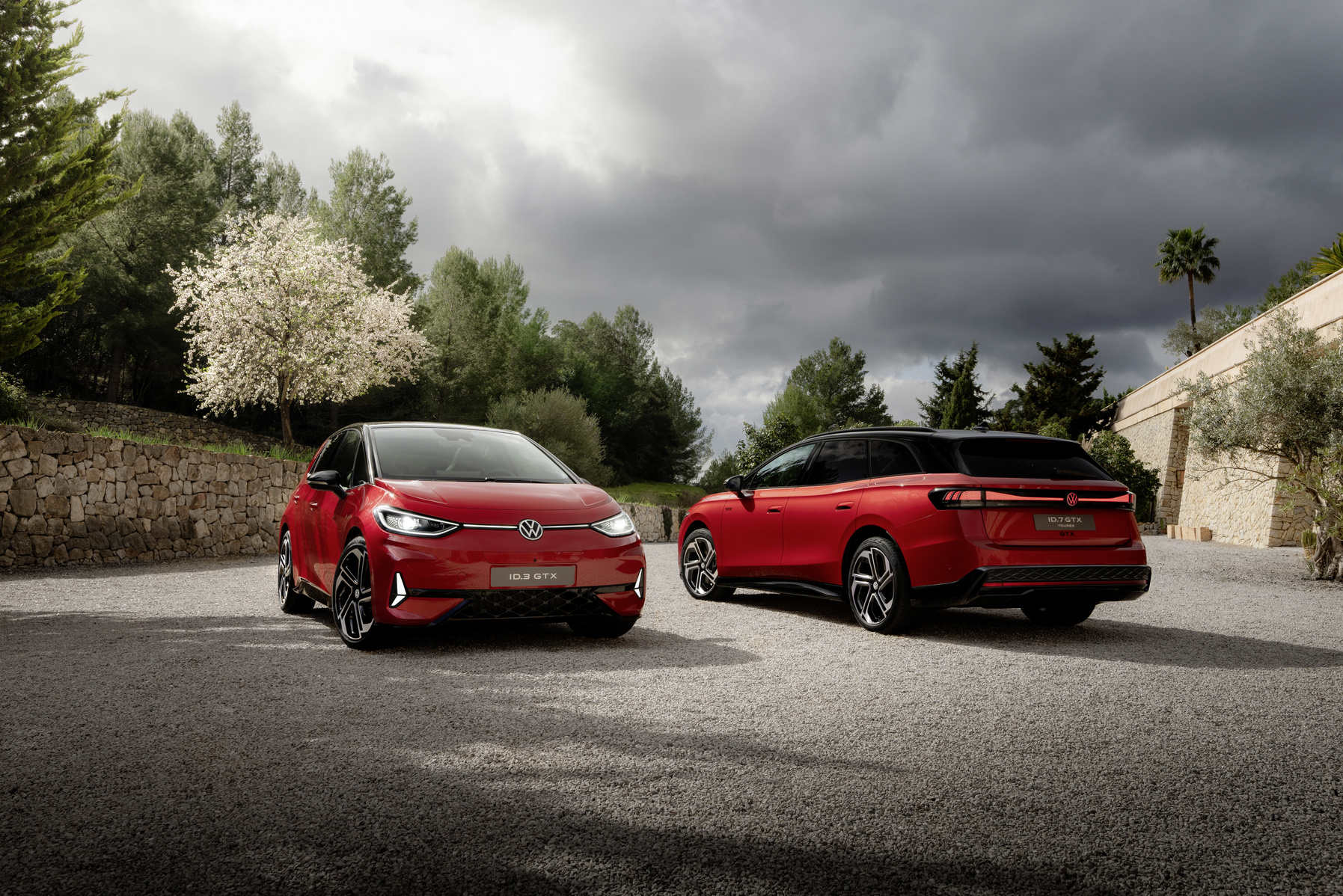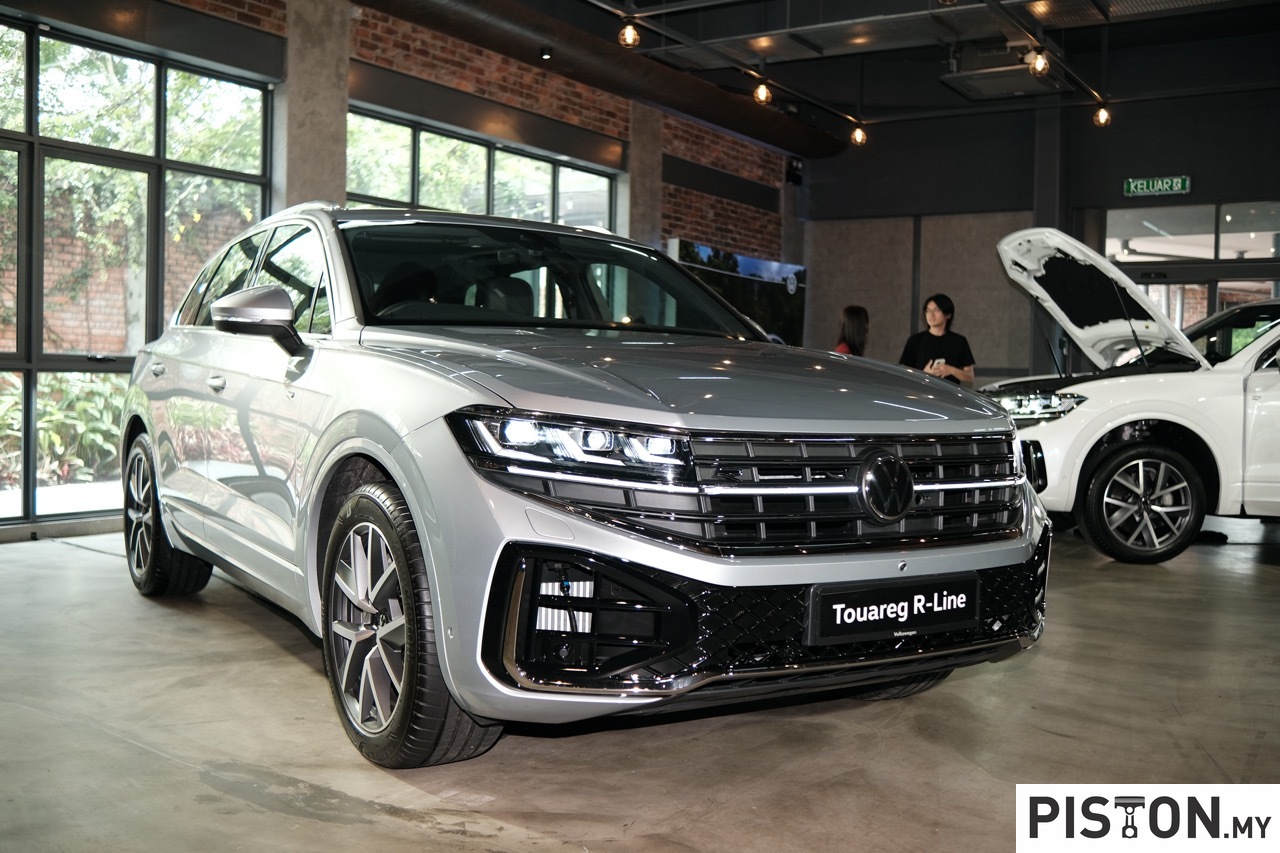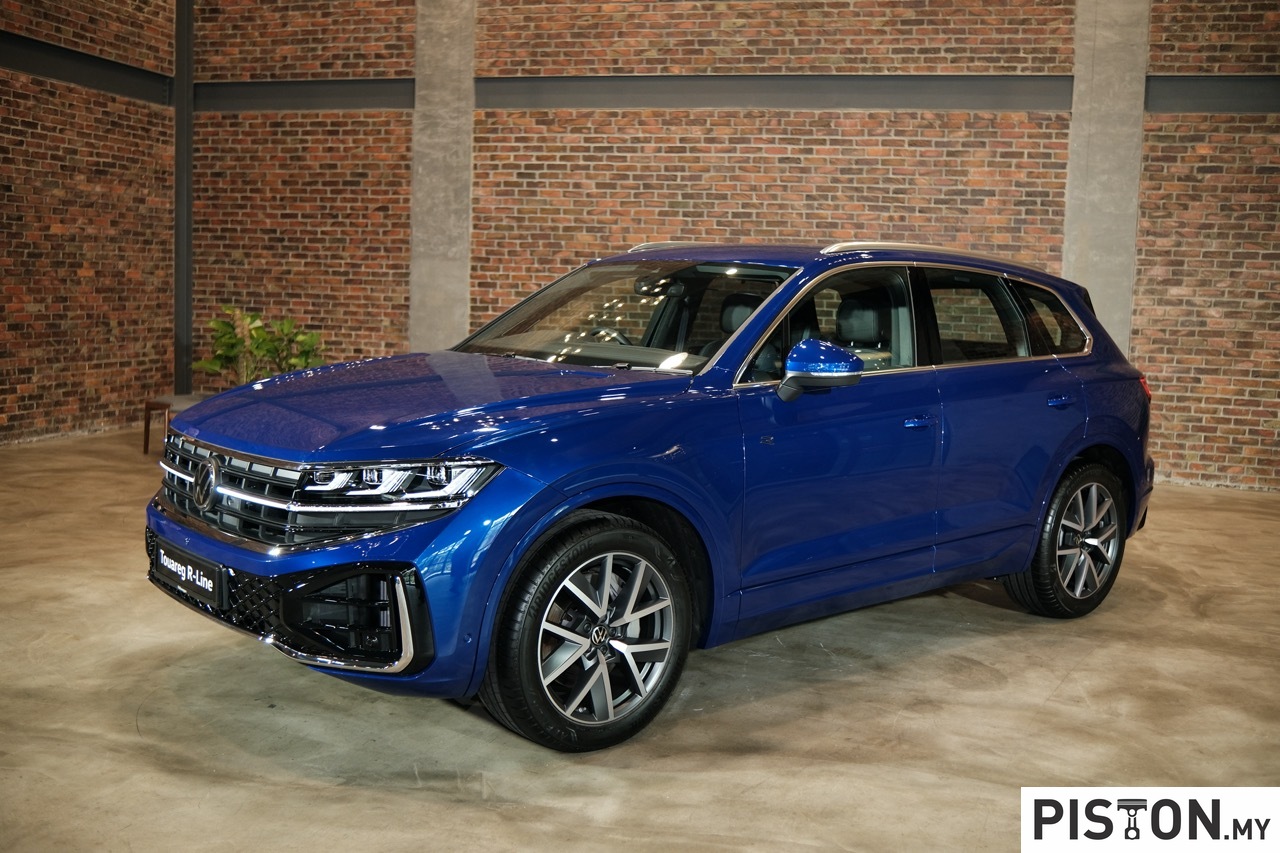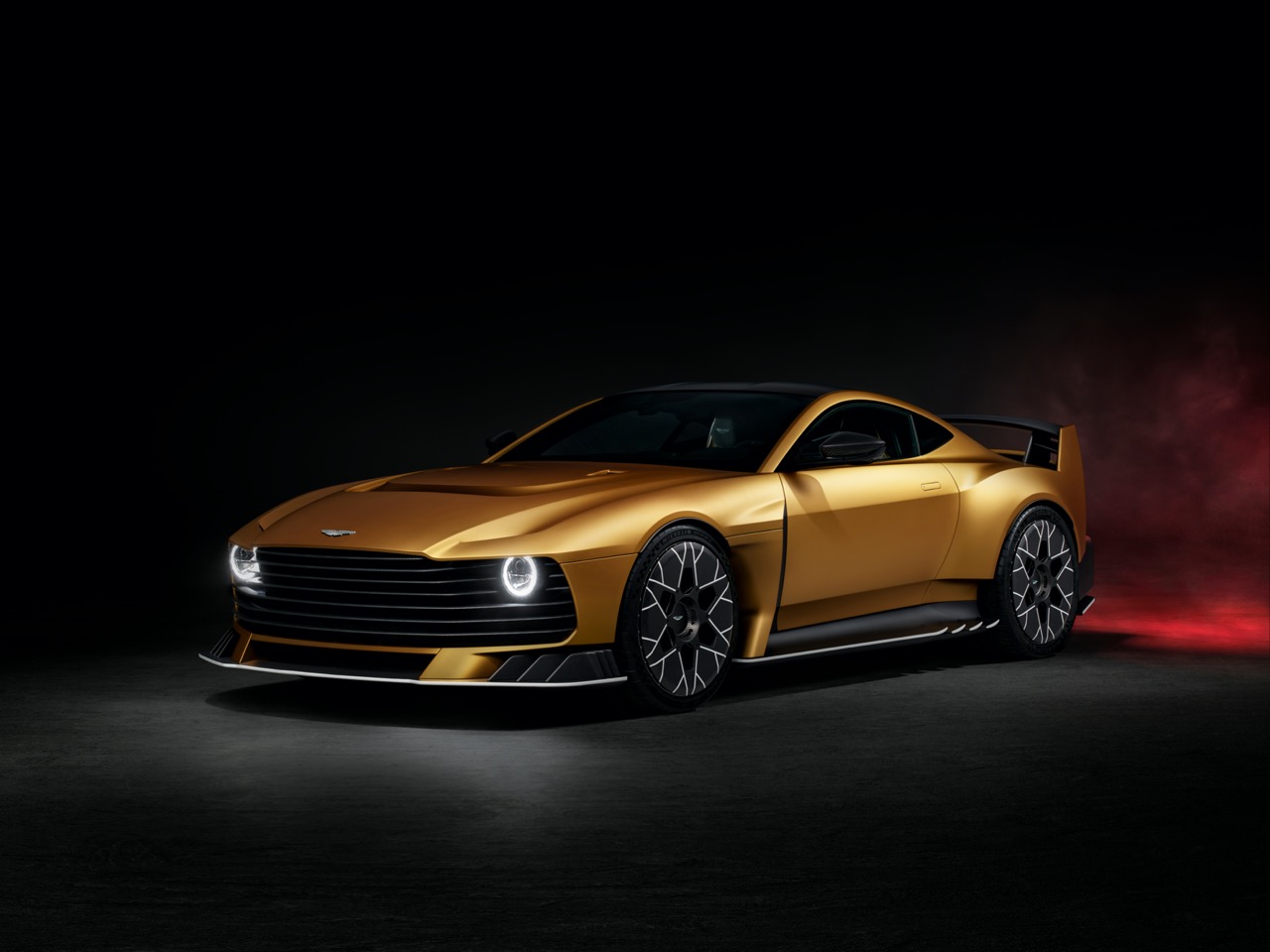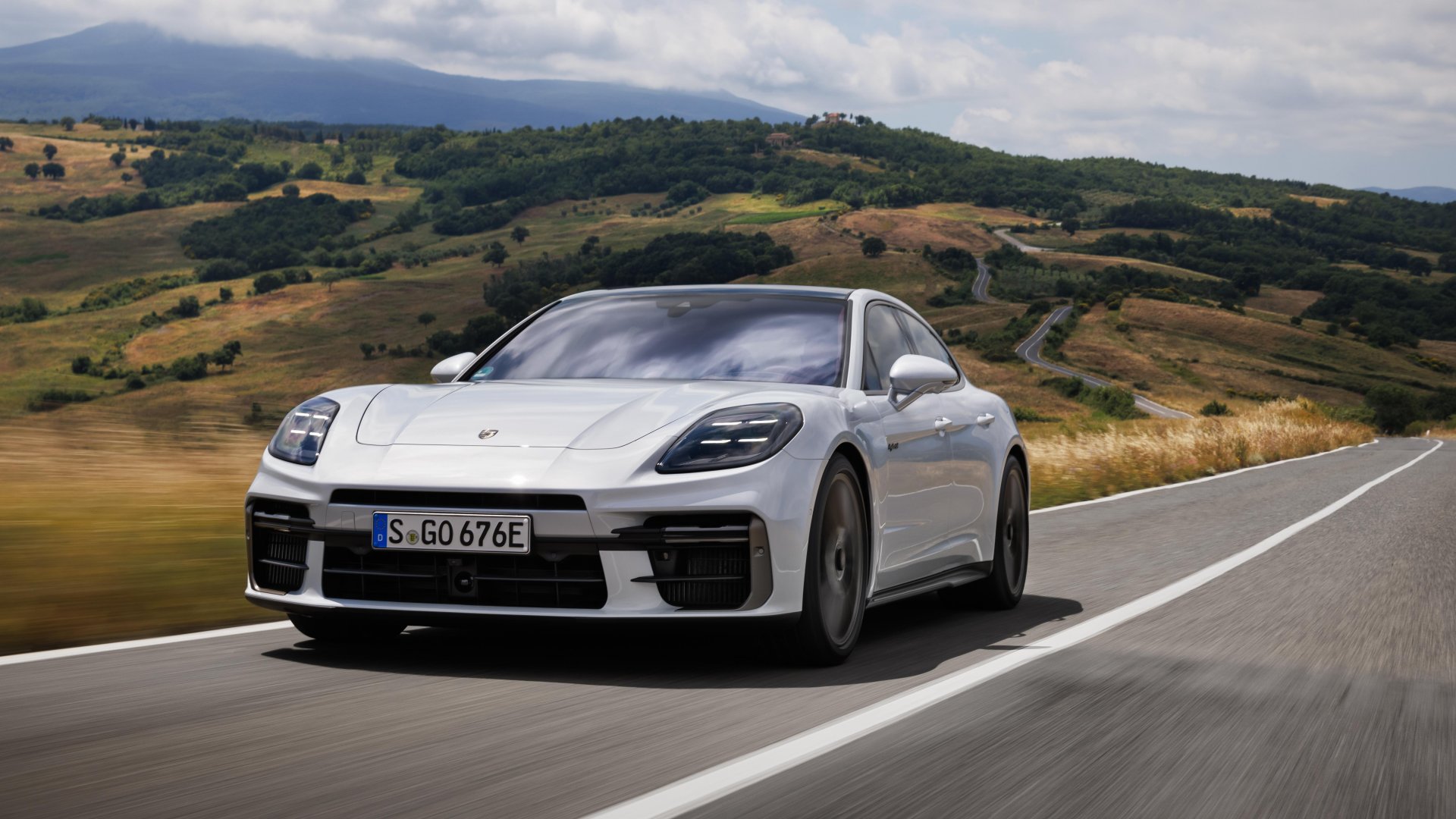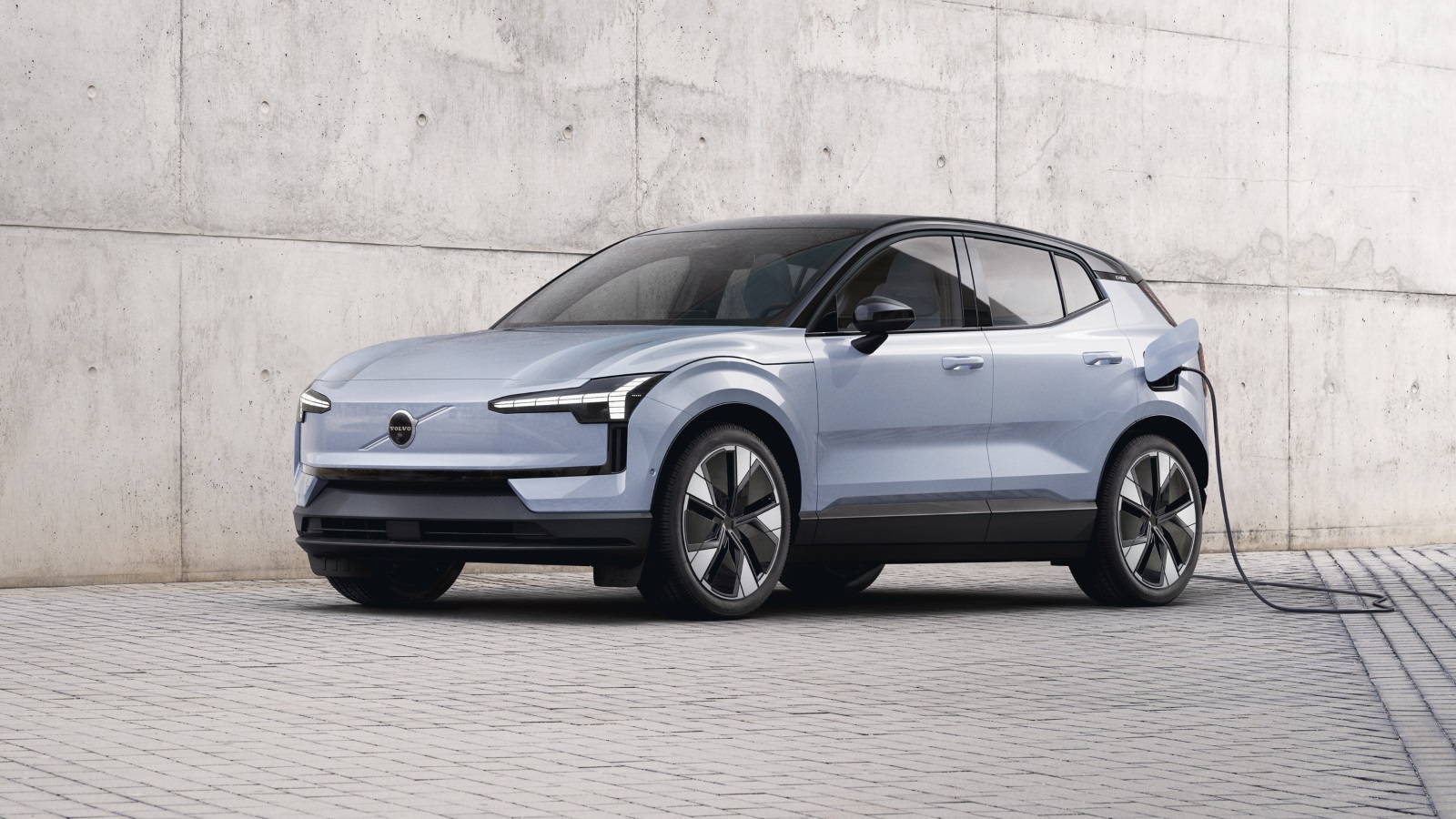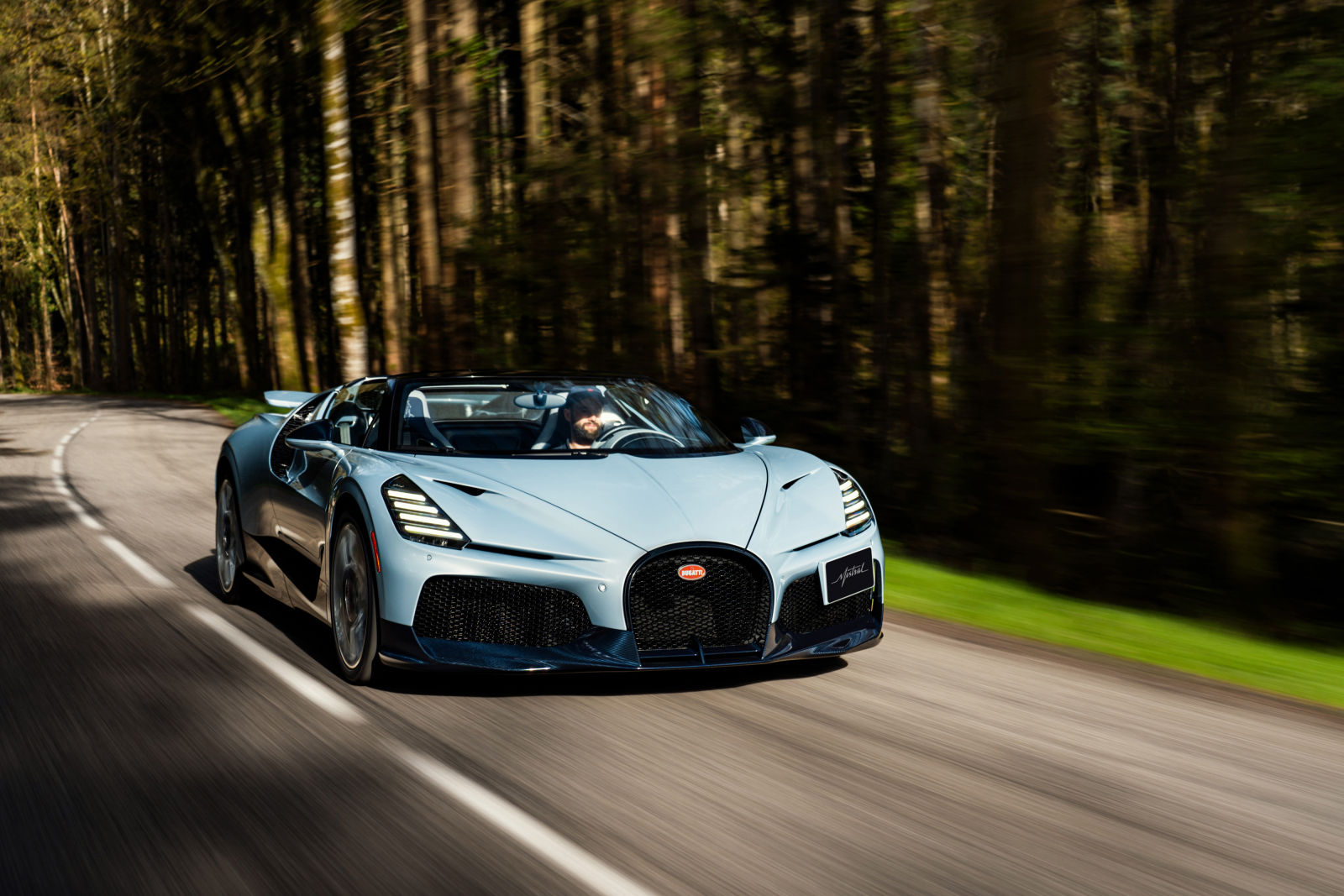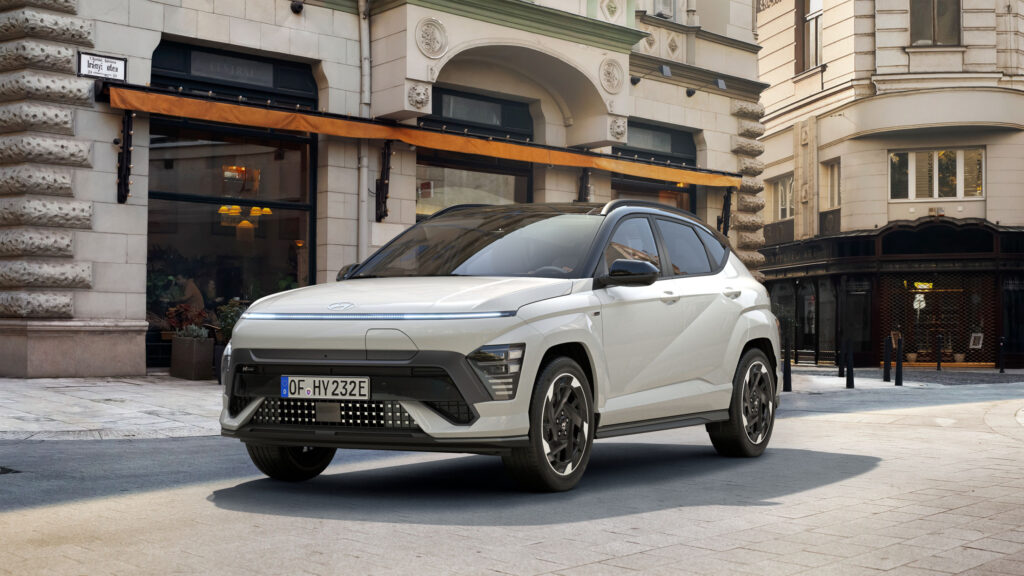When the second generation of the Volkswagen Tiguan was launched around 6 years ago, there were two body versions – short wheelbase with 2-row seating and long wheelbase with 3-row seating. Initially, it was thought that the 3-row version was for China where extended bodies are preferred but it turned out that the longer Tiguan, known as the Tiguan Allspace, is offered globally as well.
The Tiguan Allspace has become a success story for Volkswagen as around 1.5 million units were sold worldwide, and this version accounts for 55% of all Tiguan production. With SUVs being popular, Volkswagen Passenger Cars Malaysia (VPCM) chose the model to add to its locally-assembled range with the completely knocked-down (CKD) kits coming from the global production hub in Mexico.
With the addition of the Allspace version, VPCM decided to stop assembling the 2-row version and now has two offerings – the Tiguan Allspace Elegance and R-Line 4MOTION. Both have been updated for 2022 with cosmetic changes and upgrades within. They are priced at RM174,745.68 and RM219,443.59, respectively, without insurance and with full exemption of sales tax (until June 30, 2022).
The overall form of the Tiguan Allspace remains recognizable but up front is a redesigned grille flanked by slimmer headlamps. The headlamps are LED units and said to have wider light distribution to better illuminate the sides of the road. The headlamps also include an all-weather light system and dynamic cornering function.
Like the front, the rear lights also use LEDs, with dynamic turn indicators typically found on premium models these days. The taillight cluster with a distinctive lighting signature puts on an interesting ‘show’ (Click-clack effect) when braking.
Other changes include redesigned bumpers and the signature LED illuminated light strip. Sharp-eyed observers will also notice that the brand logo is new, the result of what was said to be one of the world’s largest rebranding campaigns carried out in 2019 and 2020. The logo is reduced to its essential elements and has a new design that is flat and two-dimensional.
Plush and functional space for 7
Inside the new Tiguan Allspace is a plush and functional interior for 7 persons. Seats are all wrapped in Vienna leather with the addition of active climate 12-way adjustable seats at the front. The 11.7-inch Digital Cockpit has been improved and offers customizable displays on a TFT colour panel with resolution comparable to a premium smartphone.
The driver can operate and manage numerous functions from the multifunction sports steering wheel which has haptic-touch controls (needs a bit of getting used to). However, for more intuitive operation, there are upgrade knobs and buttons on the dashboard to adjust the air-conditioning systems. The shifter panel display has also been redesigned and gear positions are shown on the interface with illumination to highlight which gear is engaged.
Around the cabin, 30-colour ambient lighting is provided with light strips extending across the doors, creating a contemporary and personalised atmosphere to suit any driving modes, occasions, or moods. Newly added is the Easy Open and Easy Close feature that enables handsfree opening and delayed closing of the tailgate. The cargo volume can be expanded to 1,775 litres by folding down the rear backrests.
The infotainment system has also been upgraded to a new generation 9.2-inch Discover Pro unit. It now supports wireless Apple CarPlay and Android Auto, and includes a navigation system as well as accepts voice commands. For the Tiguan Allspace R-Line, there is an additional Off-road display to provide information when this driving mode is selected. Also exclusively for the R-Line 4MOTION is the premium Harman Kardon 480W audio system with 10 speakers.
2-litre and 1.4-litre powertrains maintained
Technically, the powertrains are unchanged with the Elegance version having a 1.4-litre TSI turbocharged engine and 6-speed DSG (150 ps/250 Nm) and only front-wheel drive, while the R-Line 4MOTION uses the 2-litre TSI turbocharged engine and 7-speed DSG (220 ps/350 Nm). Power is transferred to all four wheels via the all-wheel drive system.
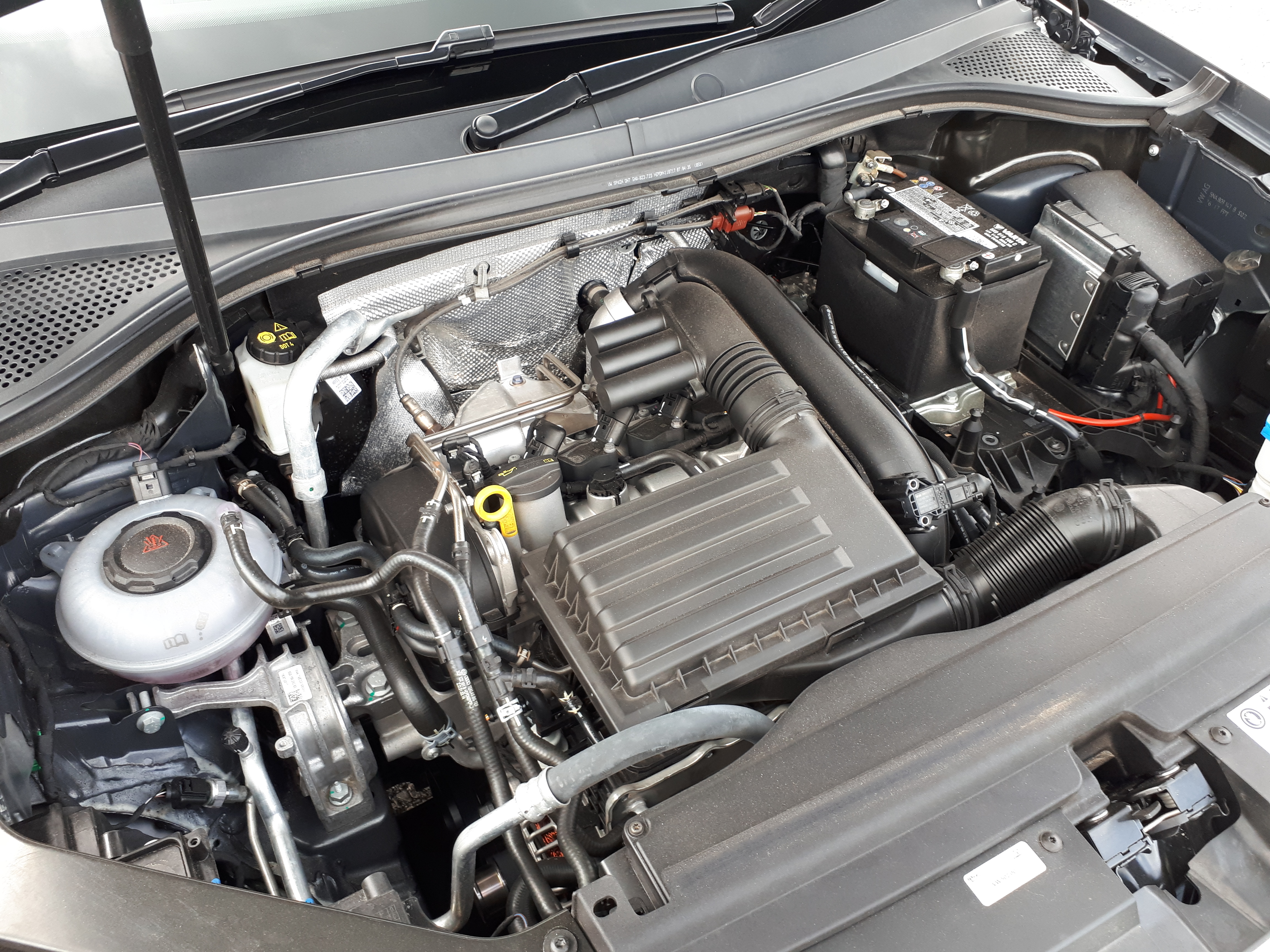
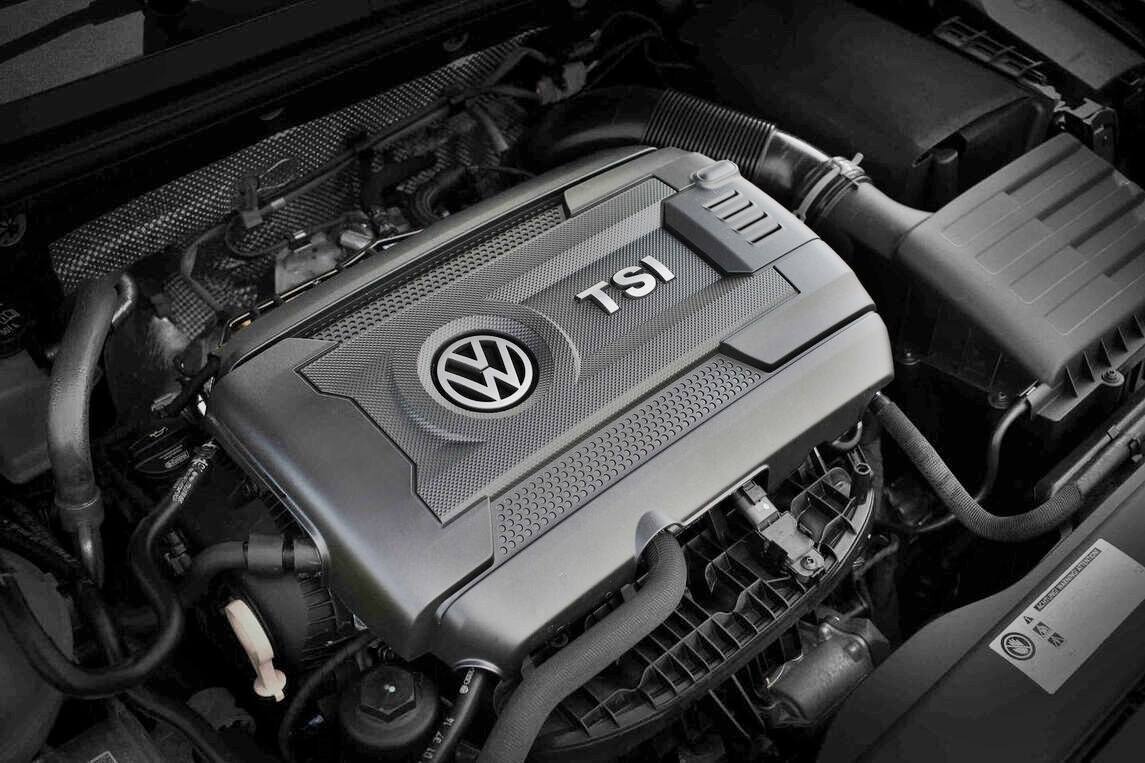
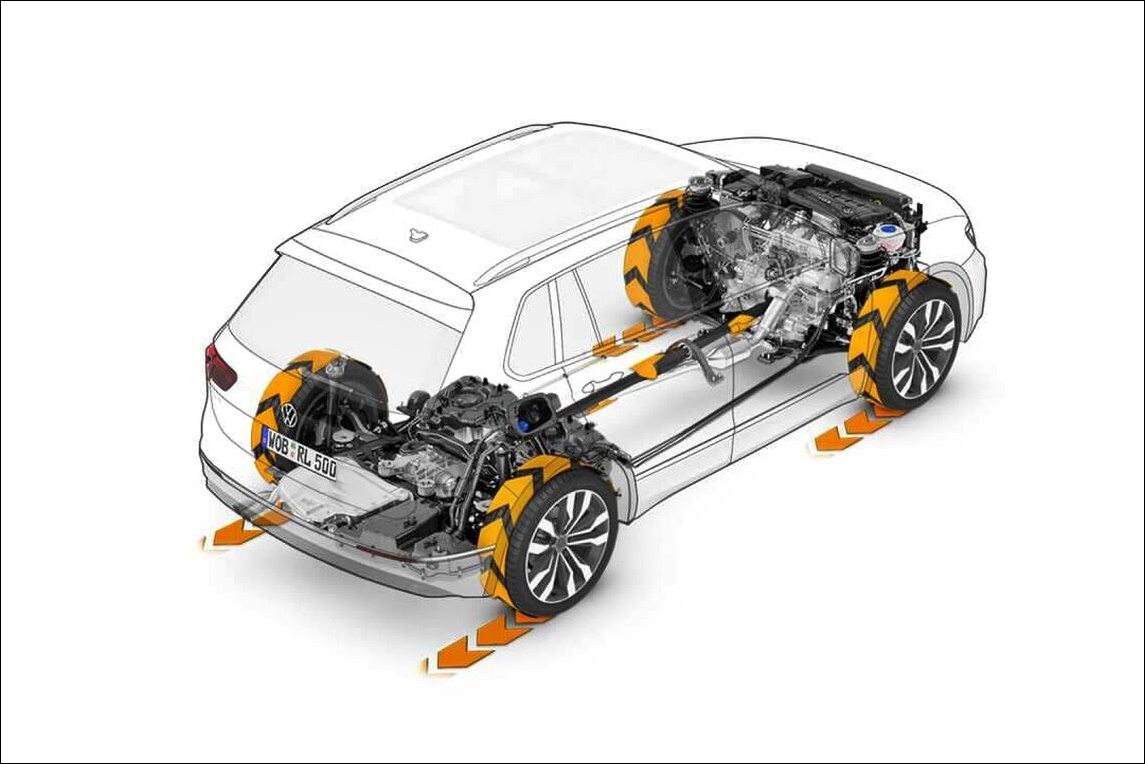
The Tiguan comes with Dynamic Chassis Control for more personalised settings for driving behaviour, and there are 4 additional modes as part of the 4MOTION system – On-road, Off-road, Off-road Expert, and Snow. It is also fitted with progressive steering for sharper and more precise maneuvering.
Volkswagen pays a lot of attention to safety and would be right up there with other global brands. But unusually, the Tiguan doesn’t seem to have an integrated active system package that usually includes autonomous emergency braking. It does, however, come with a Lane Assist system which helps to keep the SUV within its lane. If it starts to move out of the lane, a gentle steering force will guide it back.
Nevertheless, all the other usual active safety systems like ABS, and stability control which works with the advanced Electronic Differential Lock (XDS). 6 airbags are also installed in the front and sides of the cabin and ISOFIX childseat points are provided in the front passenger’s seat as well as the rear seats.
The new Tiguans are now in authorized Volkswagen showrooms which have specific test-drive events this weekend. For those who do buy one, there’s a 5-year/unlimited mileage warranty, free scheduled maintenance for the first 3 years as well as complimentary roadside assistance for the first 5 years.
“SUVs are increasingly popular among Malaysians, and we see an opportunity for us to fill the gap in providing premium SUVs for the discerning. What we have in the Tiguan Allspace is an all-rounder that has more to give – more space, more performance, more value,” said Erik Winter, Managing Director of VPCM.
To know more about the new Tiguan Allspace or to locate a showroom, visit www.volkswagen.com.my.
Review: 5 Reasons You Should Get The VW Tiguan Allspace R-Line





